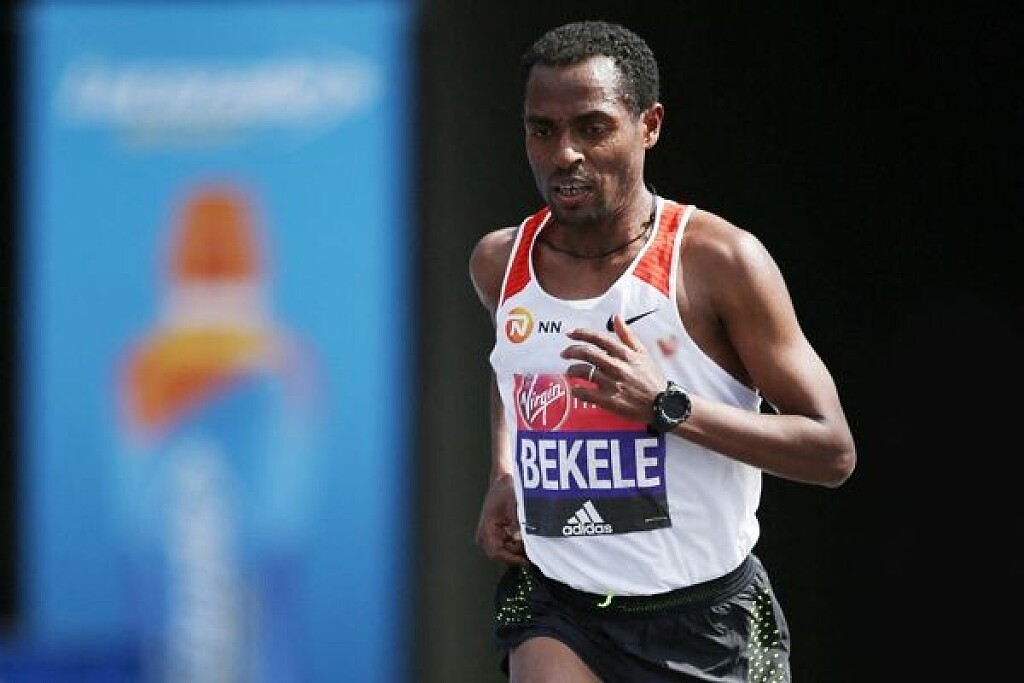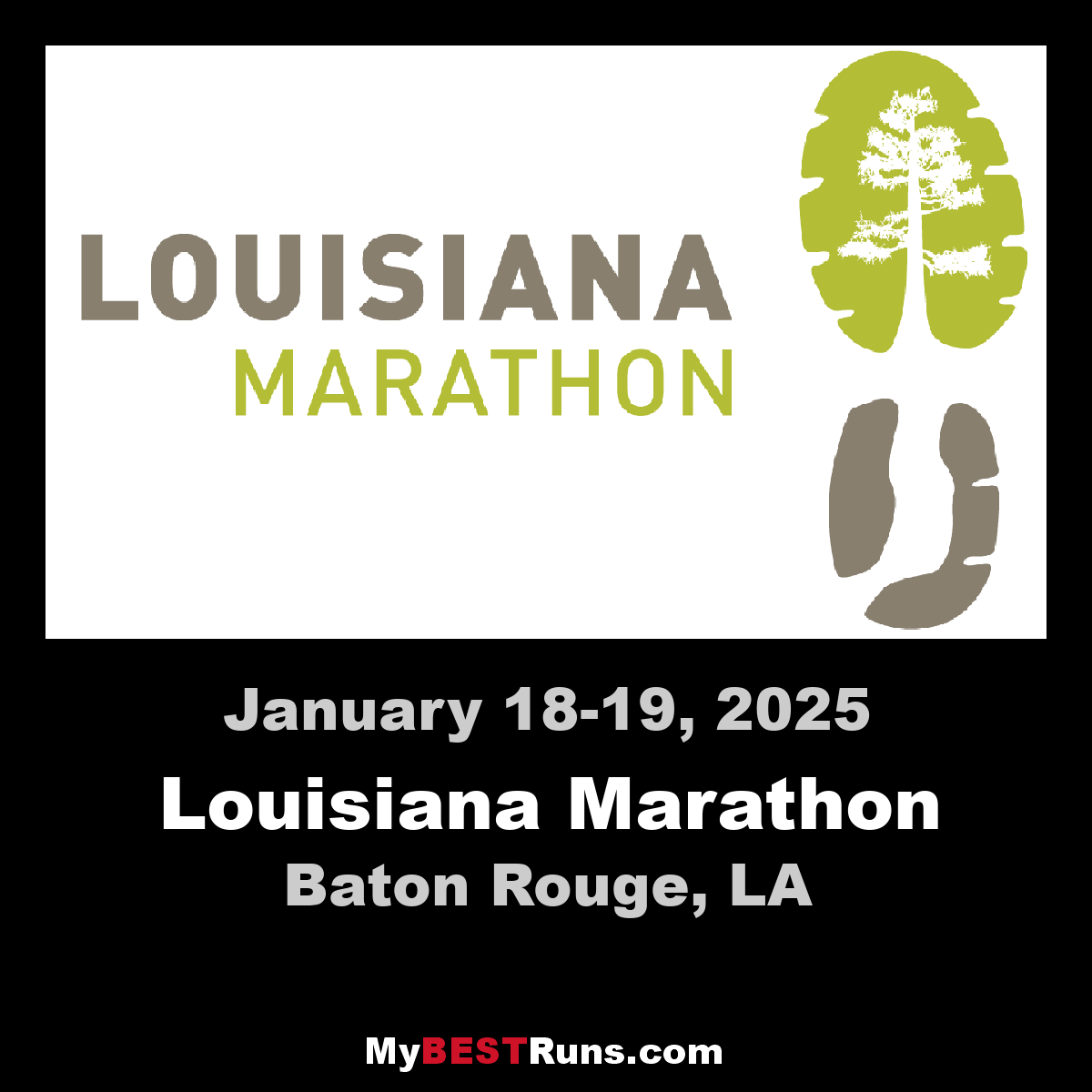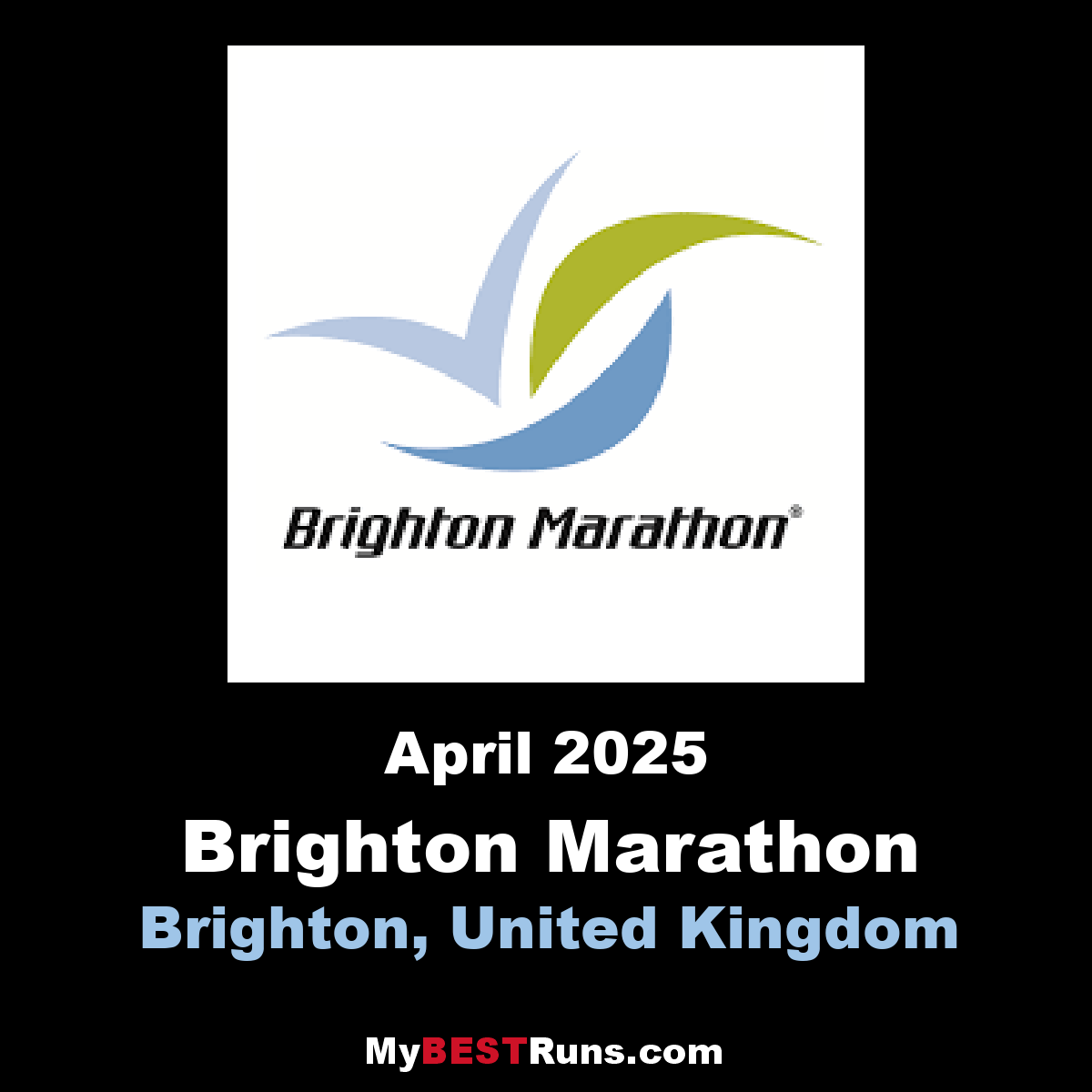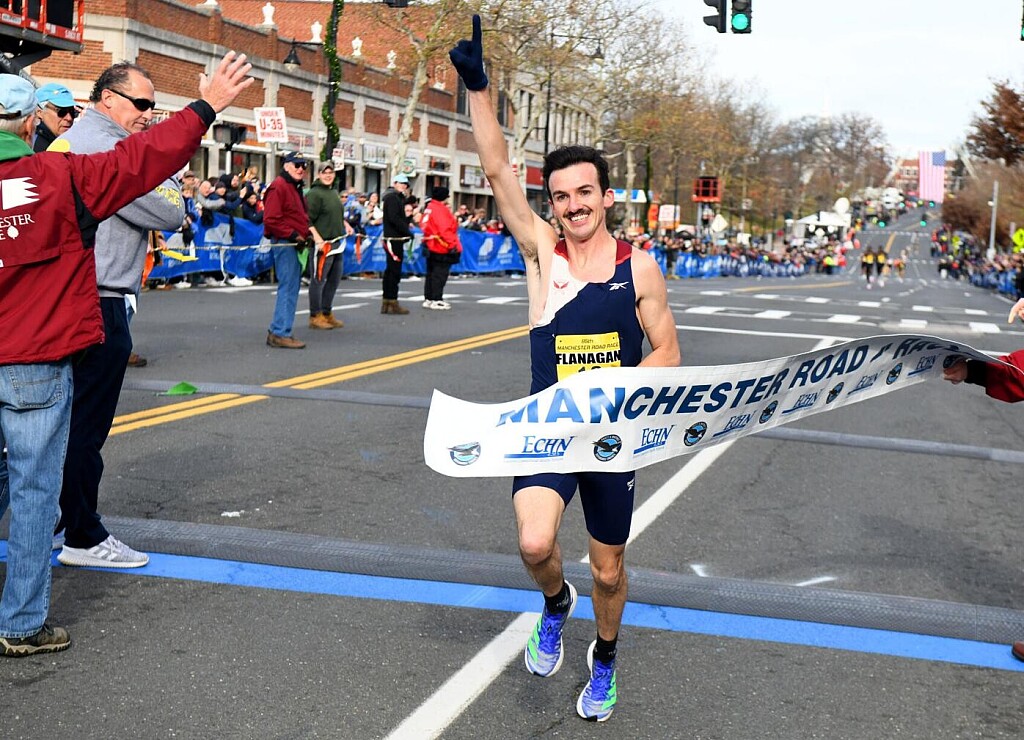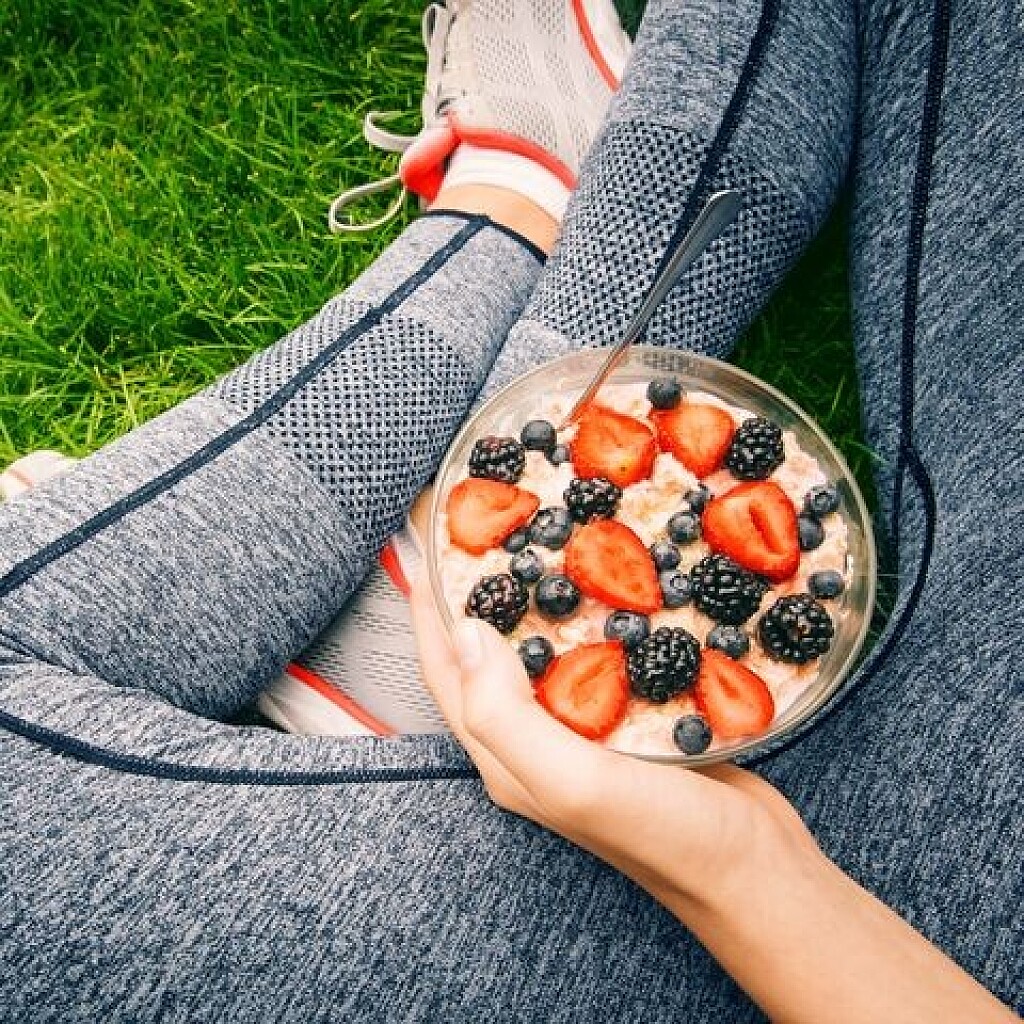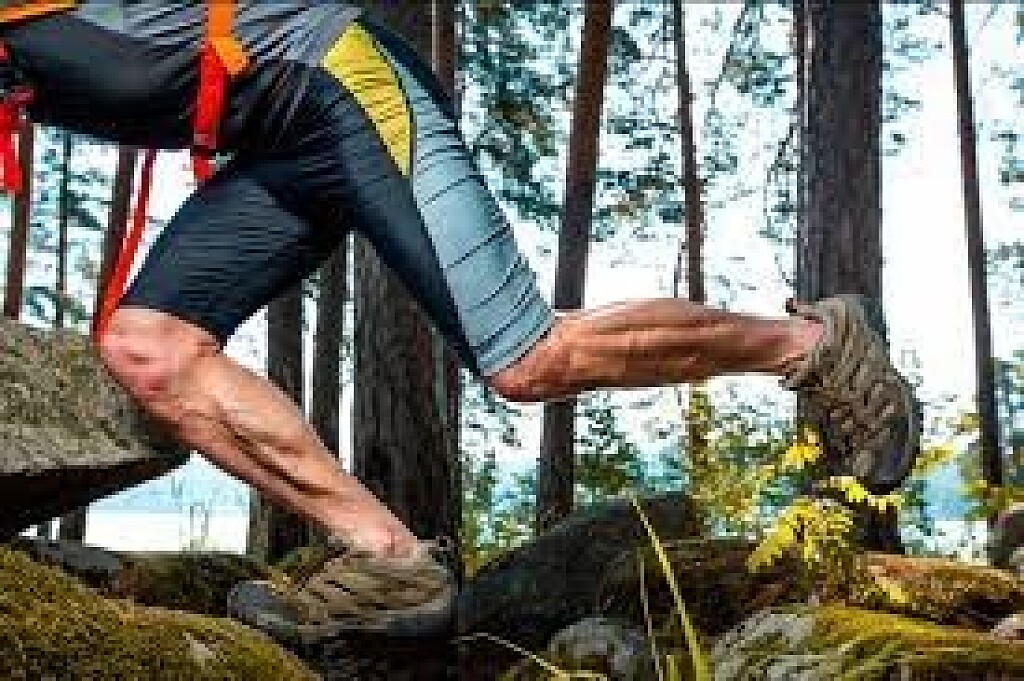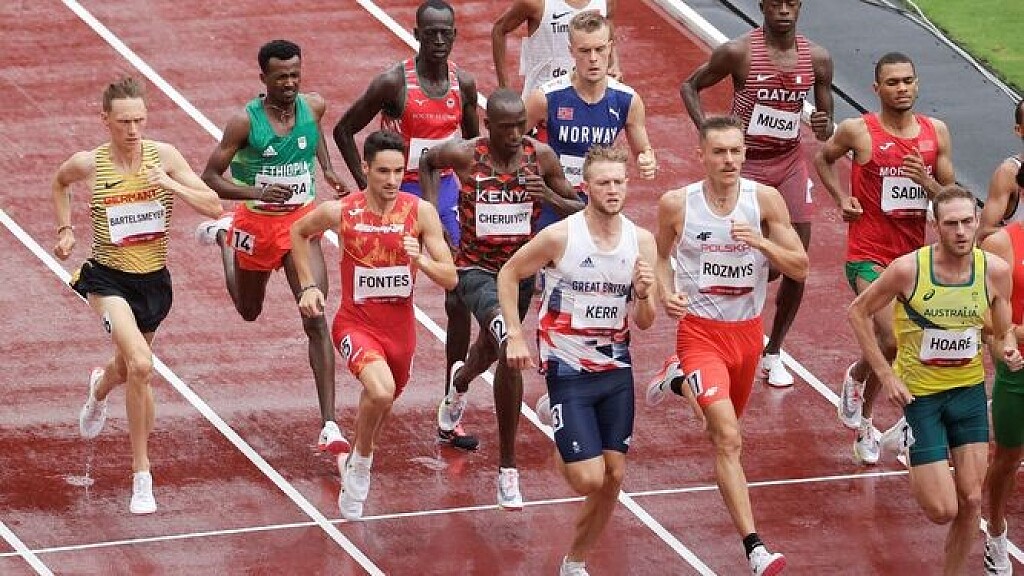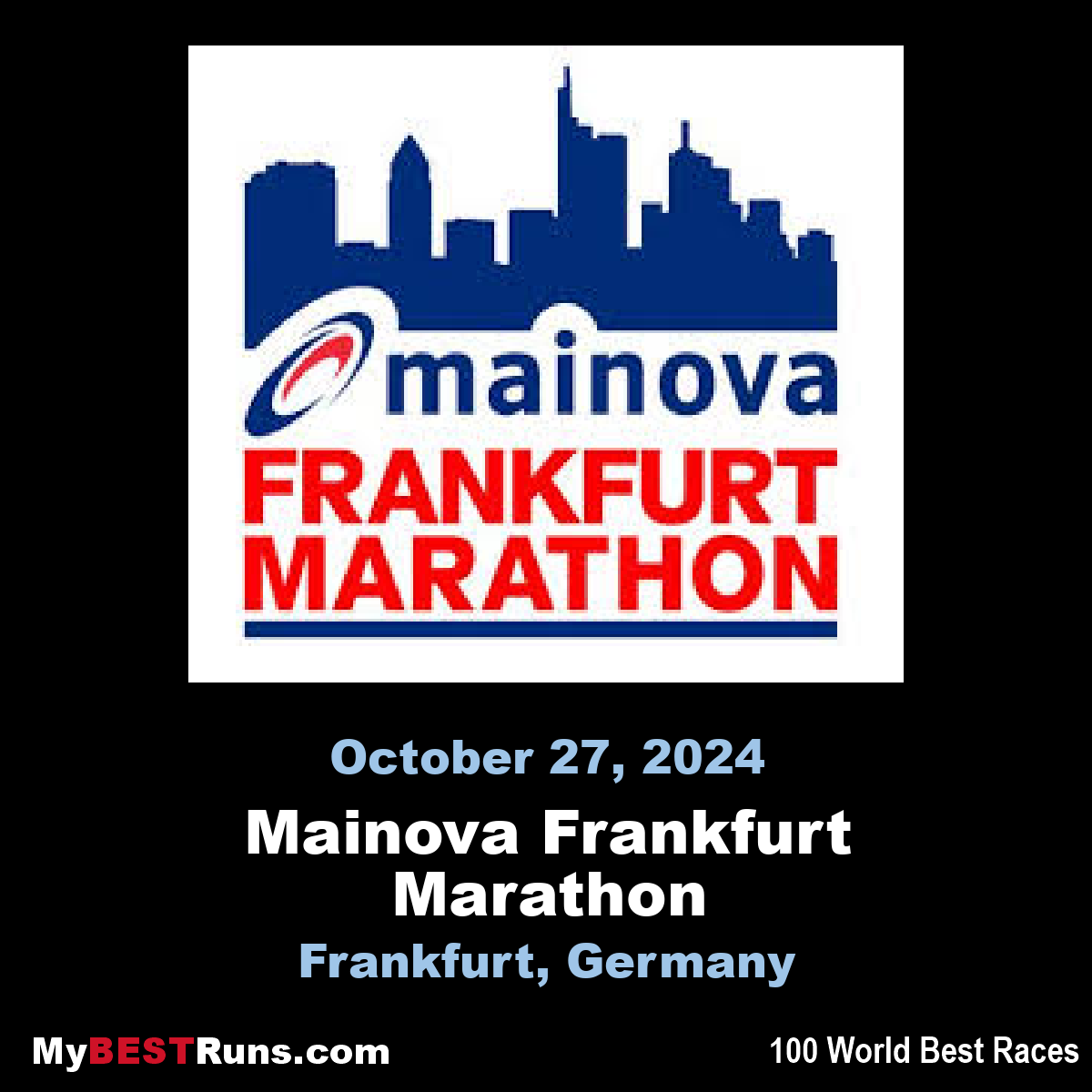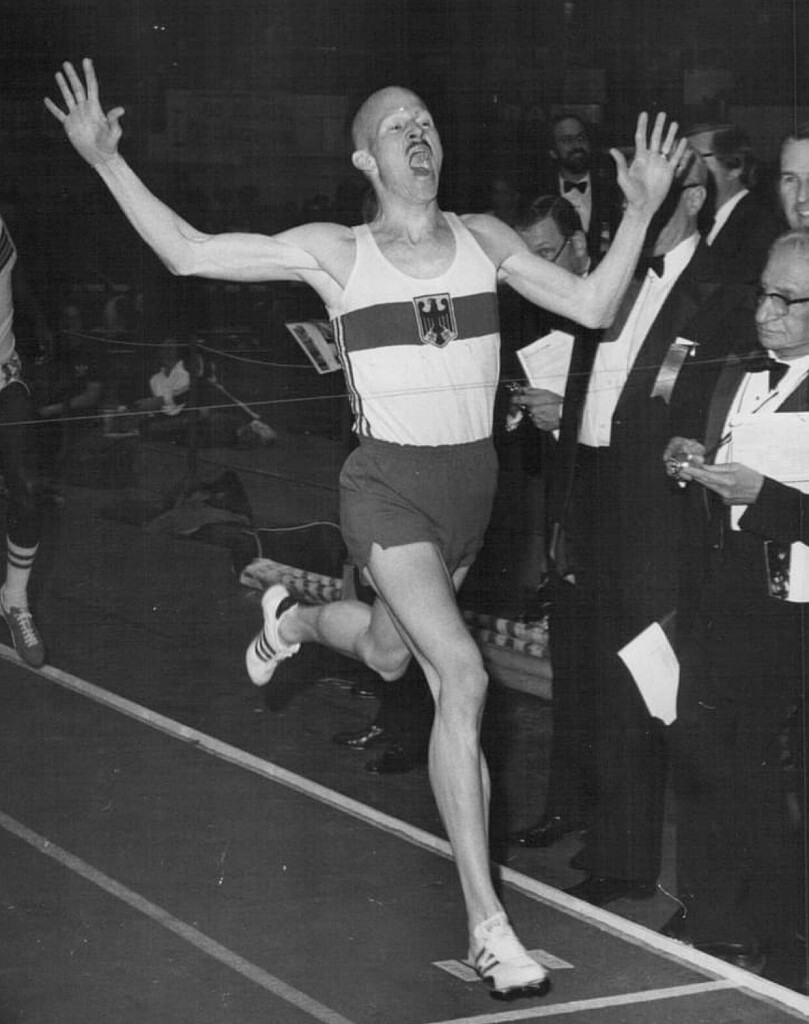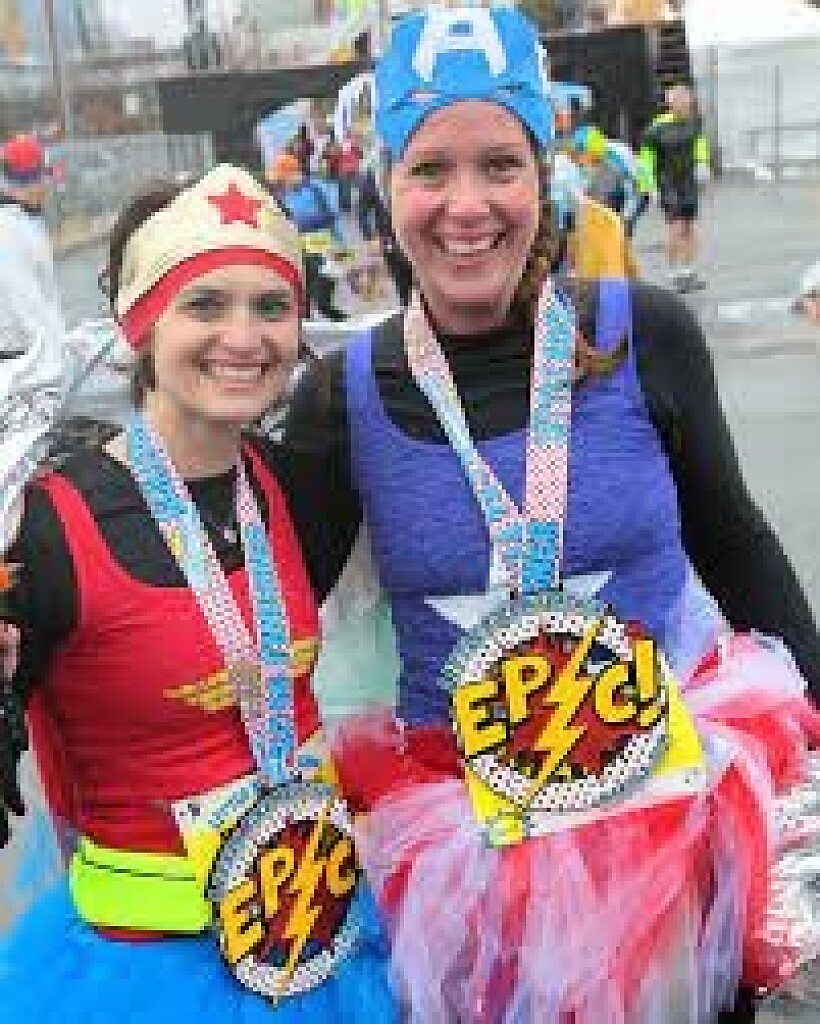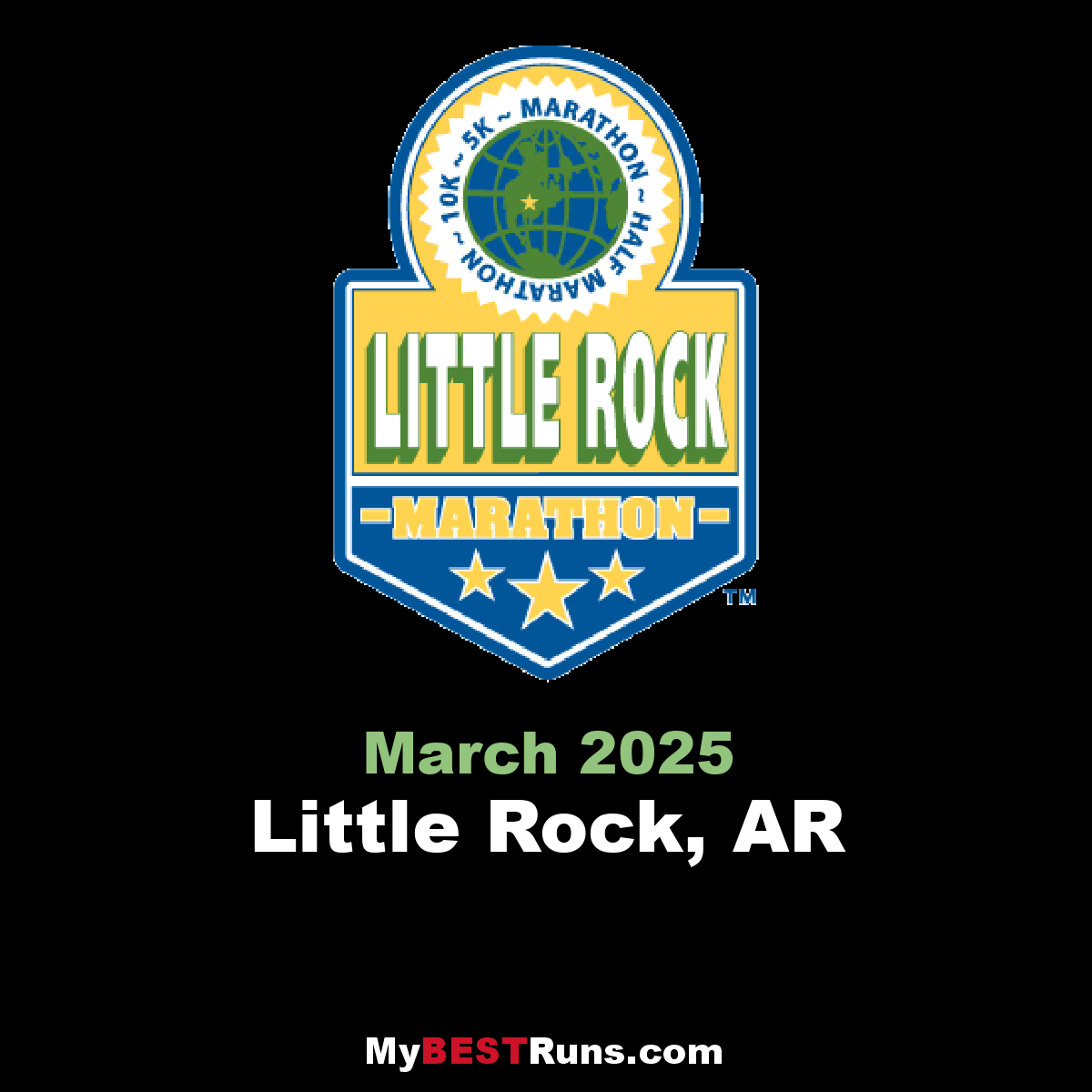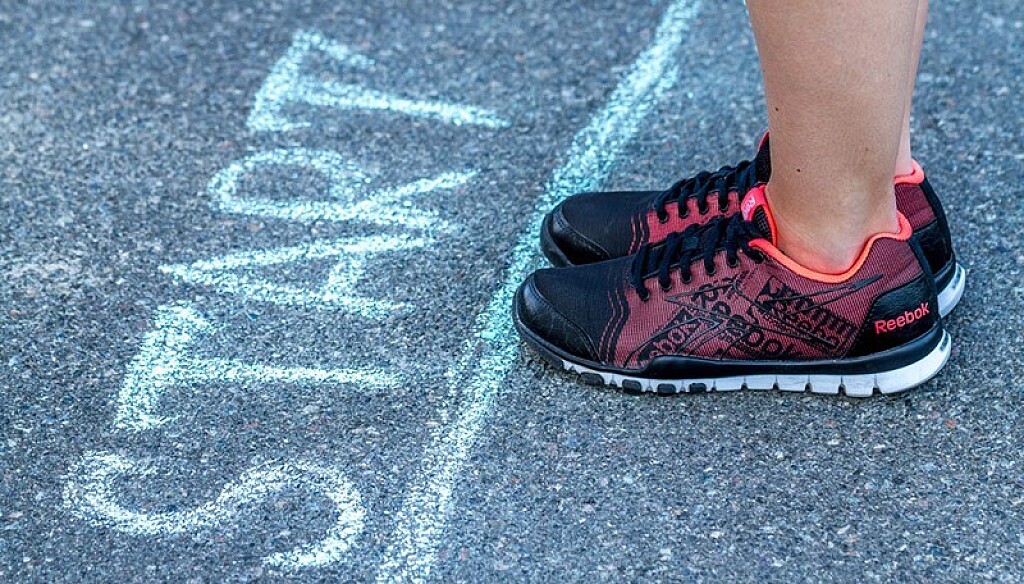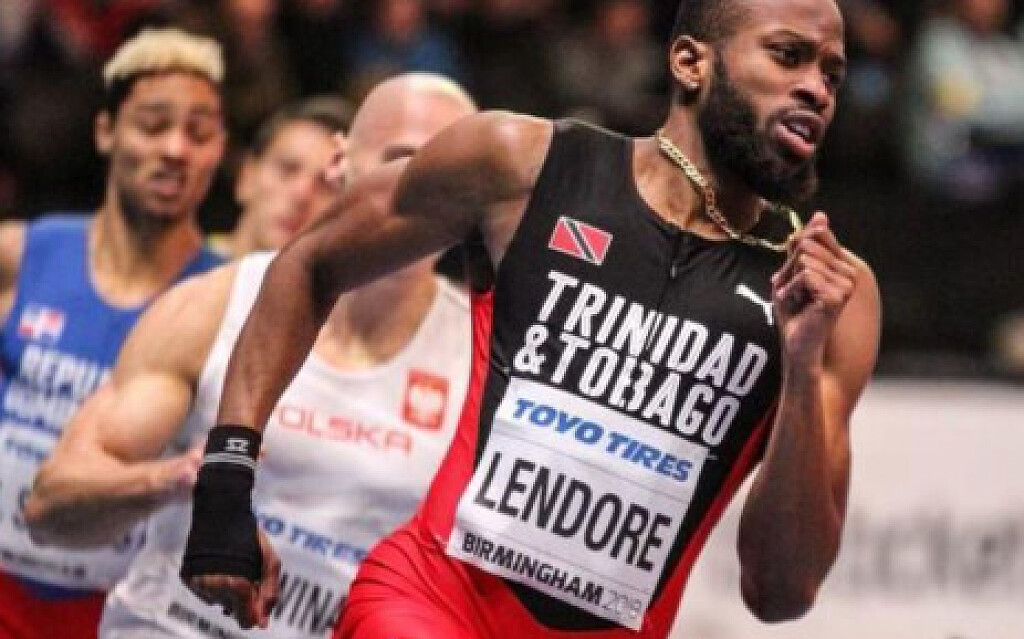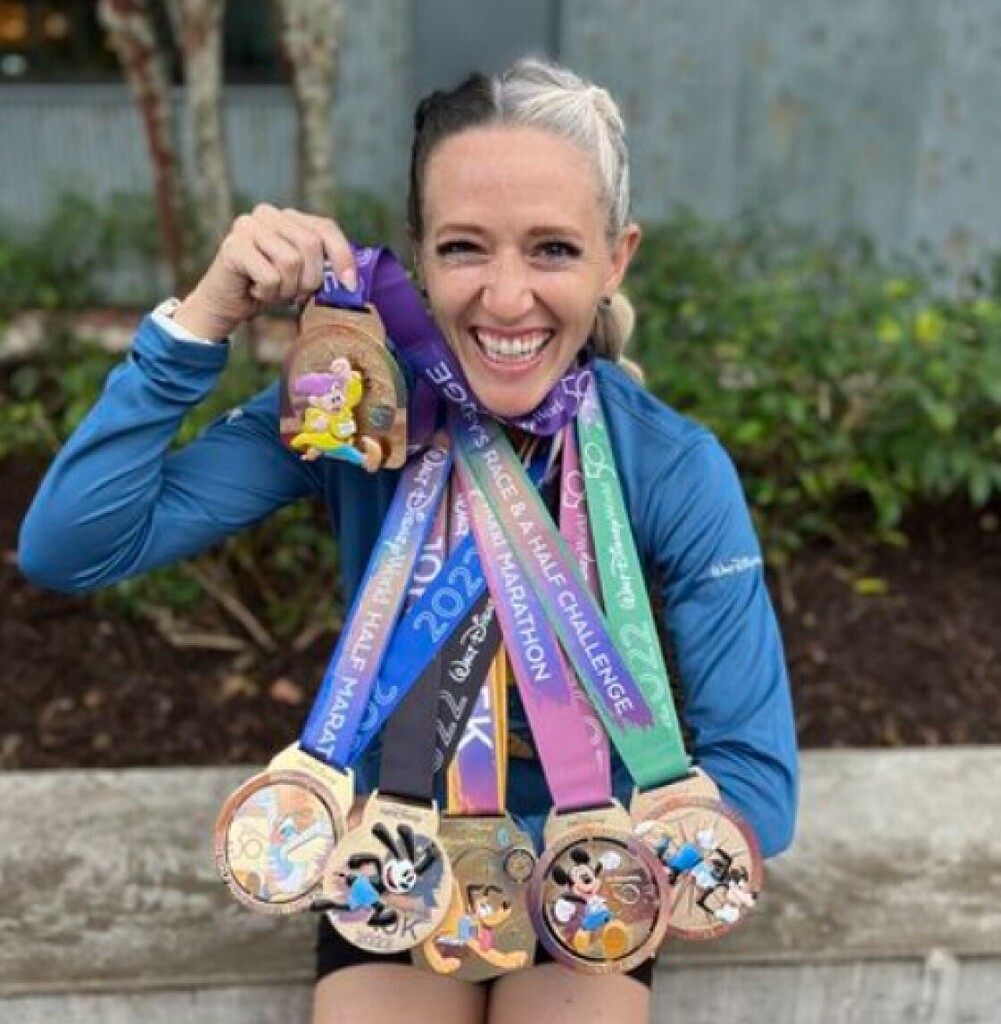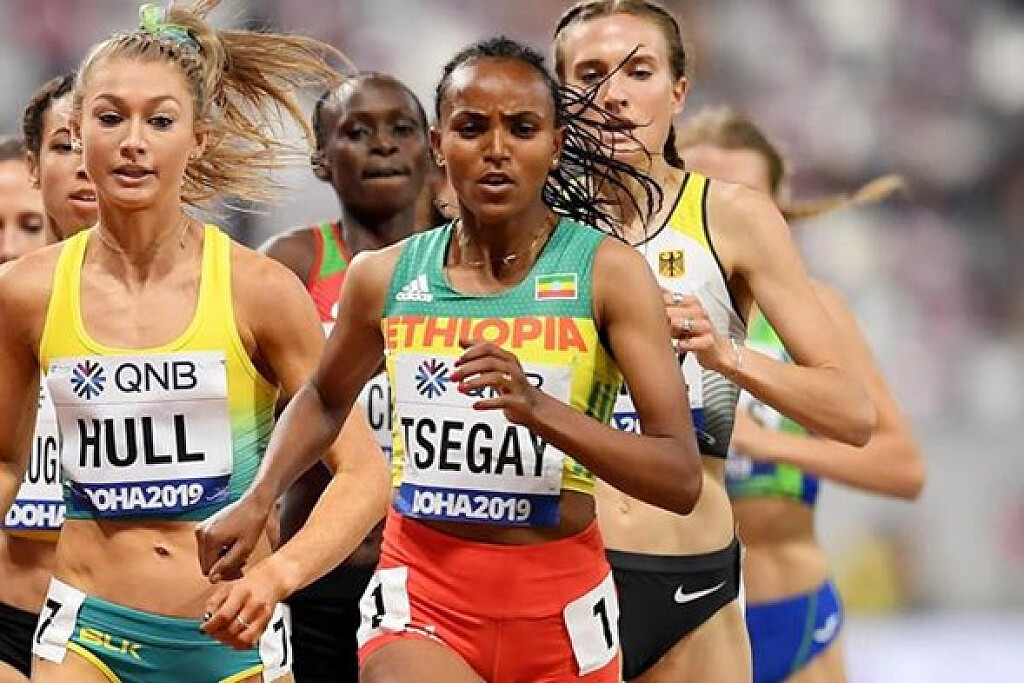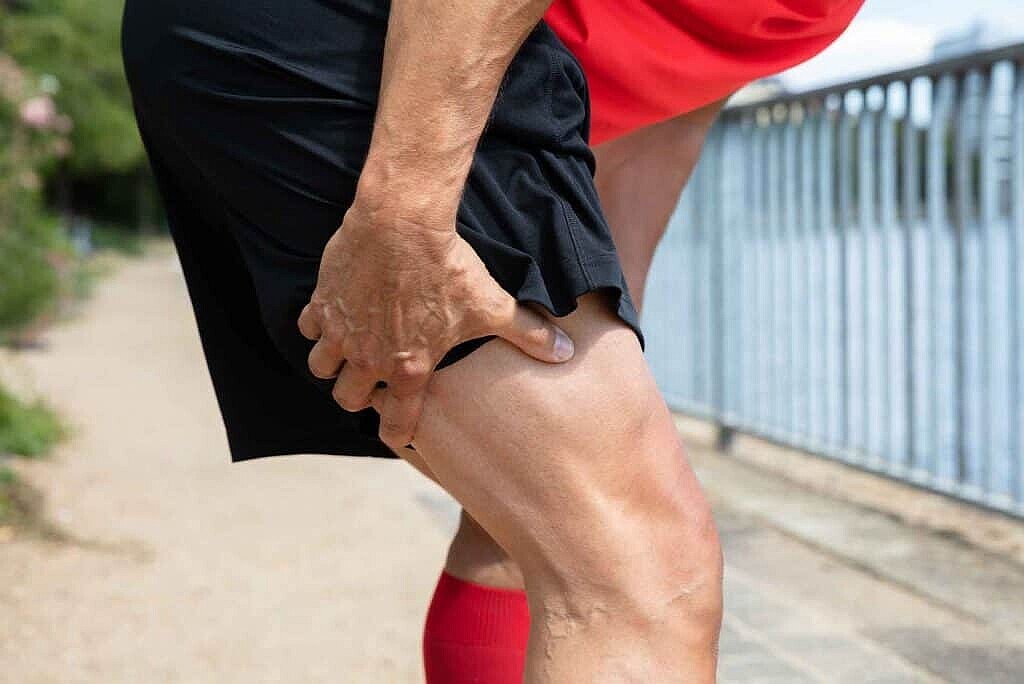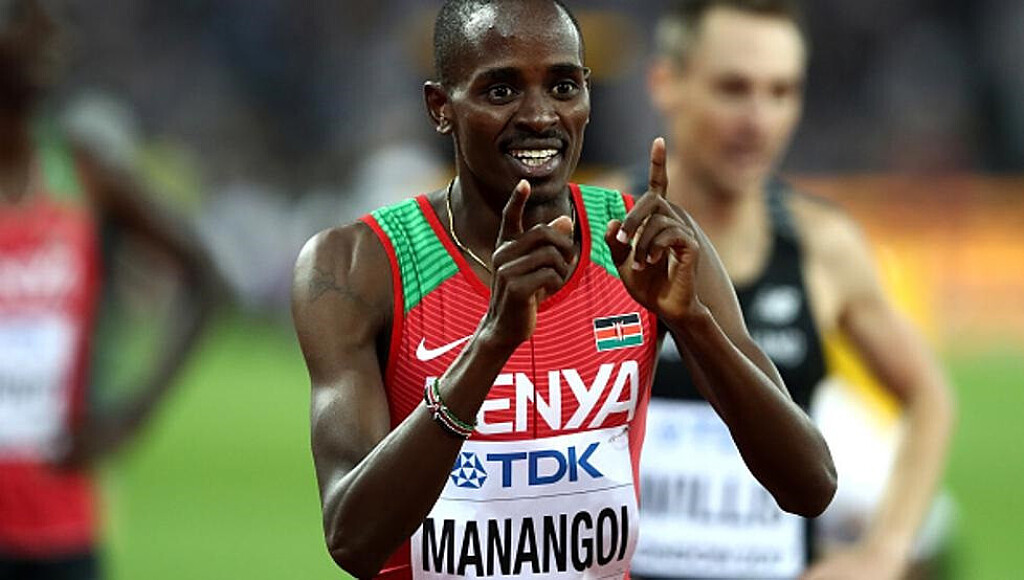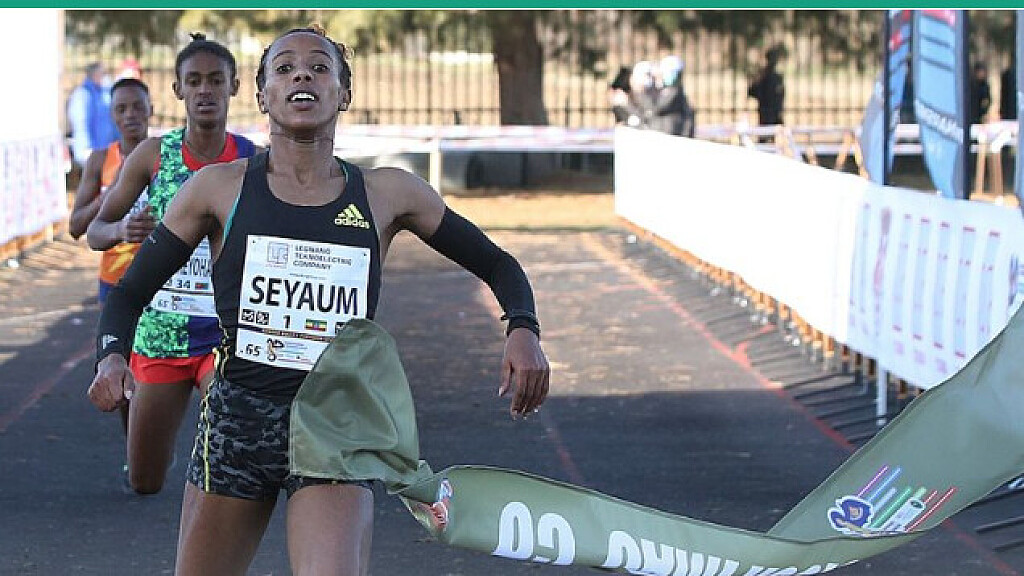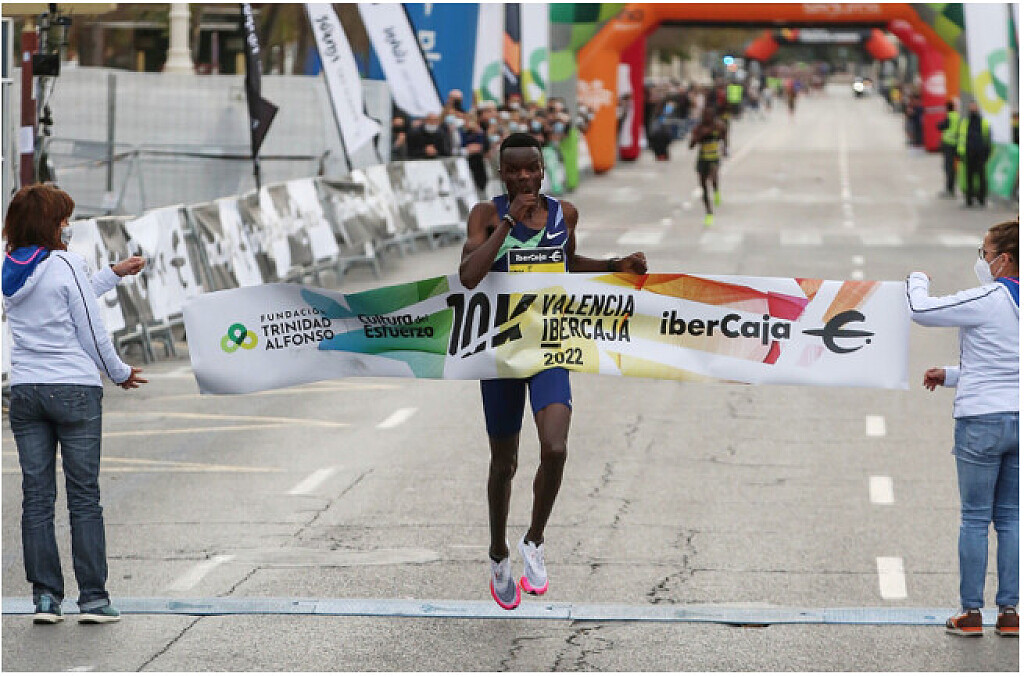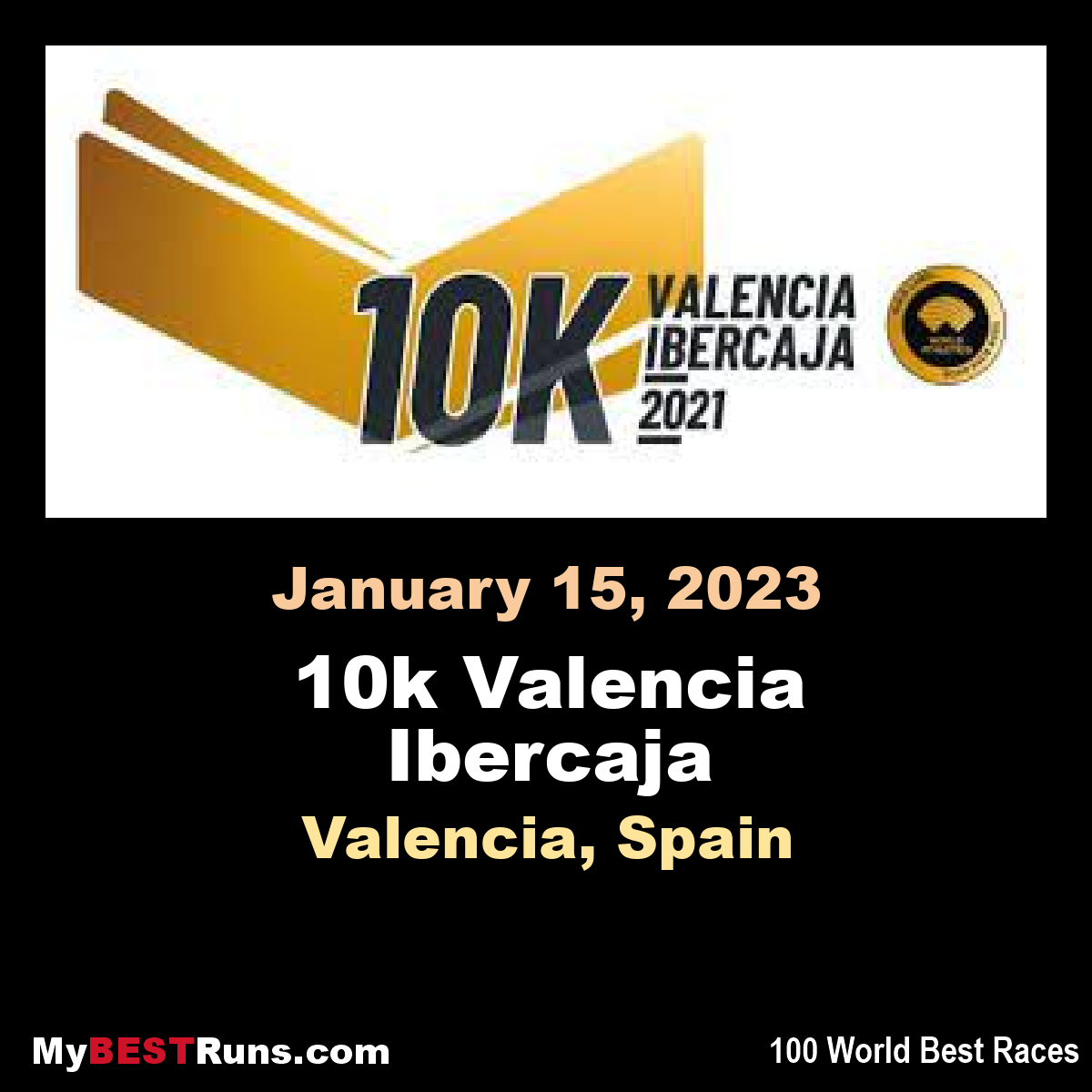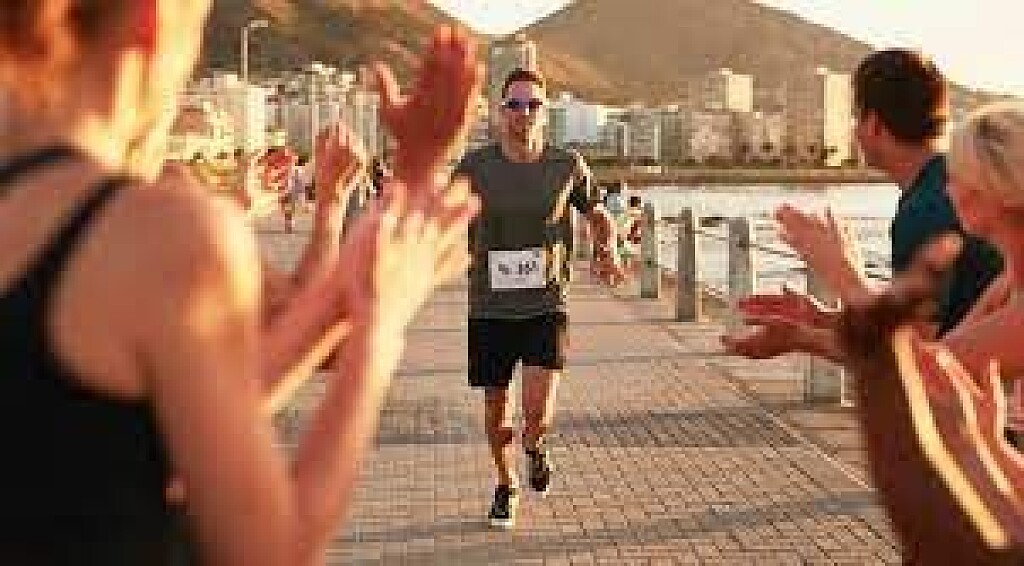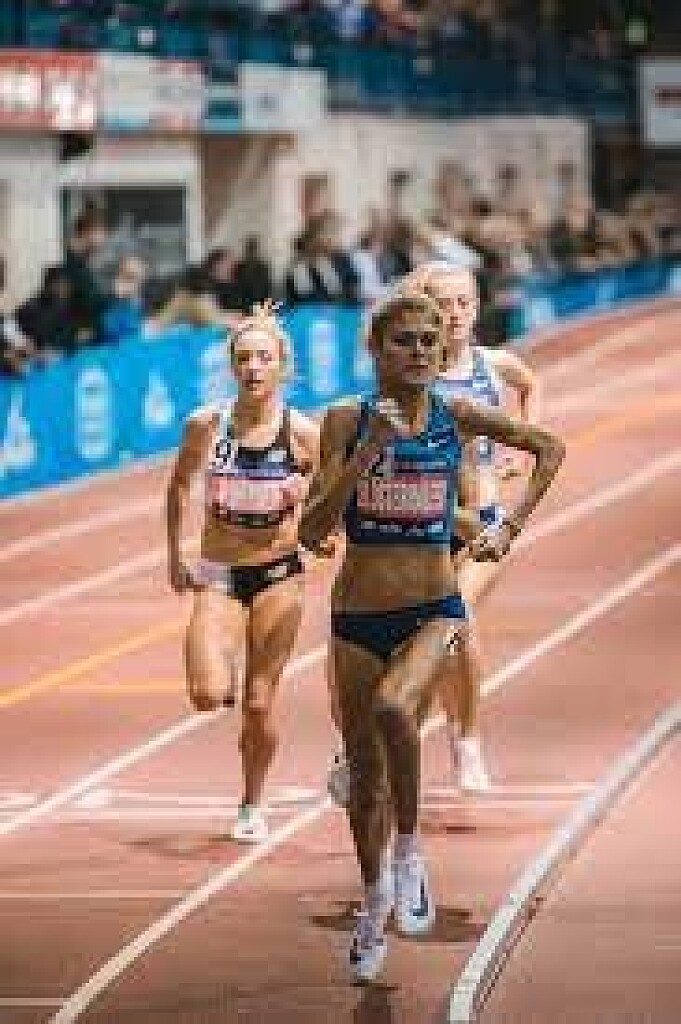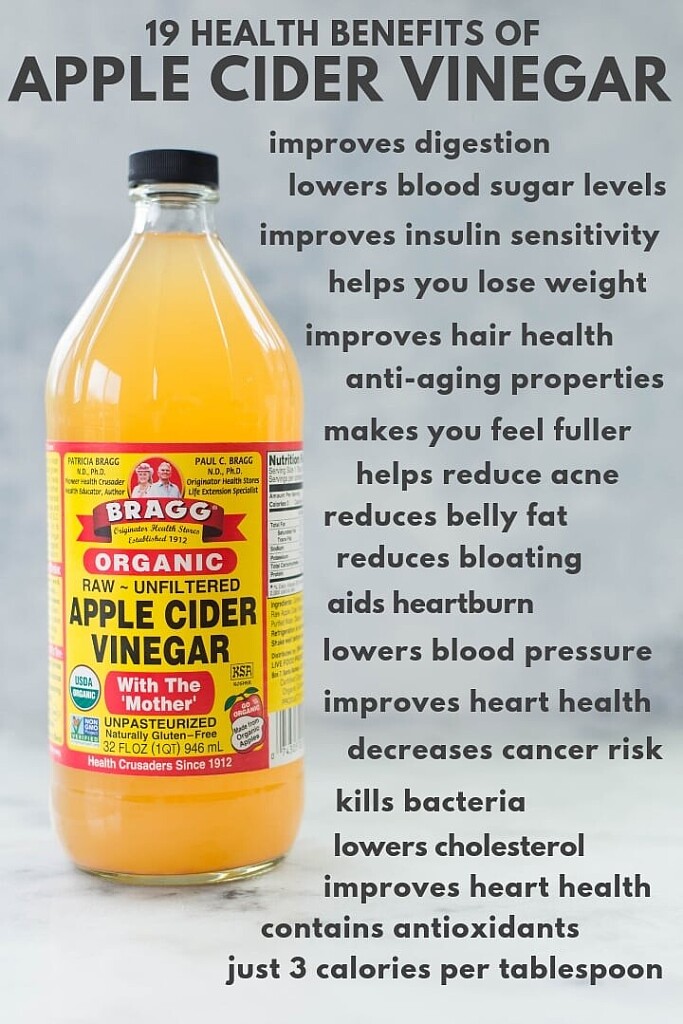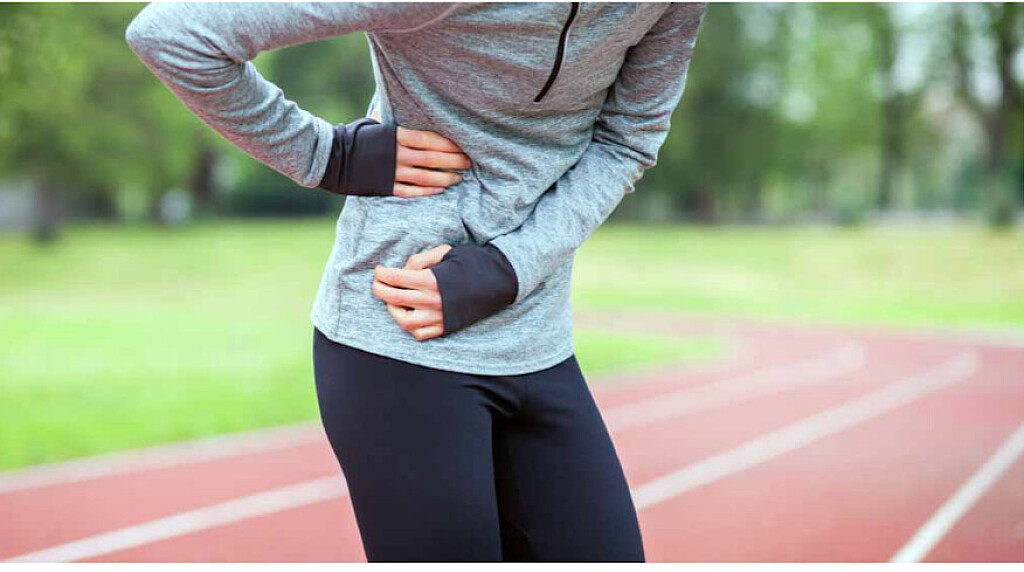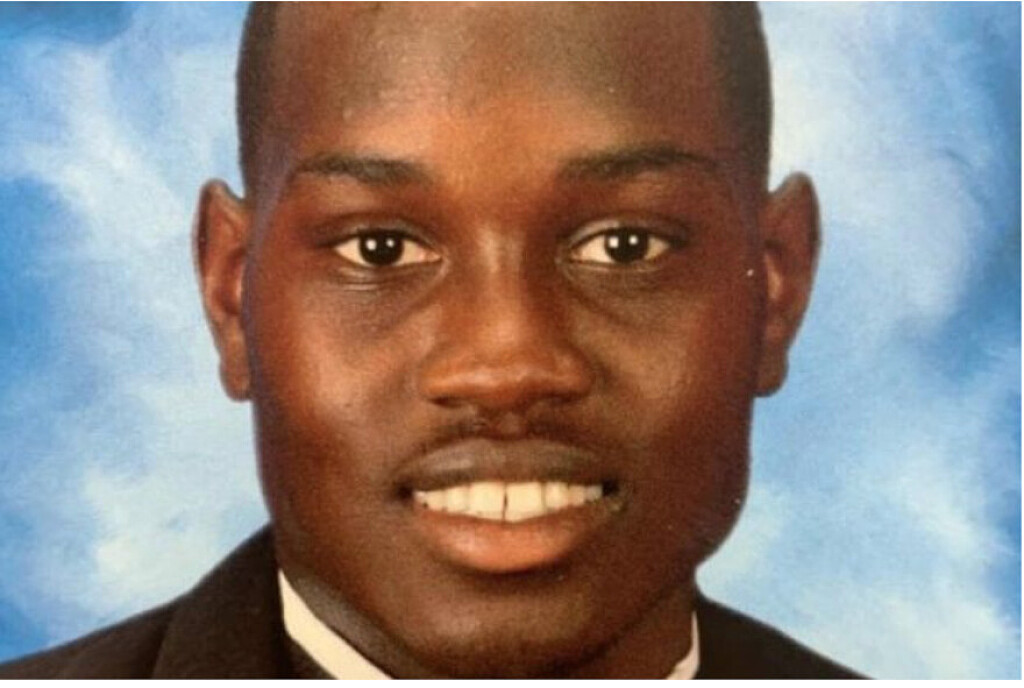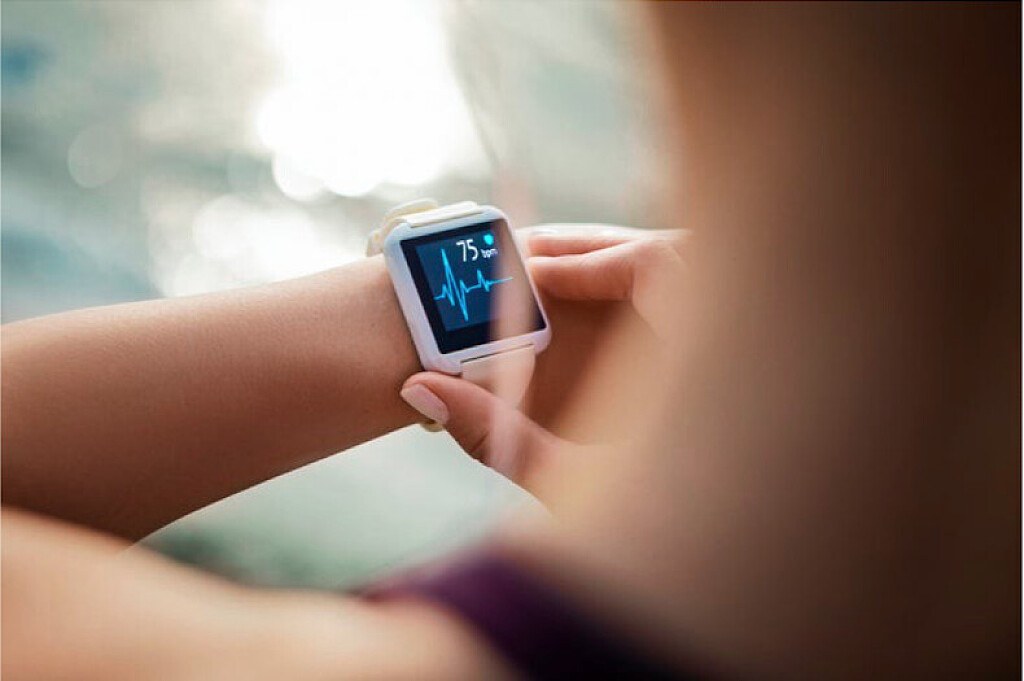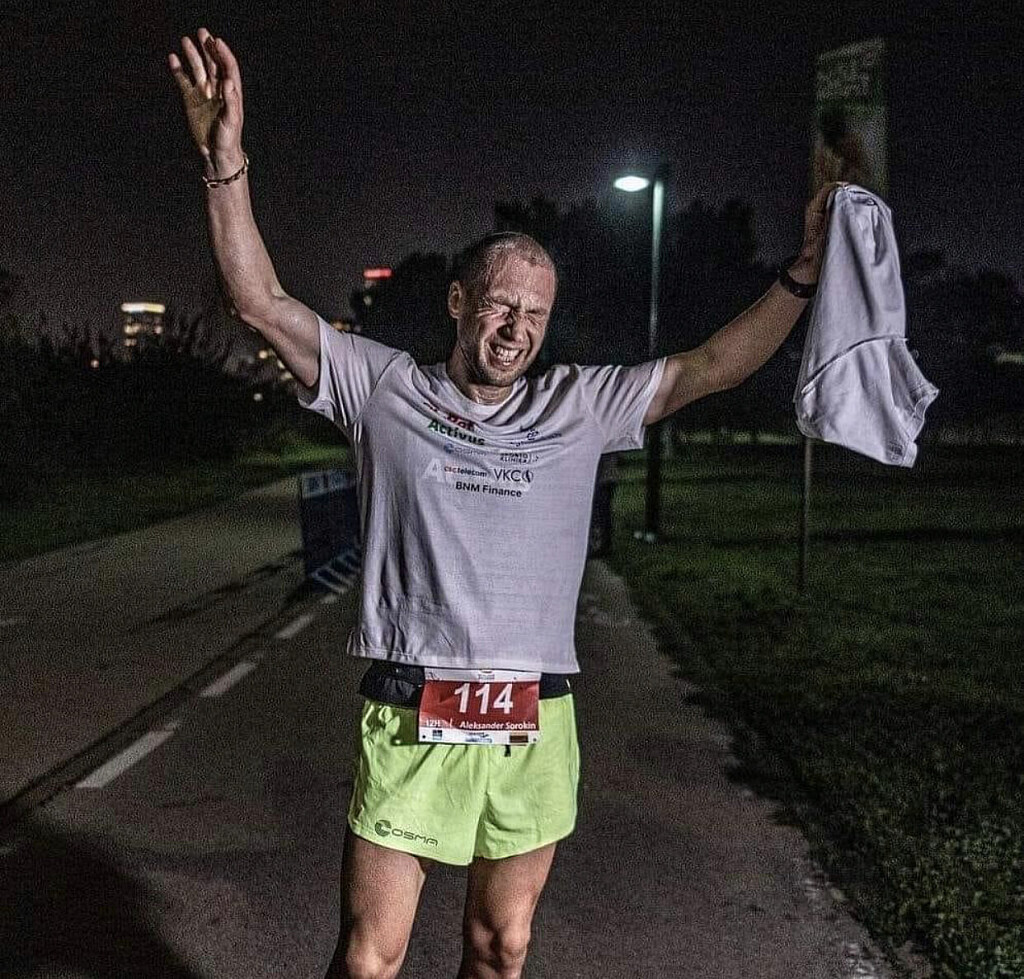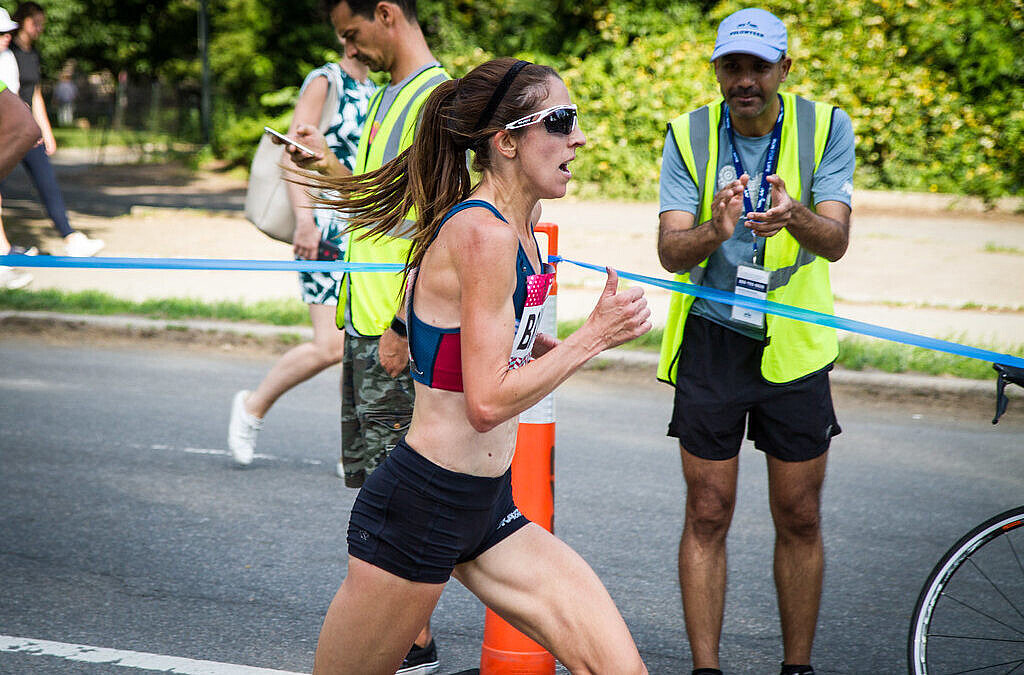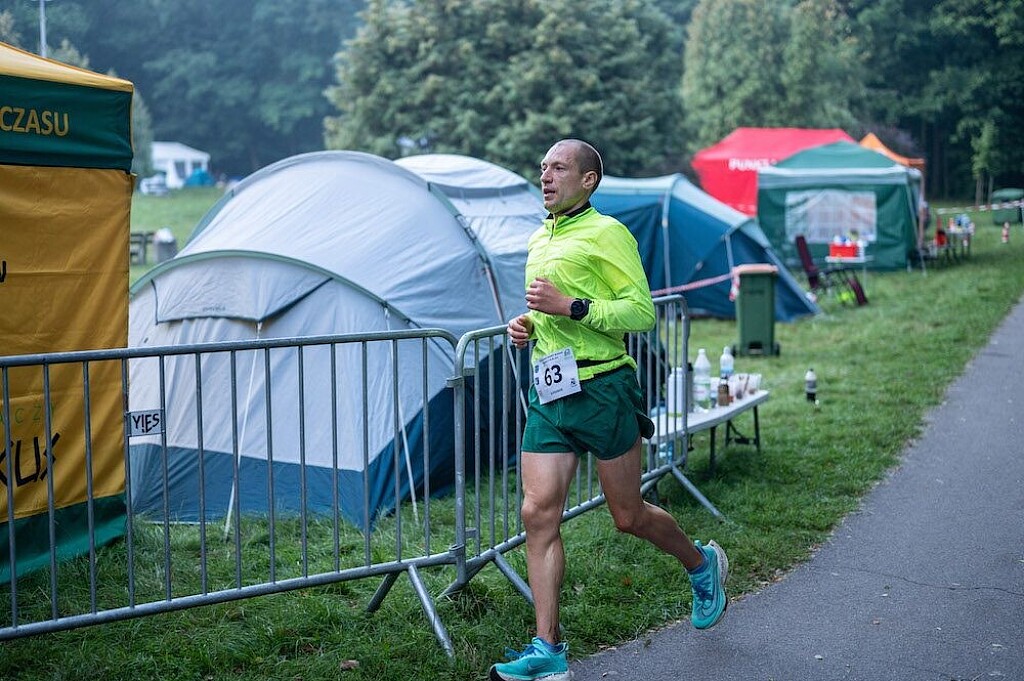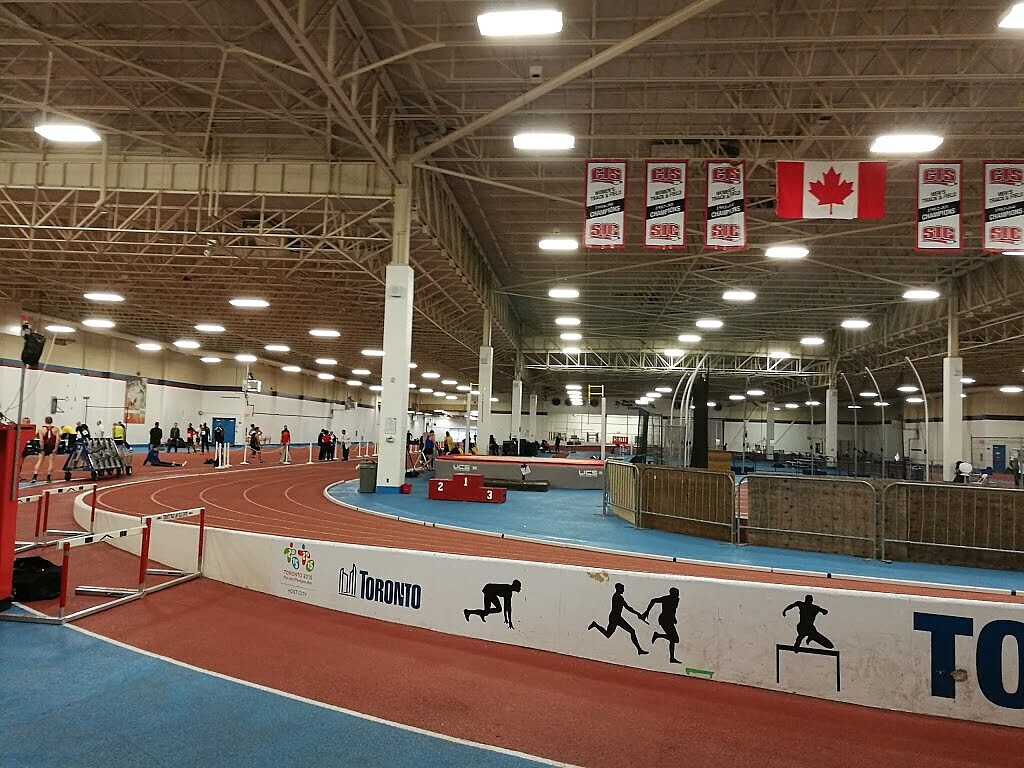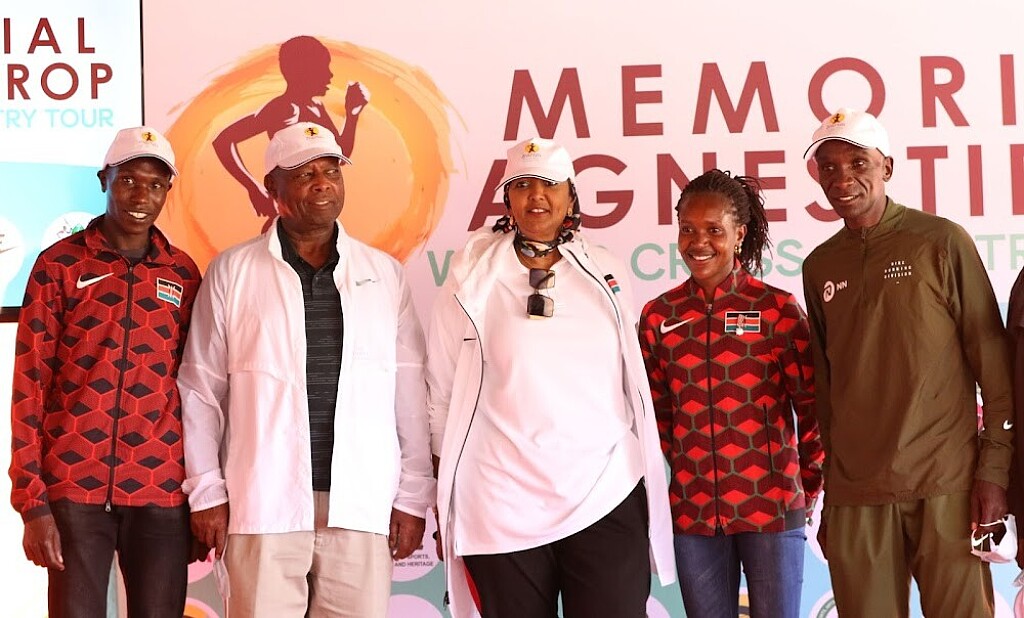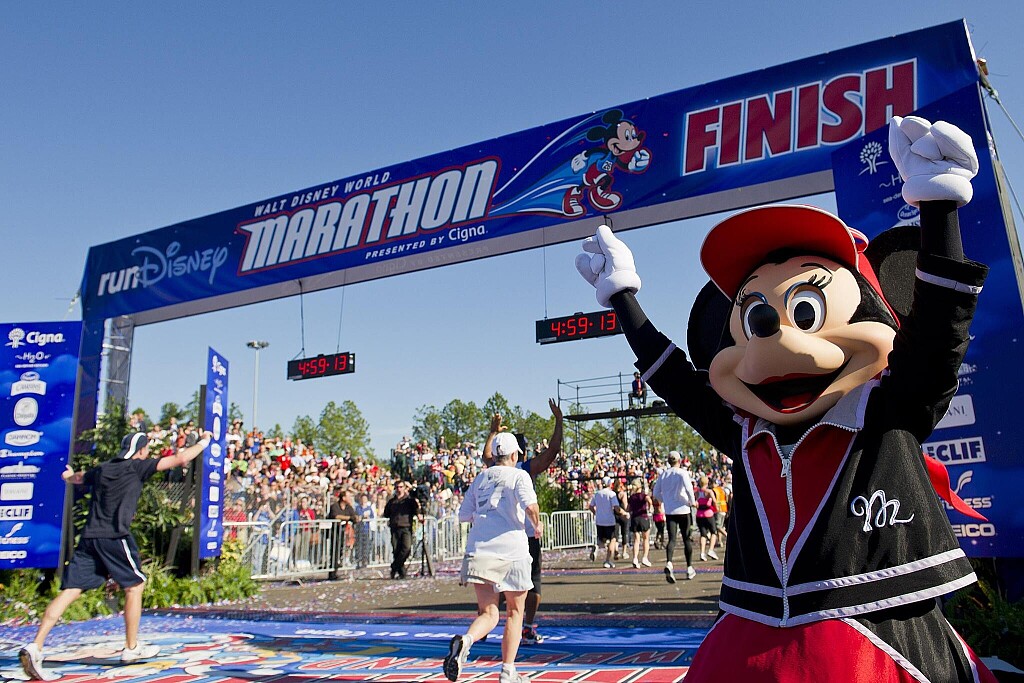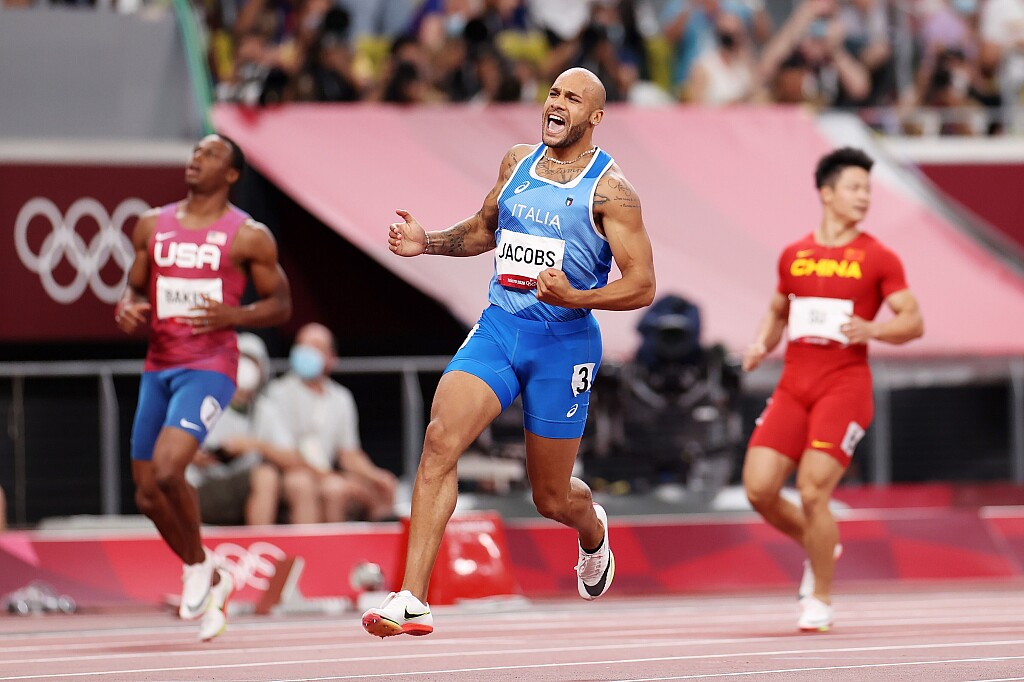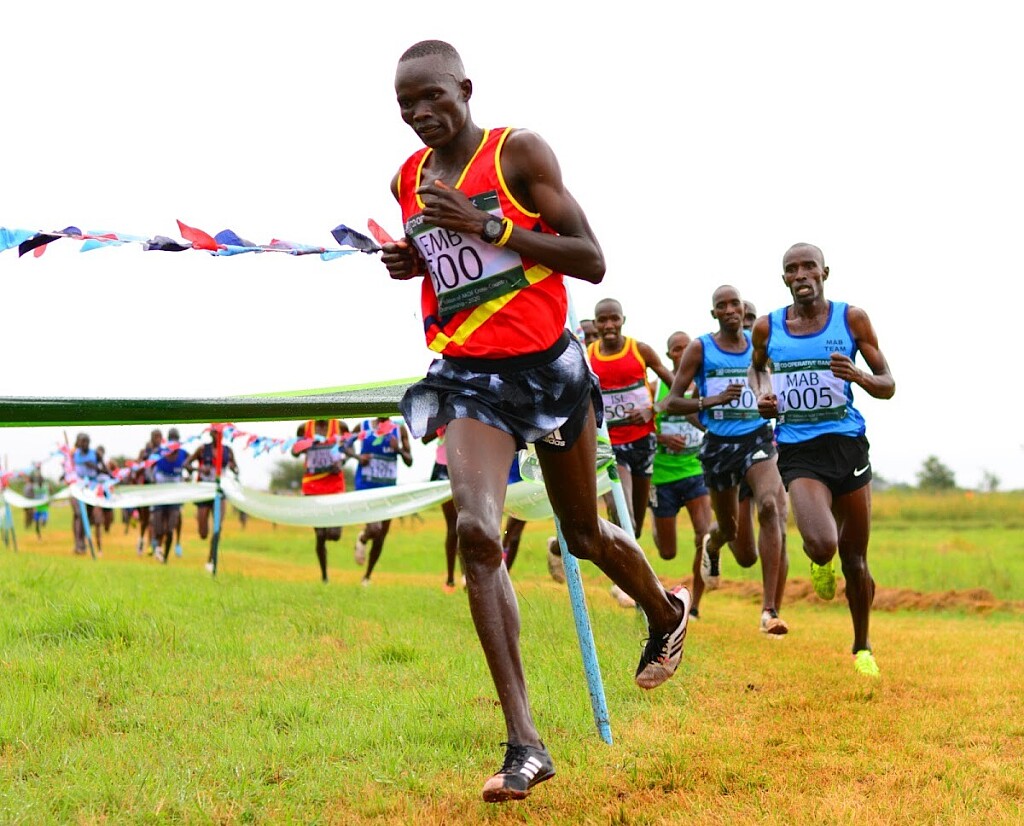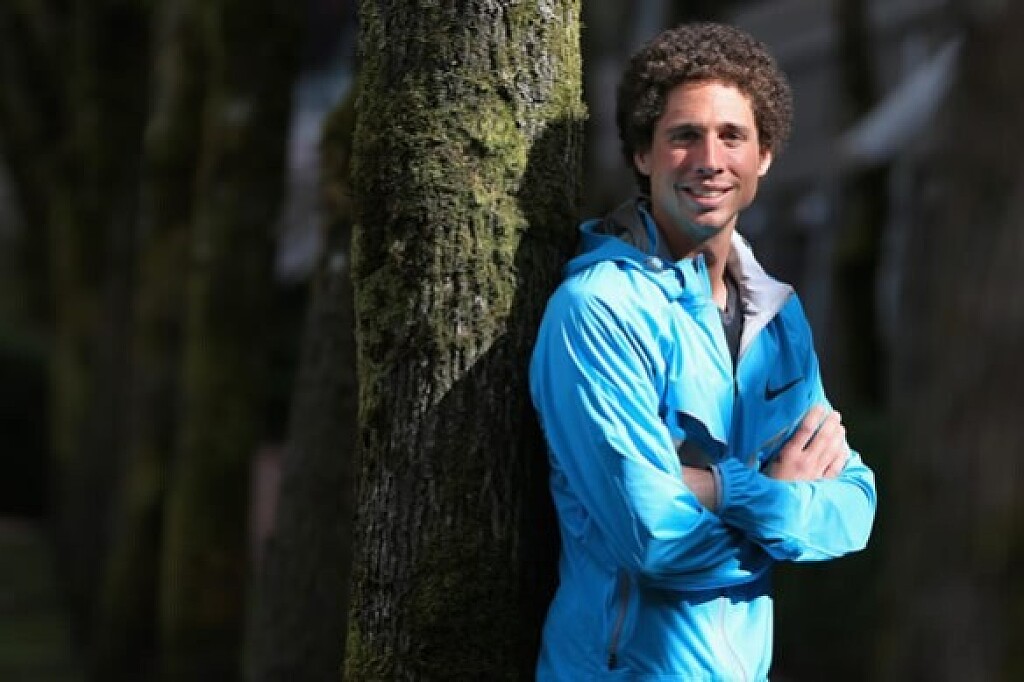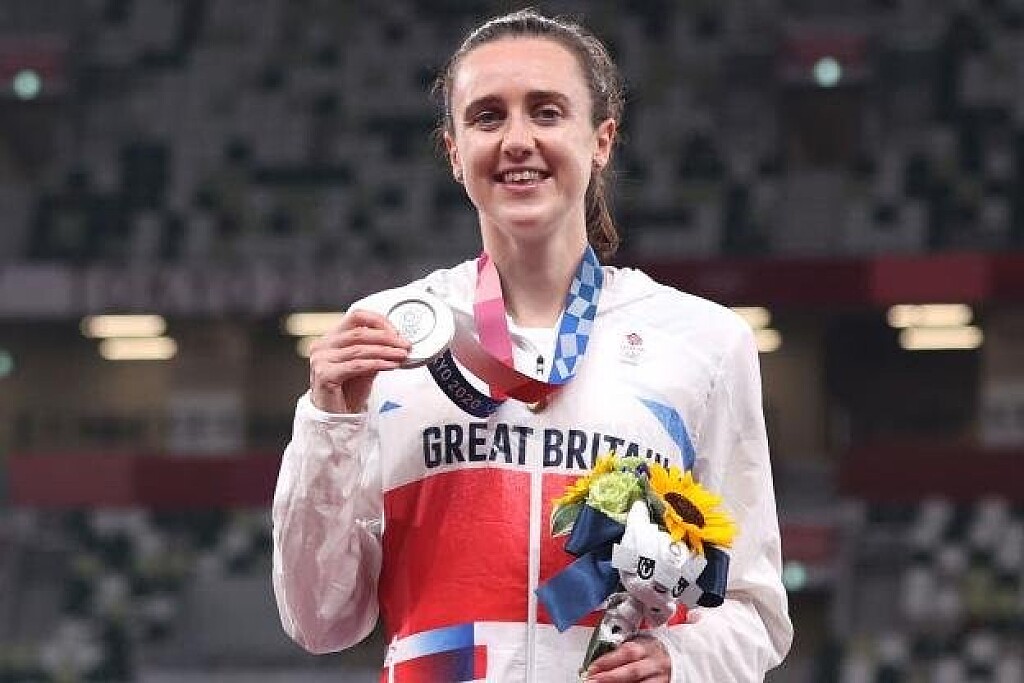Running News Daily
Running News Daily is edited by Bob Anderson in Mountain View, California USA and team in Thika Kenya, La Piedad Mexico, Bend Oregon, Chandler Arizona and Monforte da Beira Portugal. Send your news items to bob@mybestruns.com Advertising opportunities available. Over one million readers and growing. Train the Kenyan Way at KATA Running Retreat Kenya. (Kenyan Athletics Training Academy) in Thika Kenya. Opening in june 2024 KATA Running retreat Portugal. Learn more about Bob Anderson, MBR publisher and KATA director/owner, take a look at A Long Run the movie covering Bob's 50 race challenge.
Index to Daily Posts · Sign Up For Updates · Run The World Feed
Boston Marathon announces their fastest ever men’s field
Organisers of the Boston Marathon have revealed their fastest ever men’s field for the 126th edition of the World Athletics Platinum Elite Label road race on 18 April.
It features 12 men with lifetime bests faster than 2:06, led by three-time Olympic champion Kenenisa Bekele of Ethiopia, the second fastest marathon runner in history with a best of 2:01:41.
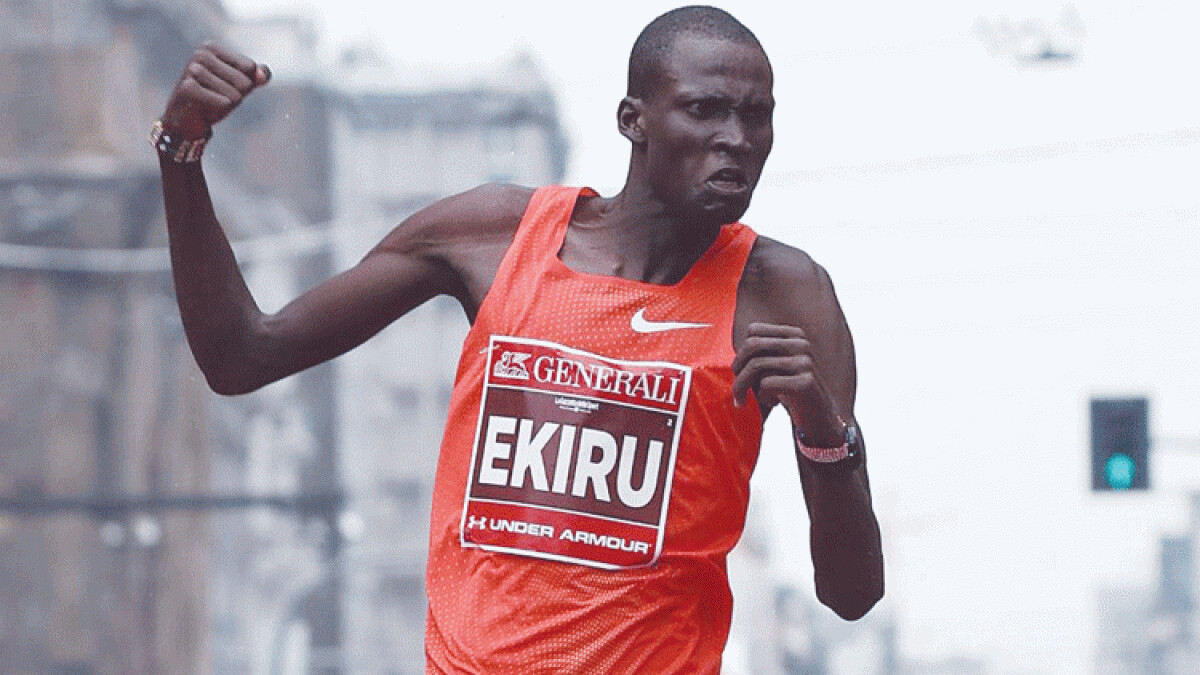
“I recognise the tradition of the Boston Marathon and look forward to racing in April,” said Bekele. “For many years Ethiopia has had a strong tradition in Boston, and I am excited to join that legacy. I have long looked forward to racing the Boston Marathon.”
Seven of the past eight winners will also return to Boston, including 2021 champion Benson Kipruto of Kenya. Lawrence Cherono (2019), Yuki Kawauchi (2018), Geoffrey Kirui (2017), Lemi Berhanu (2016), and Lelisa Desisa (2015 and 2013) are the other six former winners.
“Being back in Boston as a champion is very exciting, but at the same time I feel the pressure and the responsibility to defend my title,” said Kipruto. “I really admire those athletes that managed to be multiple champions in big races. I really want to do my best to be one of them and I really hope to make my name among those Boston champions that people will remember for a long time.”
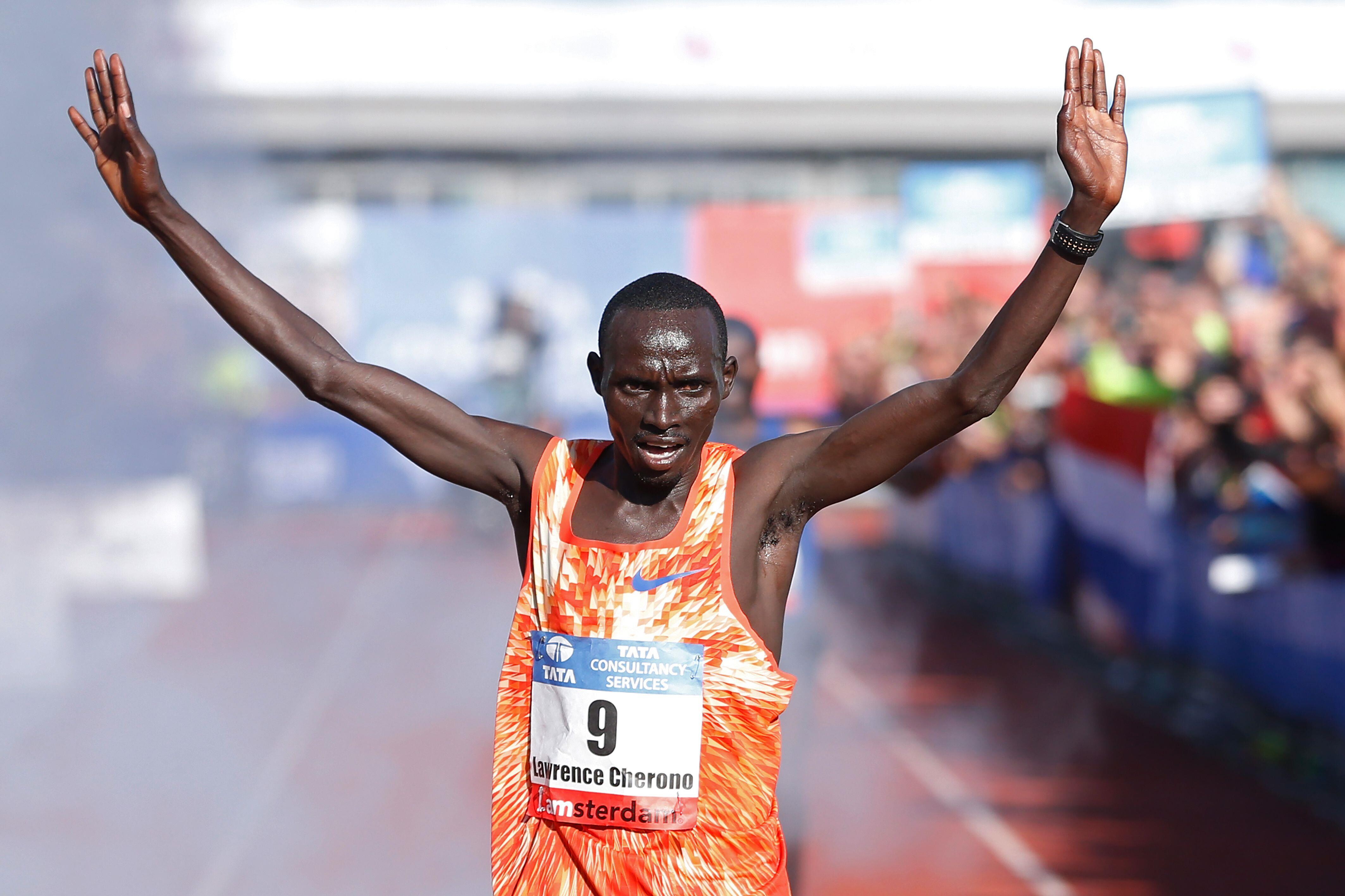
Other strong contenders include Titus Ekiru, the fastest marathon runner in the world last year having run 2:02:57 in Milan, 2020 world leader Evans Chebet, New York City Marathon winner Albert Korir, and three-time world half marathon champion Geoffrey Kamworor.
Men’s elite field
Kenenisa Bekele (ETH) 2:01:41Titus Ekiru (KEN) 2:02:57Evans Chebet (KEN) 2:03:00Lawrence Cherono (KEN) 2:03:04Bernard Koech (KEN) 2:04:09Lemi Berhanu (ETH) 2:04:33Lelisa Desisa (ETH) 2:04:45Gabriel Geay (TAN) 2:04:55Benson Kipruto (KEN) 2:05:13Geoffrey Kamworor (KEN) 2:05:23Eric Kiptanui (KEN) 2:05:47Bethwell Yegon (KEN) 2:06:14Geoffrey Kirui (KEN) 2:06:27Eyob Faniel (ITA) 2:07:19Yuki Kawauchi (JPN) 2:07:27Albert Korir (KEN) 2:08:03Amanuel Mesel (ERI) 2:08:17Bayelign Teshager (ETH) 2:08:28Tsegay Tuemay Weldibanos (ERI) 2:09:07Scott Fauble (USA) 2:09:09Colin Bennie (USA) 2:09:38Trevor Hofbauer (CAN) 2:09:51Jared Ward (USA) 2:09:25Ian Butler (USA) 2:09:45Mick Iacofano (USA) 2:09:55Jake Riley (USA) 2:10:02Jerrell Mock (USA) 2:10:37Jemal Yimer (ETH) 2:10:38Juan Luis Barrios (MEX) 2:10:55Matt McDonald (USA) 2:11:10Matt Llano (USA) 2:11:14Elkanah Kibet (USA) 2:11:15CJ Albertson (USA) 2:11:18Diego Estrada (USA) 2:11:54
(01/13/2022) ⚡AMPby World Athletics
Boston Marathon
Among the nation’s oldest athletic clubs, the B.A.A. was established in 1887, and, in 1896, more than half of the U.S. Olympic Team at the first modern games was composed of B.A.A. club members. The Olympic Games provided the inspiration for the first Boston Marathon, which culminated the B.A.A. Games on April 19, 1897. John J. McDermott emerged from a...
more...2022 Louisiana Marathon returns for 11th year
Get your running shoes on, the 11th annual Louisiana Marathon takes place this upcoming weekend.
The weekend-long event is filled with local food, live music and fun for everyone in the family. The marathon’s route includes running from downtown Baton Rouge through the University Lakes, the LSU campus and through historic river town neighbors, according to marathon organizing officials.
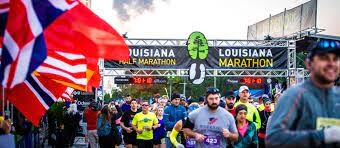
Runners can choose to compete in the Full Marathon (26.2 miles) or Half Marathon (13.1 miles) on Sunday, Jan. 16 or the Louisiana Quarter Marathon (6.55 miles), Louisiana Marathon 5K (3.1 miles) and a Blue Cross and Blue Shield Kids Marathon (1 mile) on Saturday, Jan. 15.
“Runners who compete on both days receive a Déjà vu Award if they competed in the Mississippi Gulf Coast Marathon in Dec. 2021, the Louisiana Marathon’s sister race, they are awarded the Beach~2~Bayou medal,” according to Louisiana Marathon officials.
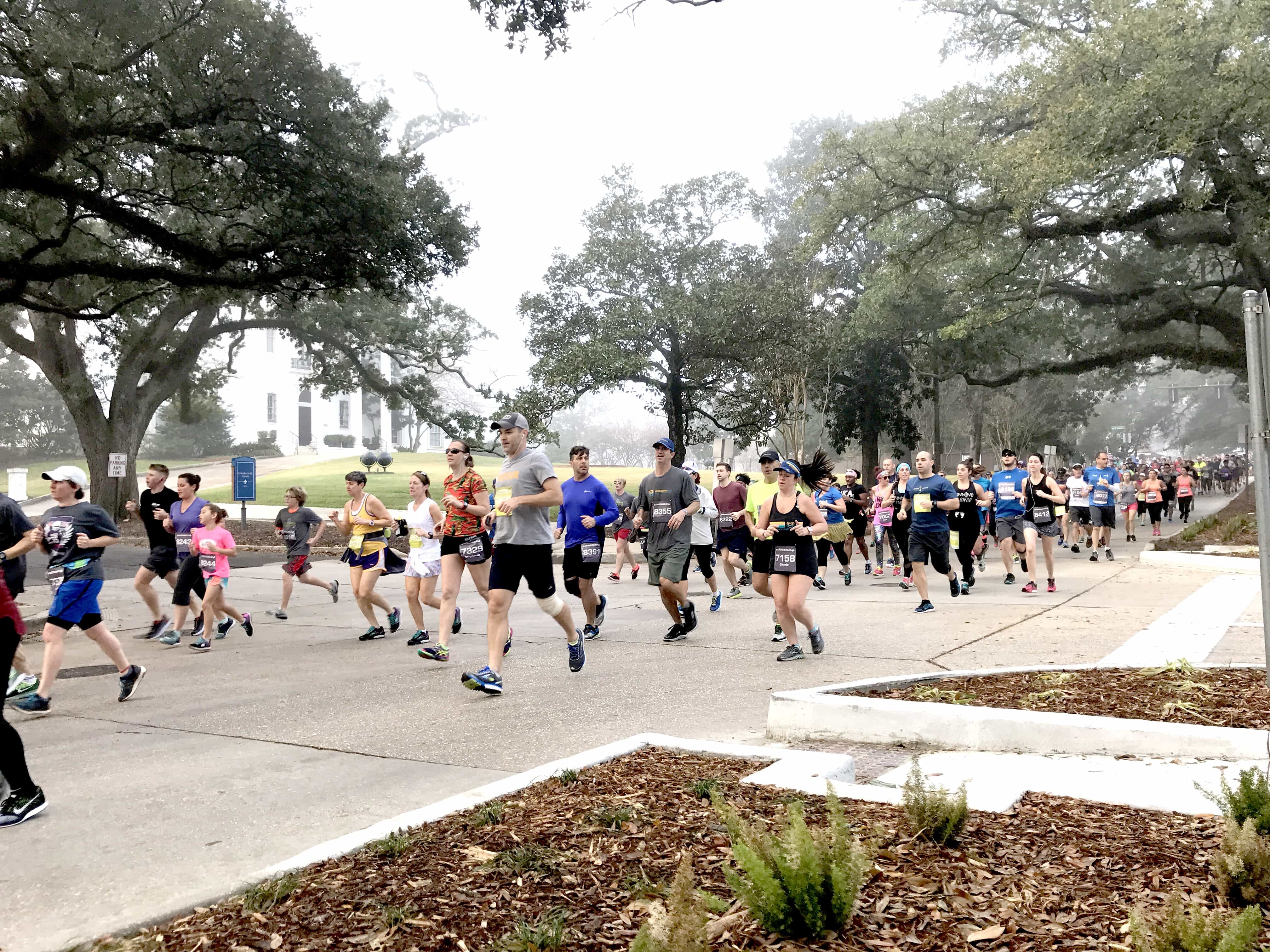
by Allison Bruhl
Louisiana Marathon
Welcome to the Louisiana Marathon Running Festival. Rendezvous with runners from 50 states and over 30 countries who share a passion for Louisiana as they race our fast, flat and festive courses. Stick around for the best Finish Fest on the bayou and enjoy tastes of gumbo, jambalaya, étouffée, duck confit and couch du lait (to name a few dishes...
more...2022 Brighton Marathon set to be the largest to date after a record 20,000 entries registered
Entries to the 2022 Brighton Marathon have closed after a 'fantastic surge' in numbers saw the event hit a total of 20,000 registrants.
The record number for the 26.2 mile course on Sunday, April 10, is welcome news and means the 2022 event is set to be the largest Brighton Marathon to date.
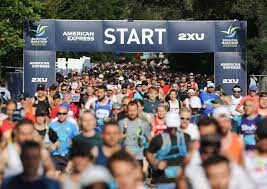
Organizers are delighted and said it marked 'a hugely positive outlook for running mass participation events and an encouraging shift in public appetite' following the impact of the Covid-19 pandemic.
A marathon spokesman said: "The Covid-19 pandemic has been a challenging time for the mass participation events industry, which has suffered postponements, cancellations and refunds without the support of insurance policies or government funding.
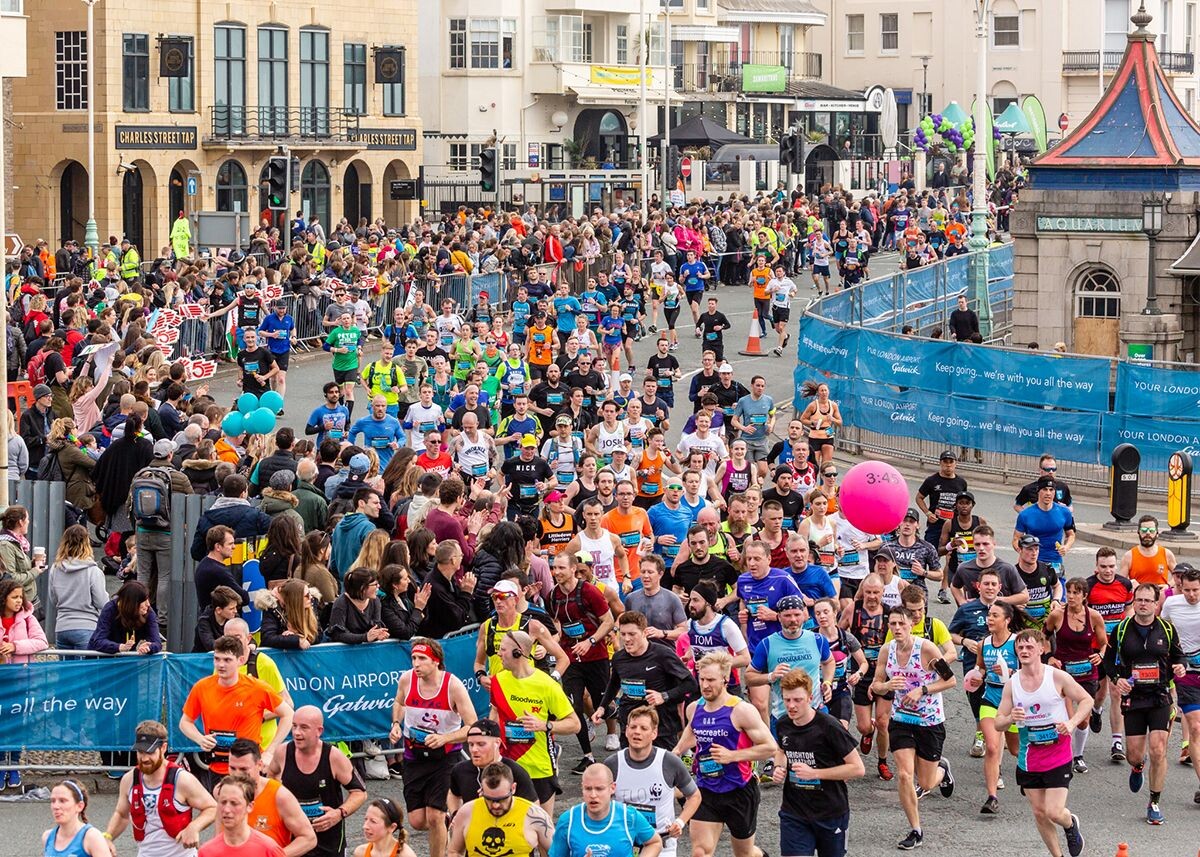
"For the surviving events, the challenge of coming back has not been easy, not least because of the general public’s understandable nervousness towards committing to an event during such uncertain times.
"It is therefore an incredible result for all mass participation running events, that Brighton Marathon 2022 has closed general entries on such a high and positive note."
The spokesman added that in 2019 there were 10,680 runners and in 2021, despite there being 7,694 participants, almost £4million was raised for charities, as well as giving so many the chance to take part and achieve their incredible goals.
While general entries are now closed for the 2022 marathon, places already secured by various local and national charities are still available. People can find the charities with marathon places on the website.
Tom Naylor, event director at Brighton Marathon Weekend, said: “Each year we can forecast our entry numbers with some degree of certainty based on previous years, allowing us to plan our finances. Throughout the pandemic, it has been exceptionally difficult for us and our industry colleagues, with an ever-changing outlook from Government.
"It is amazing to have closed our entries for 2022 with such a positive uptake and I am incredibly excited for our industry, our charities, our city and our participants that the year ahead looks so much brighter and healthier for us all.”
The Brighton Marathon will take place on Sunday, April 10 as part of Brighton Marathon Weekend, which runs from Friday, April 8 – Sunday, April 10. The event is renowned for its remarkable spectator support, stunning scenery and vibrant city atmosphere.
(01/13/2022) ⚡AMPby Nicola Caines
Brighton Marathon
The Brighton Marathon is one of the UK’s favorite marathons. With stunning coastal scenery in one of the country’s most energetic cities, this is the perfect race for runners with all different levels of experience. The fast and beautiful course of the Brighton Marathon makes this a ‘must do’on any runners list. Come and experience it for yourself over 26.2...
more...Canadian Ben Flanagan is after one thing at the Houston Half Marathon, I have my eye on the Canadian half-marathon record of 61:28, he says
The 2022 Houston Half Marathon is set to take place this Sunday, drawing many of the world’s top elite to the event. In the field is Kitchener, Ont’s., Ben Flanagan, who ended his 2021 season on a winning note, looking to continue his string of solid performances into the new year. He is heading to this weekend’s half marathon with one thing on his mind: Jeff Schiebler’s 23-year-old Canadian half-marathon record of 61:28.
“I am looking forward to competing,” Flanagan says. “The plan is to run conservatively to tackle the Canadian record. It’s engraved in my head.” The 21.1 km distance isn’t foreign for the former NCAA 10,000m champion. In 2020, he ran 1:03:19 to win his half-marathon debut in South Carolina. His debut time was the 10th fastest ever by a Canadian male, and on Sunday he has the chance to better his result on one of the fastest courses in North America.
“My results at the Scotiabank Waterfront 10K and Manchester Road Race gave me a lot of confidence in the fall,” Flanagan says. He won both races skillfully, breaking away from his competition in the mid-stages of the race and not looking back.
Flanagan made his decision to run Houston in late November. “The timing of this race fit in perfectly in my training,” Flanagan says. “I had a lot of strength built up after Manchester, so we focused on building endurance over the past month and a half.”
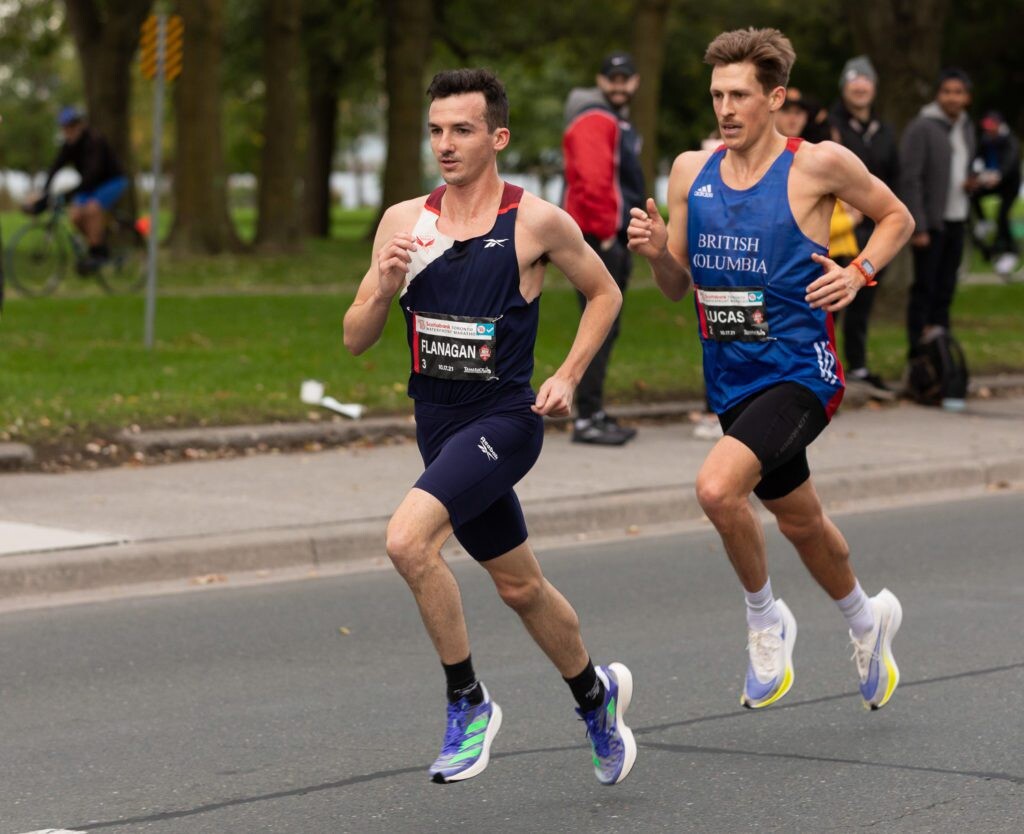
Although Flanagan has shown a lot of success on the roads, he isn’t quite done with the track yet. He will be running a few 5,000m and 10,000m races this spring to secure a spot on Team Canada at the 2022 World Championships in Eugene, Ore.
When asked about when he was going to step up to the marathon, Flanagan mentioned he would love the opportunity to represent Canada in the marathon at the Paris Olympics. “Stepping up to the marathon this year might be a stretch, but I want to give myself a chance to qualify for Paris.”

Flanagan won’t be the only Canadian elite in the race Sunday. Alberta native Rory Linkletter, who was second at the California International Marathon a month ago, is in search of another personal best in Houston. In 2020, Linkletter ran 61:44, only 16 seconds off the Canadian record.
In the women’s elite field, Calgary’s Emily Setlack returns to Houston following the 1:11:40 PB she ran in 2020.
(01/13/2022) ⚡AMPby Marley Dickinson
Aramco Houston Half Marathon
The Chevron Houston Marathon offers participants a unique running experience in America's fourth largest city. The fast, flat, scenic single-loop course has been ranked as the "fastest winter marathon" and "second fastest marathon overall" by Ultimate Guide To Marathons. After 30 years of marathon-only competition, Houston added the half-marathon in 2002, with El Paso Energy as the sponsor. Today the...
more...What should I eat before I run?
It’s an age-old question faced by many runners both new to the sport and those who have been training seriously and are looking to fine tune their training diet.
While you won’t find one specific super food that works for every runner, by providing some simple guidelines on nutritional requirements and timing, this article will help you find the perfect food for your pre-run snacks or meals.
Step 1: Timing Your Pre-Run Meals
Here’s the deal:
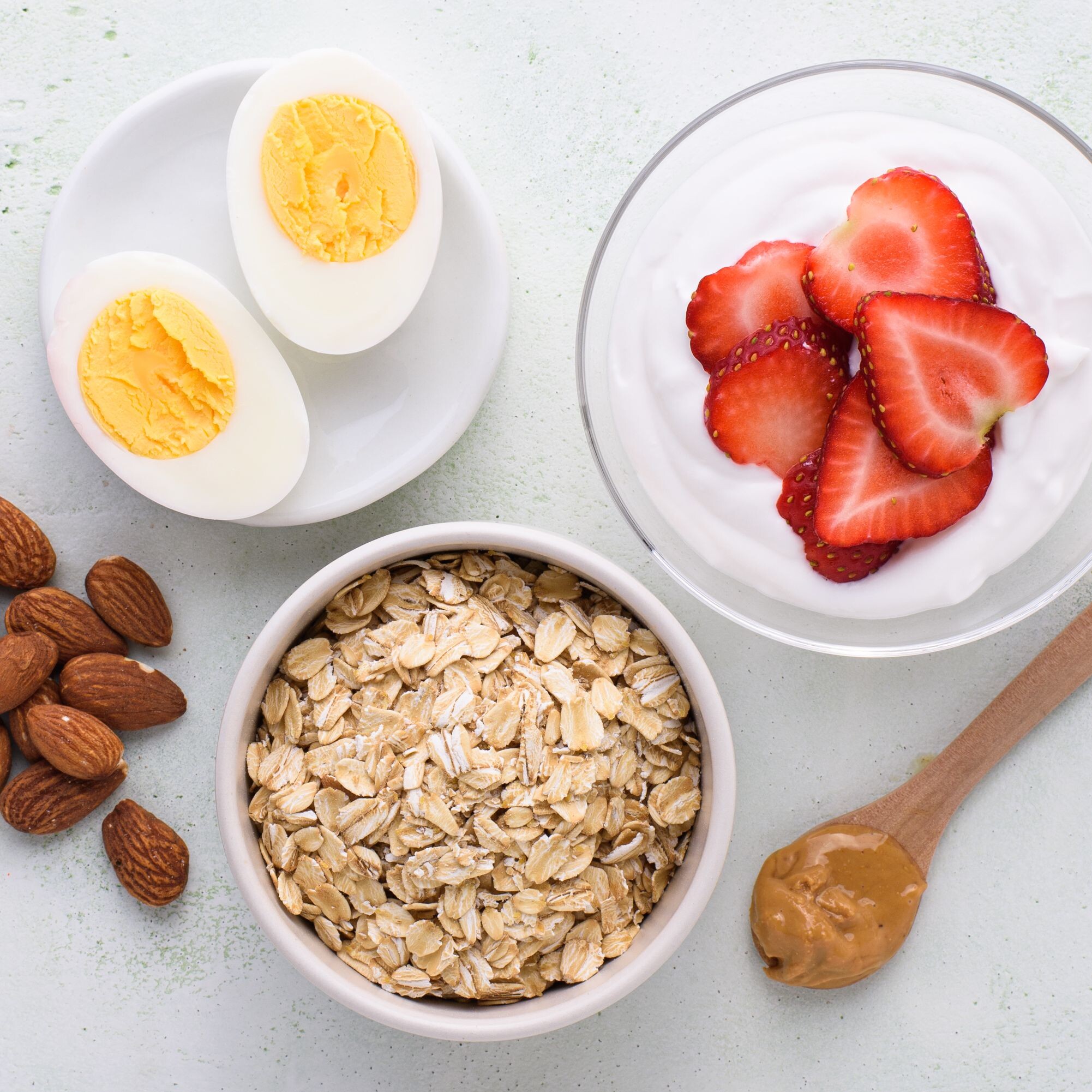
Like most aspects of training, finding the optimal time to eat before a run is an individual preference.
I can run within 15-20 minutes of eating almost anything short of a full meal and have no stomach issues whatsoever.
Conversely, my wife can’t muster a step out the door if she’s eaten anything within 2 hours or the run. You need to find work works for you.
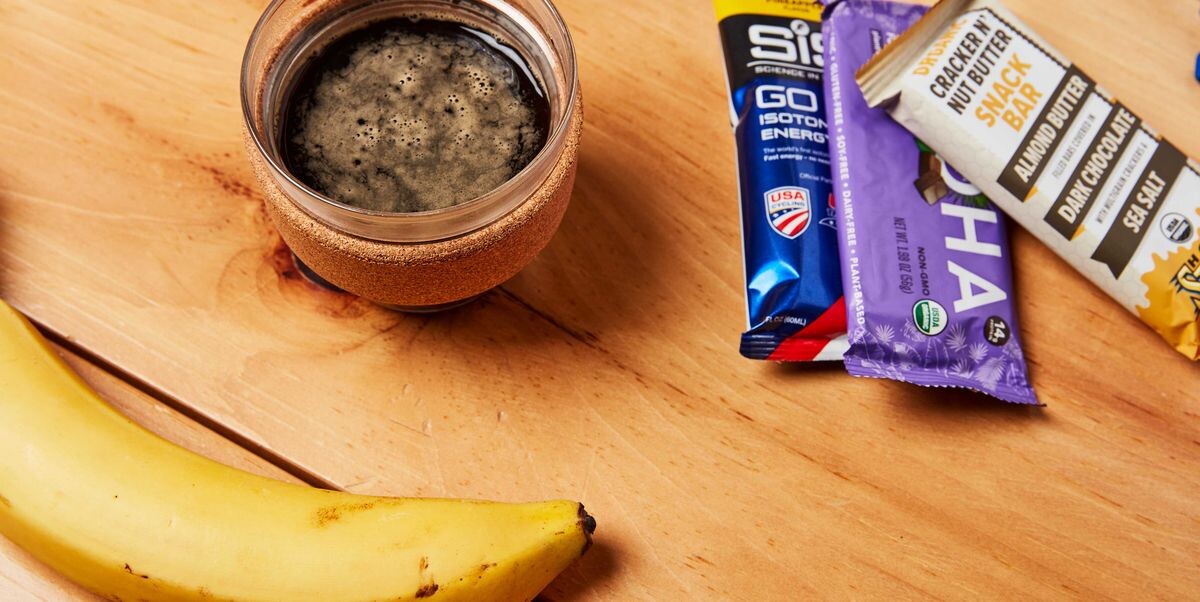
Here’s how:
Conduct an experiment
To find your optimal timing window, try eating a medium sized snack 90 minutes before your next run (see the last section of this article for what constitutes a medium sized snack).
If your stomach handles it well, try moving the same snack forward 15-20 minutes.
Likewise, if you experience stomach issues, push back the timing of your snack 15-20 minutes.
Keep moving forward or backward 15-20 minutes per run until you find the closest time you can eat before you start experiencing stomach or cramping issues.
Now you have a concrete number for how close to your run you can eat, which is the first step in determining your optimal pre-run meal or snack.
Step 2: Determine The Nutritional Demands Of Your Run
I think most runners severely over estimate the number of calories they burn and the amount of carbohydrates they need to complete runs under 90 minutes.The body has enough glycogen stored in the muscles from your normal diet to run at marathon pace for right around 2 hours.
This means that you don’t need to load up on carbohydrates or calories before most of your normal training sessions, but might want a little extra fuel for harder workouts or long runs
Demands of a Normal Easy Training Run
A 155 pound runner will burn between 500 and 600 calories on a 60 minute run depending on their pace and effort level.
To see how many calories you burn while running, you can try our running calorie calculator. Since you already have enough fuel in your muscles to run for 2 hours, and you might only burn between 500-600 calories, you don’t need a huge snack or meal before you head out the door.
Long Runs and Harder Workouts
If you have a long run or workout that is going to take more than 90 minutes to complete, you should try and get a little something in your stomach to give you some extra fuel.
A medium sized snack or small meal 30-120 minutes before your run is optimal. The amount of time you need to eat before your run is dependent upon your timing experiment from step one.
Morning Runners
For early morning runners, you might have a little less glycogen stored in your muscles since you’re coming off 6-8 hours of not eating, but unless you have a long run or a really hard workout, you don’t need to worry too much about eating something before running.
If you do have a longer run scheduled, try a small snack about 30 minutes before you head out the door. Otherwise, you don’t have to worry too much.
3. Find A Food That Sits Well In Your Stomach
The most important aspect of a pre-run meal is finding something that agrees with your digestive system.
While bananas may be perfect for your running friend, they give me heart burn, so I avoid them. Likewise, you need to experiment on your easy training runs to see what works best for you. This way, on important workout days and race day, you’ll know exactly what foods sit well with you.
Need Some Pre-Run Snack Ideas?
Small Snacks
Energy bars – These tend to be light on the stomach and easy to digest. Avoid diet products, as these often cut the carbs, which is exactly what you’re looking for.
Natural energy bars – A Granola bar is a great way to eat more natural, but still stick with a light snack filled with carbs.
Banana – High in carbs and potassium
Small bowl of oatmeal – while oatmeal tends to have a good amount of fiber, it can be a good solution for runners who can’t eat close to running, but need something small to sustain them.
Medium Snacks
Toast with peanut butter and jelly – There is a reason your mom always gave you toast when you had an upset stomach. It’s easy to digest and light on the stomach.
Wheat bagel with Peanut butter or cream cheese – A little more substantial than the toast with a small dab of protein to stave off hunger.
Yogurt and granola – A power pack of simple and complex carbs.
Final Suggestions
These are just some sample ideas of what you can eat before a run to stay energized and prevent stomach cramps. While eating before a run is highly individualized, with a few simple experiments, you can find the optimal pre run meal or snack for you.
By fueling properly and not eating too little or too much before you head out for your long training runs, you can maximize your training and start seeing results sooner.
(01/13/2022) ⚡AMPby Coach Jeff
The Royal Bank of Canada becomes title sponsor of Brooklyn Half Marathon
A major Canadian company is making a mark in The Big Apple. The Royal Bank of Canada (RBC) has become the new title sponsor of the NYRR Brooklyn Half, the largest half marathon in the U.S., which has hosted 27,000 from around the world every May on the streets of Brooklyn. The race has been run virtually in the past two years because of the pandemic.
This deal was announced earlier this week by NYRR and RBC. The sponsorship also includes the launch of a new race, RBC Race for the Kids, designed to support kids and youth-focused causes in the city. The event will be added to the NYRR race calendar each spring as a four-mile run and 1.4-mile walk for families.
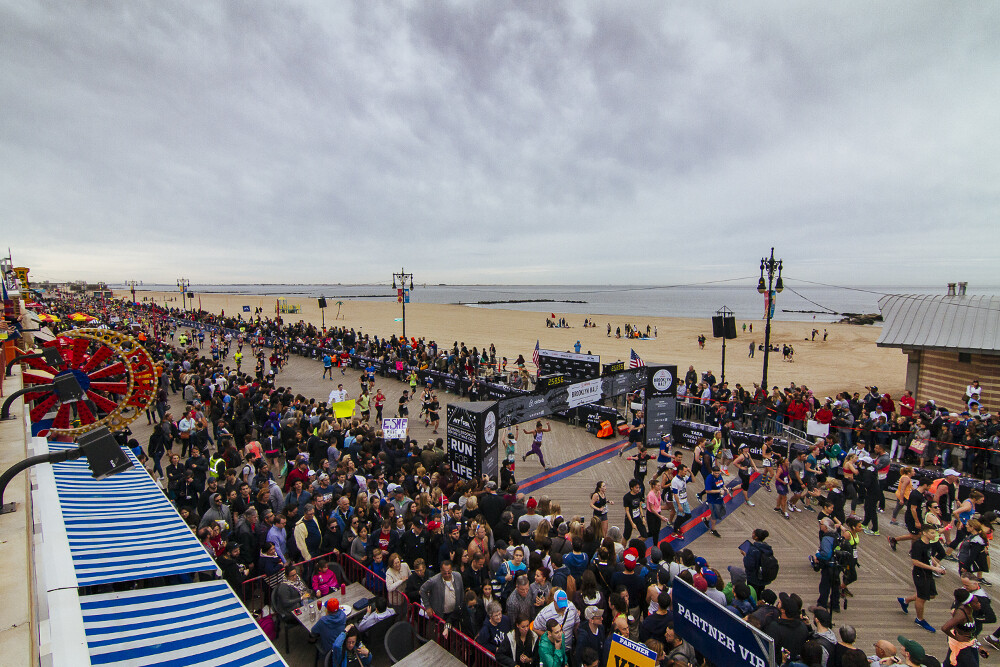
This year’s RBC Brooklyn Half Marathon takes runners on a journey through the diverse neighbourhoods of Brooklyn, with the race starting at the Brooklyn Museum, passing the Grand Army Plaza, running through Prospect Park and along Ocean Parkway to the finish line on Coney Island’s boardwalk.
RBC has been strongly committed to giving back to communities through sport since 2002. RBC is also the title sponsor of Training Ground in Canada, a talent identification and athlete funding program designed to find young athletes with Olympic potential. Then giving them the tools and resources to excel in the sport. They also sponsor many Canadian athletes like Aaron Brown, Ben Preisner and Madeleine Kelly through the RBC Olympians program that provides elite athletes with an opportunity to gain valuable career experience alongside a flexible work schedule, to allow the time necessary to train and compete on the world stage.
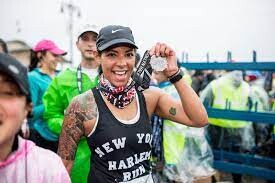
The NYRR plans to host the Brooklyn Half at its traditional time on May 14, at a full capacity of 27,000 runners.
(01/12/2022) ⚡AMPby Marley Dickinson
RBC Brooklyn Half Marathon
The RBC Brooklyn Half takes you on a 13.1-mile tour through the Borough of Kings, from Prospect Park to the Coney Island Boardwalk.NYRR is thrilled to welcome Royal Bank of Canada (RBC) as the title sponsor of the new RBC Brooklyn Half. The race starts at Prospect Park and ends with a finish like no other on the Coney Island...
more...Study says muscle memory will help you get back in shape faster
Good news for anyone getting back into an exercise routine this year: new research shows your muscle memory will help you get back into shape faster. The report, published by the American Physiology Association, found that prior muscle training can accelerate muscle growth and response to exercise, even after an extended layoff.
Exercise layoffs
Over the last two years, a lot of Canadians have struggled to find the motivation to exercise. With the closing and re-opening of gyms and canceled or postponed races, training with any kind of consistency has been a challenge. For this reason, many Canadians, whether they’re a runner or not, have gotten off track with their training or fitness goals.
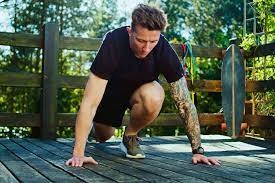
The good news is, even if you haven’t exercised in many months, your muscles still remember how to do it, and will bounce back much quicker thanks to “muscle memory.” But that’s not all — even if you’re starting a new exercise routine for the first time as an adult, you can still form muscle memory that will last for months and years to come.
Researchers at the University of Arkansas progressively trained mice on weighted wheels for eight weeks, then took them off the wheels for 12 weeks to “detrain” them. They followed this with an additional four weeks of training, alongside another group of previously untrained mice. Throughout the entire experiment, the scientists collected muscle biopsies of the mice’s muscles to look at them under a microscope.
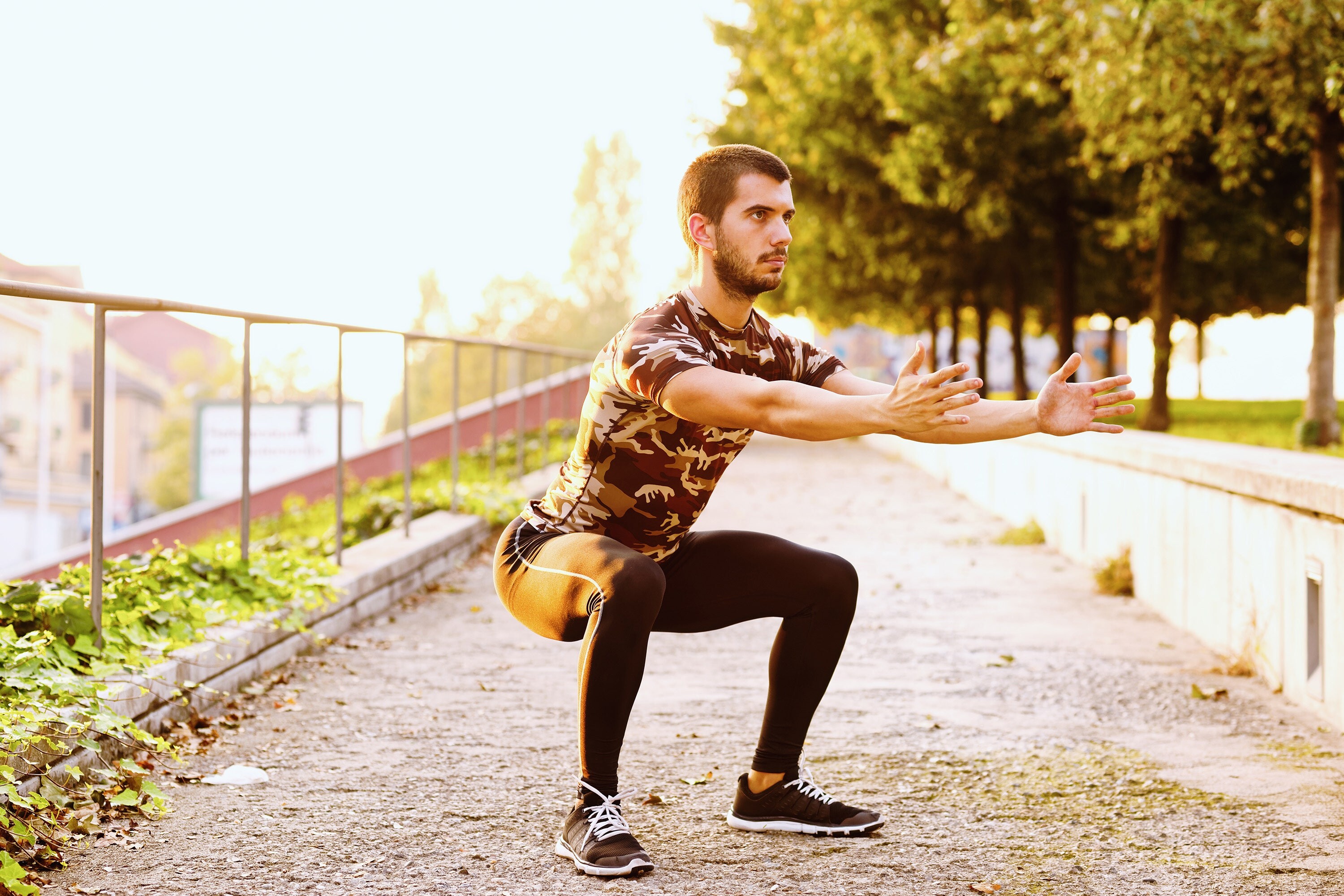
In the final, four-week training phase, the previously-trained mice saw much faster gains in muscle growth after retraining compared to the control group of untrained mice. Why? When the researchers analyzed the mice’s muscles, they found specific epigenetic changes to DNA methylation that persisted, even after a long period of detraining. In other words, exercise changed their muscles at the epigenetic level, which means it changes the way a cell responds to stimuli, without altering the genetic code.
Eight weeks of training and 12 weeks off may not sound like much to you, but that’s actually about 10 per cent of a mouse’s lifespan. When you equate that to a human lifespan, those weeks turn into years. Of course, people are different than mice, and more studies need to be done to understand how exercise affects your muscles at the epigenetic level.
“Understanding the cues that enhance muscle adaptability, specifically those at the epigenetic level, has consequences for healthy gymgoers and athletes, as well as populations susceptible to muscle dysfunction, such as those forced into inactivity as well as aged individuals,” says Kevin Murach, an assistant professor in the Department of Health, Human Performance, and Recreation in an interview.
It’s also worth noting that the mice in the study were all adults, but they still managed to add muscle mass and improve their fitness, even though they were starting the exercise routine “later in life.” The takeaway? You can improve your fitness at any age, and even if you’re not a young person anymore, your muscles can still build up a memory that will stay with them for years to come.
The bottom line
There is still a lot to be learned about how exercise affects muscles at the cellular level, but this research is encouraging for anyone who’s experienced a long layoff during the pandemic. As Murach says, “it’s better to have worked out and lost muscle, than to have not worked out at all.”
(01/12/2022) ⚡AMPby Brittany Hambleton
Josh Kerr and Ollie Hoare to clash in men's Millrose mile
Olympic 1500m bronze medalist Josh Kerr and Olympic finalist Ollie Hoare will lead the charge for the WHOOP Men’s Wanamaker Mile at the 114th Millrose Games.
Kerr became Great Britain's second fastest ever 1500m runner with his 3:29.05 medal-winning run in Tokyo. While competing at the University of New Mexico, Kerr was the 2018 NCAA champion in the mile.
“The Wanamaker Mile has always been a staple in my indoor season, there is no race like it,” said Kerr. “I’m rested and ready to get ‘stuck in’ after a successful Olympics.”
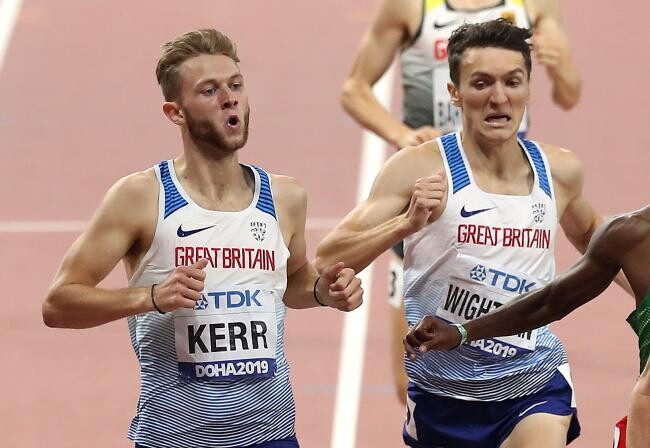
Australia's Hoare, meanwhile, placed second in the 2020 Wanamaker Mile and reached the Olympic final in Tokyo this past summer. He was the 2018 NCAA 1500m champion while at the University of Wisconsin, taking down Kerr in the process.
“The Wanamaker Mile is one of the most prestigious indoor mile races in the world,” said Hoare. “To be able to go and compete again for the third time in this event is a privilege.
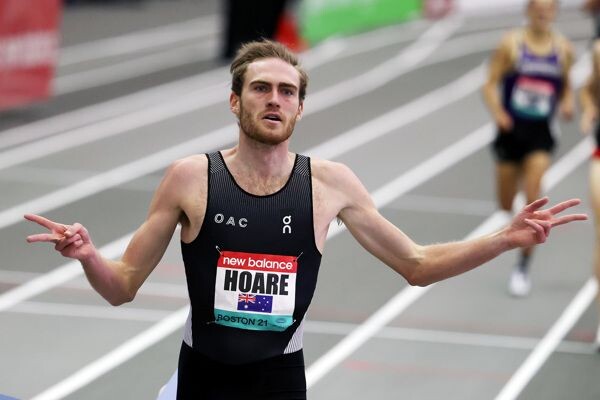
"Coach (Dathan Ritzenhein) and I are happy with where I am right now and I'm confident that I can take on whatever comes at me. Don't be surprised if you see some very fast mile times come out of New York.”
Five-time Olympian Nick Willis of New Zealand will also join the mix. The 38-year-old, who has finished as runner-up at the Wanamaker Mile three times, will be trying for a record 20th consecutive year of running a sub-four-minute mile.
There are talented US runners in the field, led by 2016 Olympic 800m bronze medallist Clayton Murphy, and he will be joined by 18-year-old Hobbs Kessler and world finalist Craig Engels, as well as Ireland's Andrew Coscoran and Canada's Charles Philibert-Thiboutot.
Rounding out the field will be Mario Garcia Romo, Henry Wynne and Colby Alexander.
Other top athletes so far announced for the Millrose Games include 2016 world indoor 60m champion Trayvon Bromell, world 100m hurdles record-holder Kendra Harrison, Olympic shot put champion Ryan Crouser, world shot put champion Joe Kovacs, Olympic 800m champion Athing Mu, Olympic pole vault champion Katie Nageotte and world indoor pole vault champion Sandi Morris.
(01/12/2022) ⚡AMPby World Athletics
NYRR Millrose Games
The NYRR Millrose Games,which began in 1908 as a small event sponsored by a local track club, has grown to become the most prestigious indoor track and field event in the United States. The NYRR Millrose Games meet is held in Manhattan’s Washington Heights at the New Balance Track & Field Center at the Armony, which boasts a state-of-the-art six-lane,...
more...After two year-break Mainova Frankfurt Marathon returns on October 30
Following a two-year break because of the Corona Pandemic organisers of the Mainova Frankfurt Marathon are confident that their race will return on 30th October. First held in the spring of 1981 with over 3,000 participants the event is Germany’s oldest city marathon. Over 14,000 marathon runners competed in 2019 when the race was last held. The former Gold Label Road Race, which is now an Elite Label Road Race of World Athletics, will have a new sports sponsor this year: Hoka One One. Online entry for the 39th edition of the Mainova Frankfurt Marathon is possible from now on at: www.frankfurt-marathon.com
Hoka One One, a division of Deckers Brands, has been named as an official sportswear partner of the Mainova Frankfurt Marathon for five years. Commencing in 2022, Hoka’s official partner status aims to enhance participants’ experience and help to further broaden interest in the event, engaging with its strong following in the running community.
The imposing Frankfurt skyline sets the stage for Frankfurt's largest street festival with many bands and stages, presenters, and music groups entertaining the runners along the route. As they approach the finish line, participants run the red carpet into the historic Frankfurt Festhalle - a spectacular indoor finish.
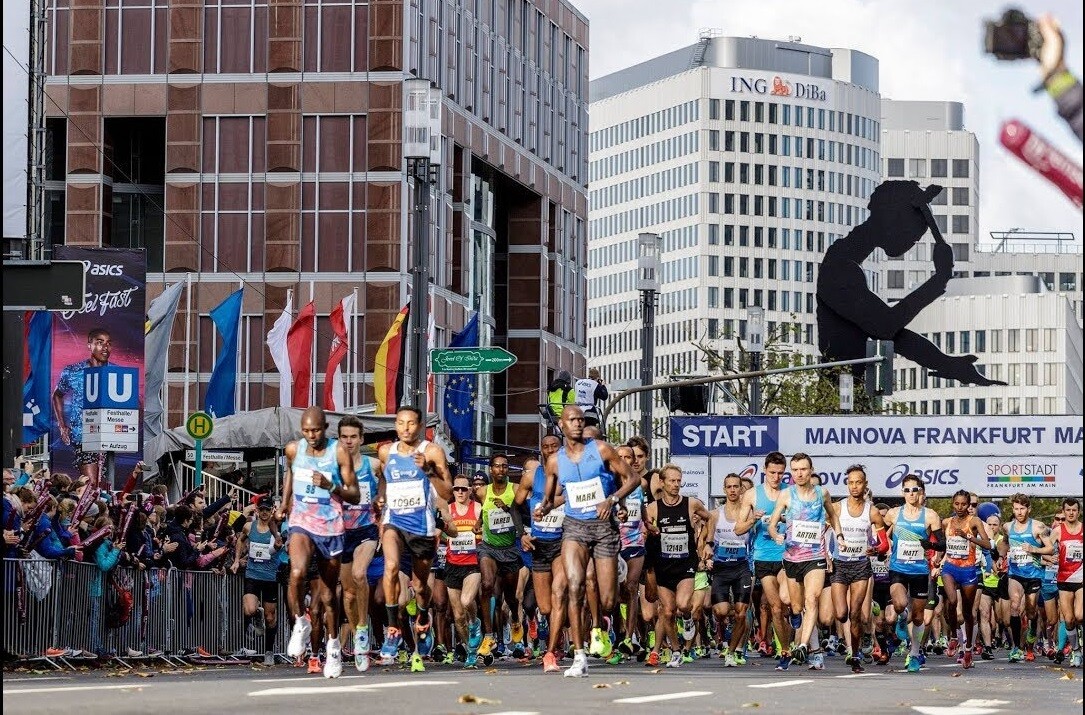
The Mainova Frankfurt Marathon has been recognized as a Gold Label Road Race by World Athletics and is also one of the most environmentally friendly marathons worldwide, winning the ‘AIMS Green Marathon Award’ in 2014 in recognition of this.
“In Hoka, we have found a strong partner for the further development of the Mainova Frankfurt Marathon. As experts in innovation and quality in the field of running, we are very much looking forward to working together over the coming years. We are particularly impressed that Hoka are dedicated to strongly supporting our efforts in environmental initiatives for a sustainable marathon. We are therefore very much looking forward to the partnership, from which our participants will certainly benefit. After two tough years in which the Mainova Frankfurt Marathon unfortunately could not take place due to the Corona Pandemic, we are now looking forward with confidence. The partnership with Hoka will give us new momentum for the coming years,“ said Race Director Jo Schindler.
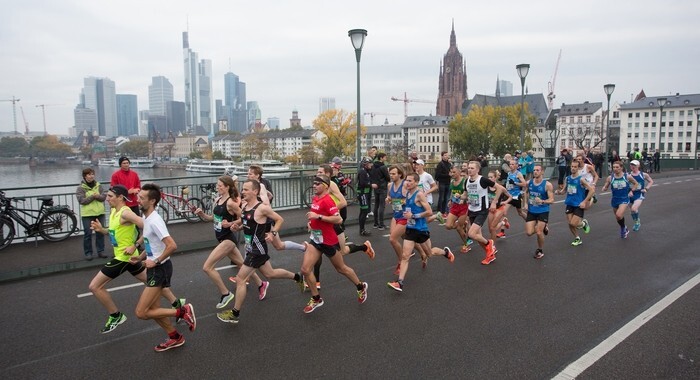
Mike McManus, Director of Global Sports Marketing, added: “As the longest established race in Germany, Hoka is thrilled to be announcing our support of the historic Mainova Frankfurt Marathon. We are committed to bringing an outstanding running experience to the participants, and to enhancing this already world-class event with our commitment to bold innovation and our love of the sport.”
Through its support of this event, Hoka aims to ignite its ambitions in Europe and beyond, in line with its mission of empowering all athletes to feel like they can fly. As well as the creation of a world-class customer experience, the focus will be using this incredible platform to raise awareness amongst new and existing Hoka fans about the brand and its products.
More Information and online entry are available at: Frankfurt-Marathon.com.
(01/12/2022) ⚡AMPMainova Frankfurt Marathon
Frankfurt is an unexpectedly traditional and charming city, with half-timbered buildings huddled in its quaint medieval Altstadt (old city), cosy apple wine taverns serving hearty regional food, village-like neighbourhoods filled with outdoor cafes, boutiques and street art, and beautiful parks, gardens and riverside paths. The city's cache of museums is second in Germany only to Berlin’s, and its nightlife...
more...Something you might not know about this past world mile record holder
Aside from perhaps Roger Bannister (a 4:52 high school miler who PRed at 3:59.4) or John Landy (a 4:43.8 kid who eventually went 3:58), you'd be hard pressed to find another 'more improved' miler than Dick Buerkle.
As a Rochester, NY schoolboy, Dick's PB was but 4:28 (and just 10:01 for 2 miles)...yet, he somehow managed to later produce a quite remarkable 3:54.93, to become the unlikliest of all one mile world record holders.
(01/11/2022) ⚡AMPby Mike Fanelli
2022 Little Rock Marathon calls for volunteers to help celebrate its 20th anniversary
The Little Rock Marathon is calling on the community for volunteers to help celebrate its 20th anniversary.
According to the Marathon executive director Geneva Lamm, it takes more than 2,000 volunteers and 60 sponsors to make the event happen each year.
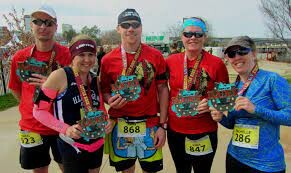
“The Little Rock Marathon is one of the biggest events in Arkansas, and we couldn’t make it happen without the help of our tremendous volunteers,” Lamm said. “Volunteering is one of the best ways to experience all the excitement of race weekend.”
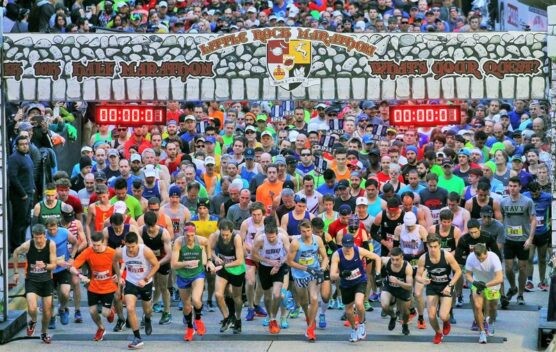
Organizers are asking volunteers to fill positions like registration workers, marathon aid stations workers, health and fitness expo volunteers, entertainers on the racecourse and workers for runner services and gear checks.
The weekend includes multiple races, including a free two-day health and fitness expo, the Little Rock Marathon, the Little Rock Half Marathon, the Little Rock 10k and the Little Rock 5k, organizers said.
(01/11/2022) ⚡AMPby Alexis Nalley
Little Rock Marathon
The mission of the Little Rock Marathon is provide a premier event open to athletes of all abilities, while promoting a healthy lifestyle through running and walking and raising money for Little Rock Parks & Recreation. Since inception in 2003, more than $1,093,000 has been donated to Little Rock Parks & Recreation. Little Rock Marathon Race Weekend is held the...
more...Olympic Medalists Will Headline 2022 Boston Marathon Women’s Field
Peres Jepchirchir of Kenya, the 2021 Olympic gold medalist in the marathon, and her countrywoman Joyciline Jepkosgei, who ran the fastest marathon of 2021, 2:17:43, when she won the London Marathon, headline the Boston Marathon elite women’s field for 2022.
American Molly Seidel, who won Olympic bronze last summer, will also line up in Hopkinton on April 18.
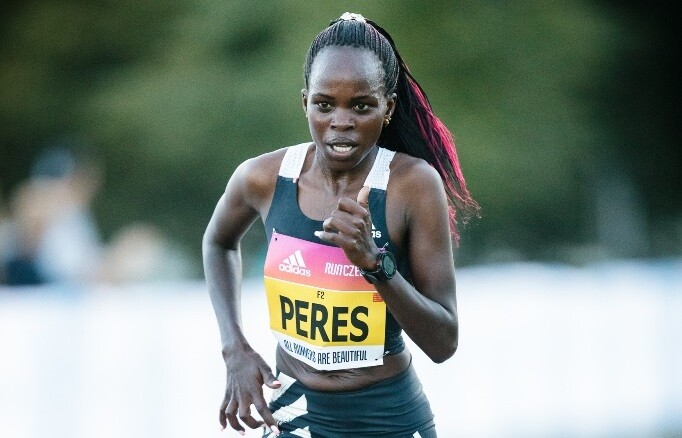
The race marks the 50th anniversary of the first official women’s field at the Boston Marathon. This year’s elite women entrants include Olympic and Paralympic medalists, World Major Marathon champions, and sub-2:20 marathoners.
The race will include four Ethiopians with sub-2:20 credentials: Degitu Azimeraw, Roza Dereje, Zeineba Yimer, and Tigist Girma.
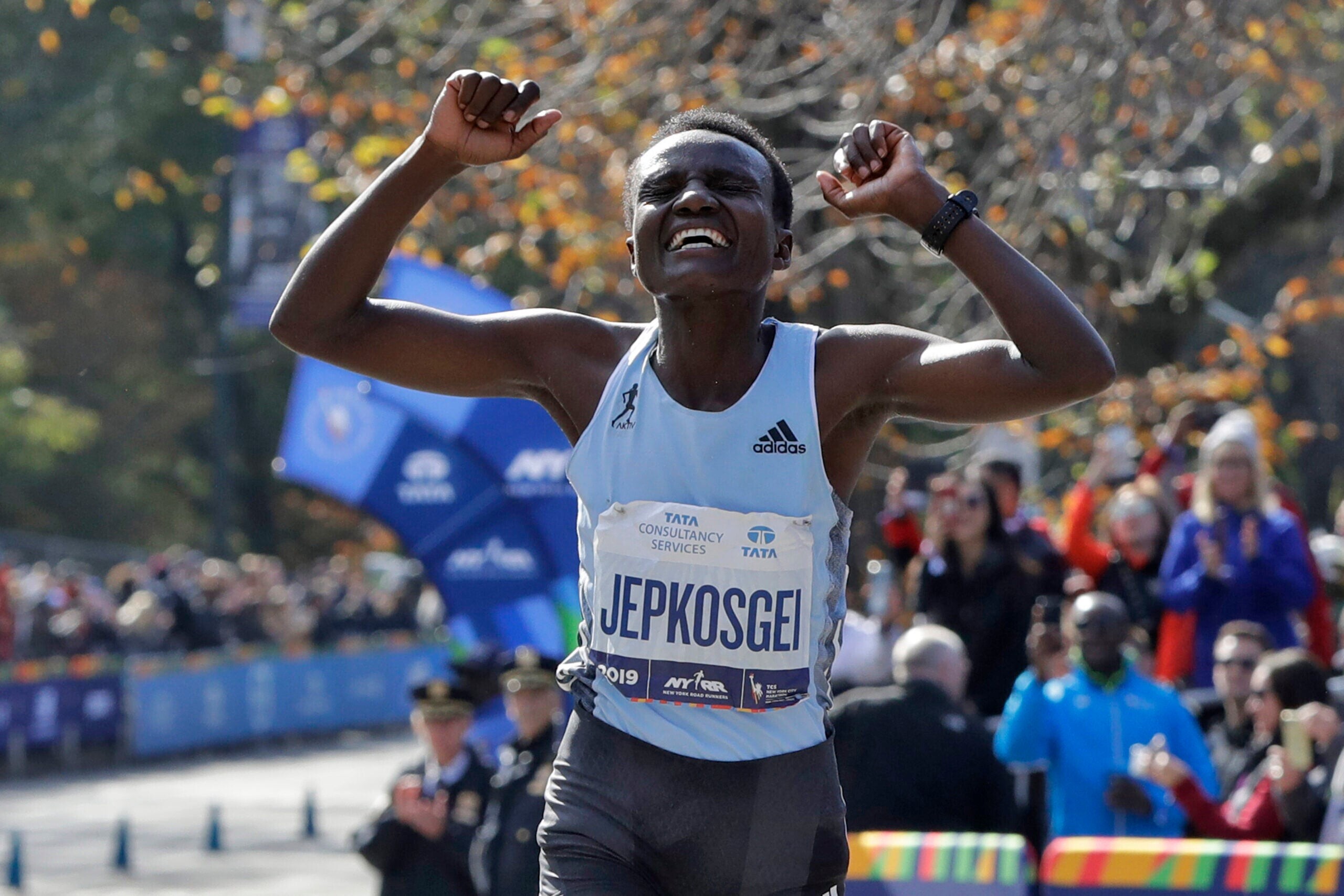
Former Boston Marathon champions Des Linden (2018) and Edna Kiplagat (2017) will race, as will Mary Ngugi of Kenya, who was third in Boston last October.
In addition to Linden, Sara Hall, who is the second-fastest woman in American marathoning history, is part of a strong crop of American talent. Nell Rojas, who was the top American finisher at Boston last year, and top-10 2020 Olympic Trials finishers Kellyn Taylor and Stephanie Bruce are also scheduled to run.
Other notable competitors include Canadian Olympian and national record-holder Malindi Elmore, two-time Canadian Olympian Natasha Wodak, and Charlotte Purdue, who is the third-fastest woman in British marathon history.
The Boston Marathon benefits from being the only World Marathon Major race on the calendar in the spring.
“As we look to celebrate the trailblazing women of 1972, we are delighted to welcome the fastest and most accomplished women’s field in the history of the Boston Marathon,” BAA President and CEO Tom Grilk said in a press release. “Though there have been many milestones in the five decades since the women’s division was established in Boston, this field of Olympic and Paralympic medalists, Boston champions, and global stars will make this a race to remember on Patriots’ Day.”
Elite field
Peres Jepchirchir (KEN) 2:17:16Joyciline Jepkosgei (KEN) 2:17:43Degitu Azimeraw (ETH) 2:17:58Roza Dereje (ETH) 2:18:30Zeineba Yimer (ETH) 2:19:28 Edna Kiplagat (KEN) 2:19:50Tigist Girma (ETH) 2:19:52Maurine Chepkemoi (KEN) 2:20:18Sara Hall (USA) 2:20:32Desiree Linden (USA) 2:22:38Viola Cheptoo (KEN) 2:22:44 Purity Changwony (KEN) 2:22:46Charlotte Purdue (GBR) 2:23:26Kellyn Taylor (USA) 2:24:28Molly Seidel (USA) 2:24:42Malindi Elmore (CAN) 2:24:50Mary Ngugi (KEN) 2:25:20 Monicah Ngige (KEN) 2:25:32Natasha Wodak (CAN) 2:26:19Nell Rojas (USA) 2:27:12 Stephanie Bruce (USA) 2:27:47Dakotah Lindwurm (USA) 2:29:04Roberta Groner (USA) 2:29:09Angie Orjuela (COL) 2:29:12Bria Wetsch (USA) 2:29:50Maegan Krifchin (USA) 2:30:17Elaina Tabb (USA) 2:30:33Lexie Thompson (USA) 2:30:37Kate Landau (USA) 2:31:56
(01/11/2022) ⚡AMP
by Chris Hatler
Boston Marathon
Among the nation’s oldest athletic clubs, the B.A.A. was established in 1887, and, in 1896, more than half of the U.S. Olympic Team at the first modern games was composed of B.A.A. club members. The Olympic Games provided the inspiration for the first Boston Marathon, which culminated the B.A.A. Games on April 19, 1897. John J. McDermott emerged from a...
more...Five rules every new runner should follow
Starting a new running routine isn’t easy. Do a quick Google search and you’ll get an unending number of (often conflicting) sources telling you what you should and shouldn’t do, leaving your head spinning and making you question if this sport is right for you. Before you get overwhelmed and give up, let us help you out. These five rules will help you stay consistent in your new routine so that you can progress and feel confident in yourself.
1.- You’re allowed to take walk breaks
Many runners (new and old) mistakingly believe that taking walk breaks during their runs somehow makes them non-runners. We promise — if you take a couple of walk breaks during a run, it still counts as a run. In fact, for many beginners, walk-running is the best way to ease yourself into a new running routine, both physically and mentally. If running 5K nonstop sounds terrifying to you, try instead running for five minutes and walking for five minutes for a total of 30 minutes. As you get fitter, you can gradually walk less and run more until before you know it, you’re crushing your first 5K.
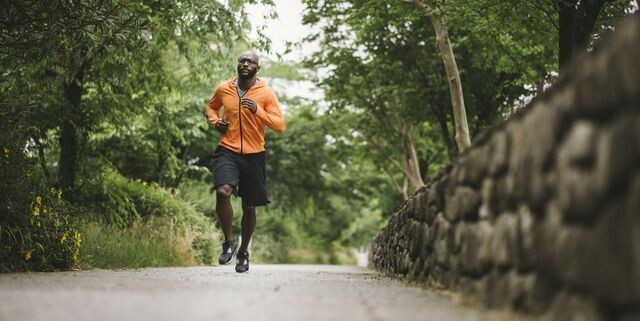
2.- You’re not always going to feel like running, and that’s OK
Another common misconception new runners have is that veterans of the sport always feel like going for a run and never struggle with motivation. This could not be further from the truth. Runners of all levels, right up to Olympians, have days when they’d rather stay in bed than push themselves out the door for a run.

If you have a day (or two, or three) when you aren’t in the mood, there’s nothing wrong with you. It also doesn’t mean you should throw in the towel. When your motivation wanes, try convincing yourself to go out and run (or walk/run) for just 10 minutes. Chances are, once you get out there you’ll feel better and want to keep going. If you don’t, a 10-minute run can still have a positive impact on your health and your mood.
3.- Don’t give up just because you missed one run
On that note, if you have a day when you succumb to your lack of motivation, don’t beat yourself up about it and definitely don’t give up. Give yourself a little pep talk and get out there the next day. Missing one, or even two or three runs doesn’t mean your entire goal of starting a new running routine is ruined.
4.- You don’t have to run fast all the time
In fact, you shouldn’t. Many new runners think they have to get out there and run as hard as they can, or else they didn’t get a good workout. This approach will almost always lead to injuries and burnout. Start slow, start small, and build yourself up. Learn to enjoy running first, then add the speed in later.
5.- Don’t compare yourself with others
Apps like Strava, RunKeeper and other fitness trackers can be a great way to stay motivated, but they do have downsides. It’s easy to look at what others are doing and get discouraged because you see them running farther and faster than you, which can be de-motivating and cause you to give up. On the flip-side, you risk getting stuck in the comparison trap and end up pushing yourself harder than you should.
Don’t compare yourself to what other runners are doing, especially when you’re first starting out. You have no idea what their running history is or what their goals are. Do what you can with what you have starting from where you are, and progress at a pace that feels healthy and sustainable for you.
(01/11/2022) ⚡AMPby Brittany Hambleton
Olympic and world medalist Deon Lendore dies at the age of 29
World Athletics is deeply saddened to hear that Trinidad and Tobago’s Olympic and world 4x400m medalist Deon Lendore has died at the age of 29 in a car accident.
The three-time Olympian, who anchored his nation to relay bronze at the 2012 Games in London, also claimed two world indoor 400m bronze medals and a 4x400m medal of the same color.
Born in Mt Hope on October 28, 1992, the sprinter started out at local club Abilene Wildcats before moving to the United States to take up a scholarship at Texas A&M University.
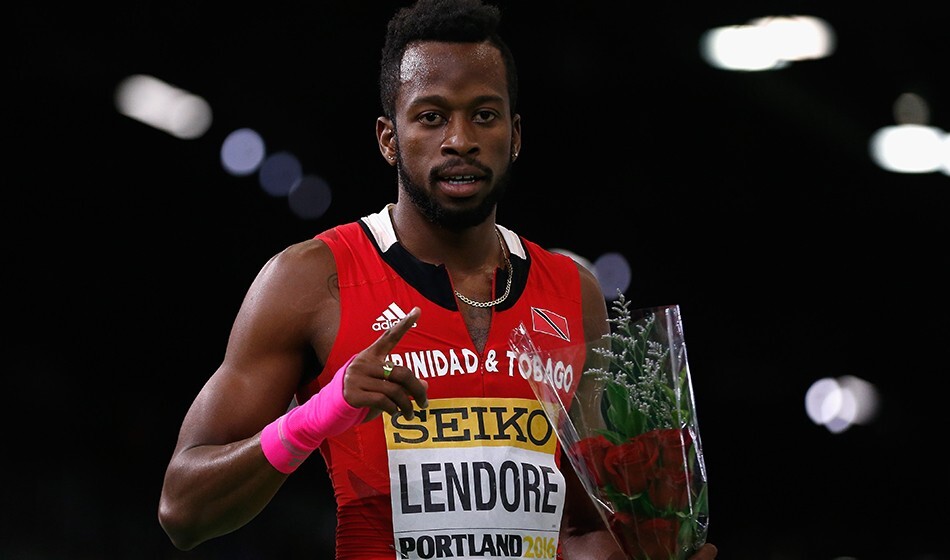
He made his global debut at the 2009 World U18 Championships in Bressanone and competed at the World U20 Championships in Moncton in 2010. The following year he ran at his first senior World Athletics Championships in Daegu and less than 12 months later, at the age of 19, he made his Olympic debut in London.
After racing in the 400m heats in the UK capital, Lendore helped the Trinidad and Tobago team to two national 4x400m records, as they first won their heat and then improved again to claim the bronze medal behind the Bahamas and USA, with Lendore holding off Great Britain’s Martyn Rooney on the anchor leg.
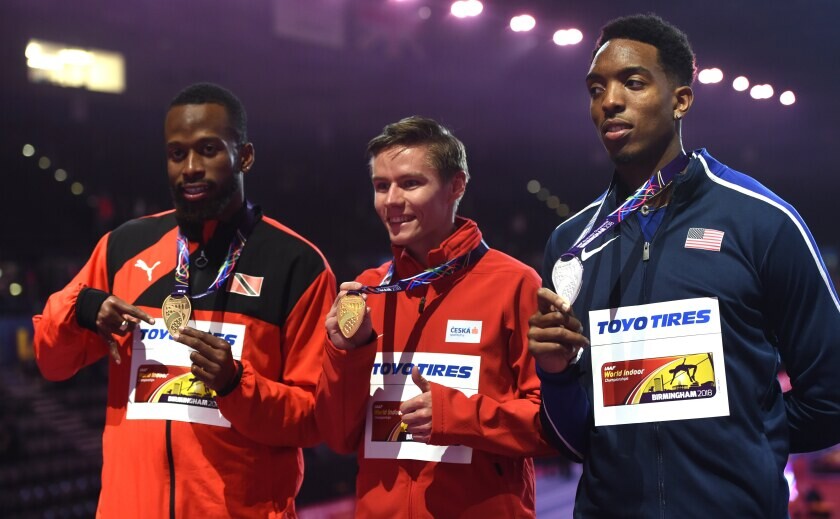
He dipped under 45 seconds for 400m for the first time in 2013, running 44.94 to claim NCAA silver, and improved to his PB of 44.36 the following year. Lendore was unbeaten in individual events in 2014, counting the NCAA 400m titles among his victories, and he later received The Bowerman award. The 45.03 PB he ran indoors that year remains the national record.
Lendore claimed his first world medal in 2015, when he formed part of Trinidad and Tobago’s silver medal-winning squad in Beijing, and he secured two world indoor medals the following year, gaining bronze in both the 400m and 4x400m in Portland. He repeated his 400m feat indoors in Birmingham two years later and in 2019 he ran the opening leg as part of Trinidad and Tobago's winning 4x400m performance at the World Athletics Relays in Yokohama.
After his second Olympic appearance in Rio in 2016, Lendore competed at his third Games in Tokyo in 2021, helping his team to eighth place in the 4x400m final and reaching the 400m semifinals. He went on to finish third in the Wanda Diamond League 400m final in Zurich last September.
"Words cannot adequately express our sadness at the devastating and untimely loss of three-time Olympian and Olympic and World Championships bronze medalist Deon Lendore, who has been an inspiration and motivation to us all both on and off the track," read a tribute from the Trinidad and Tobago Olympic Committee.
"Deon has flown the Trinidad and Tobago flag with pride, honor, patriotism and an indomitable will throughout his career while helping and inspiring many. We express our deepest and heartfelt condolences to his family, friends, teammates, coaches, Abilene Club, Community of Arima and all who he would have touched.
"It is a sad day for the Trinidad and Tobago Olympic and Commonwealth Sport Movement."
(01/11/2022) ⚡AMPby World Athletics
Colorado runner Brittany Charboneau climbed to the top of the podium on four occasions this past weekend at the Disney Marathon Weekend in Orlando Florida
Brittany Charboneau swept all four of the Walt Disney World Marathon weekend races, becoming the first person to top the 5K, 10K, half marathon and marathon finishers in the event’s 29-year history. That’s a combined 48.6 miles of running on consecutive days known as the “Dopey Challenge.”
She completed the marathon in 2 hours, 45 minutes, beating runners from all over the world who competed in Disney-themed costumes. On Thursday she won the 5k clocking 17:36, Friday the 10k in 36:36, the half marathon Saturday in 1:19:18 and then the marathon on Sunday.
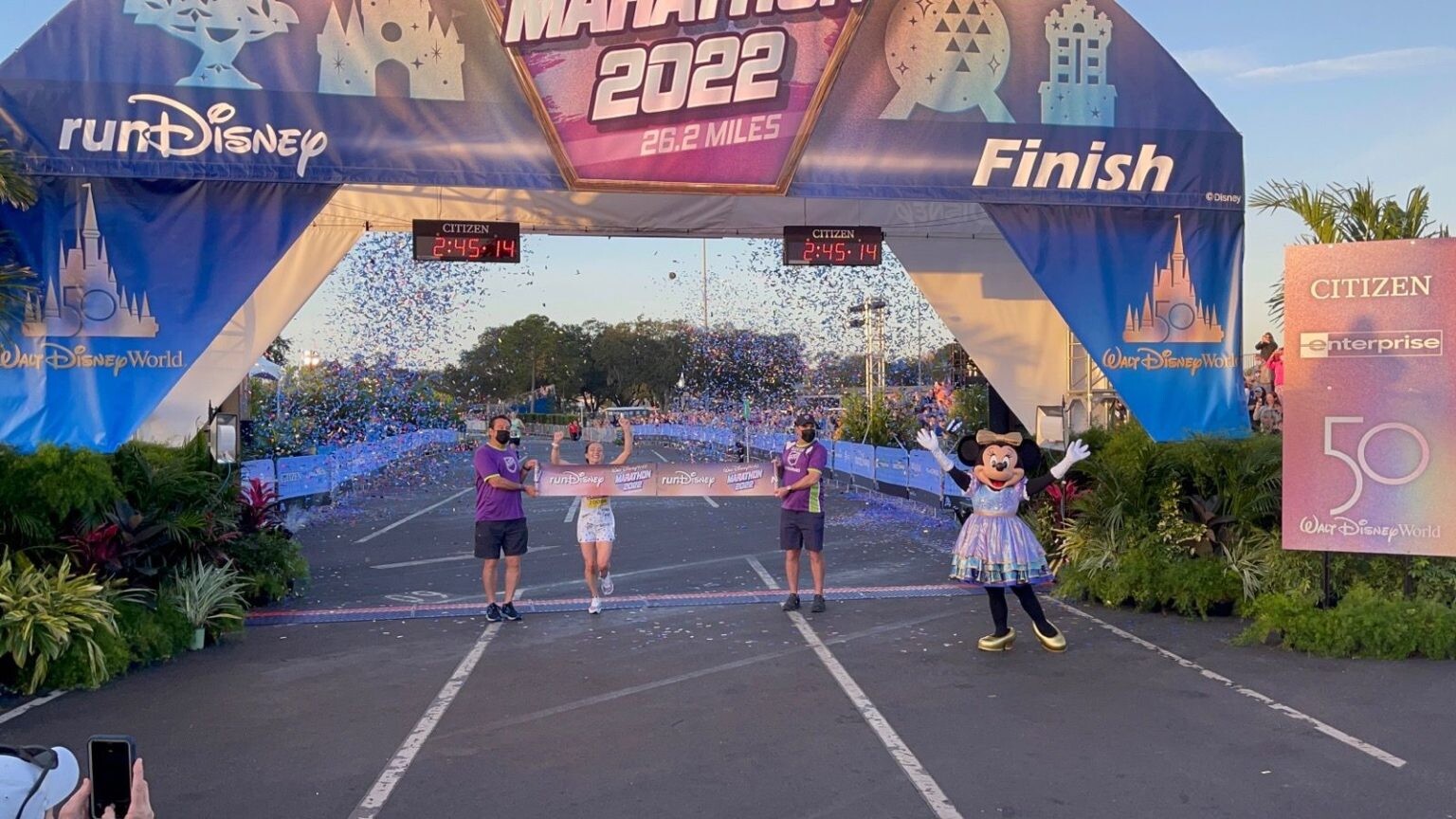
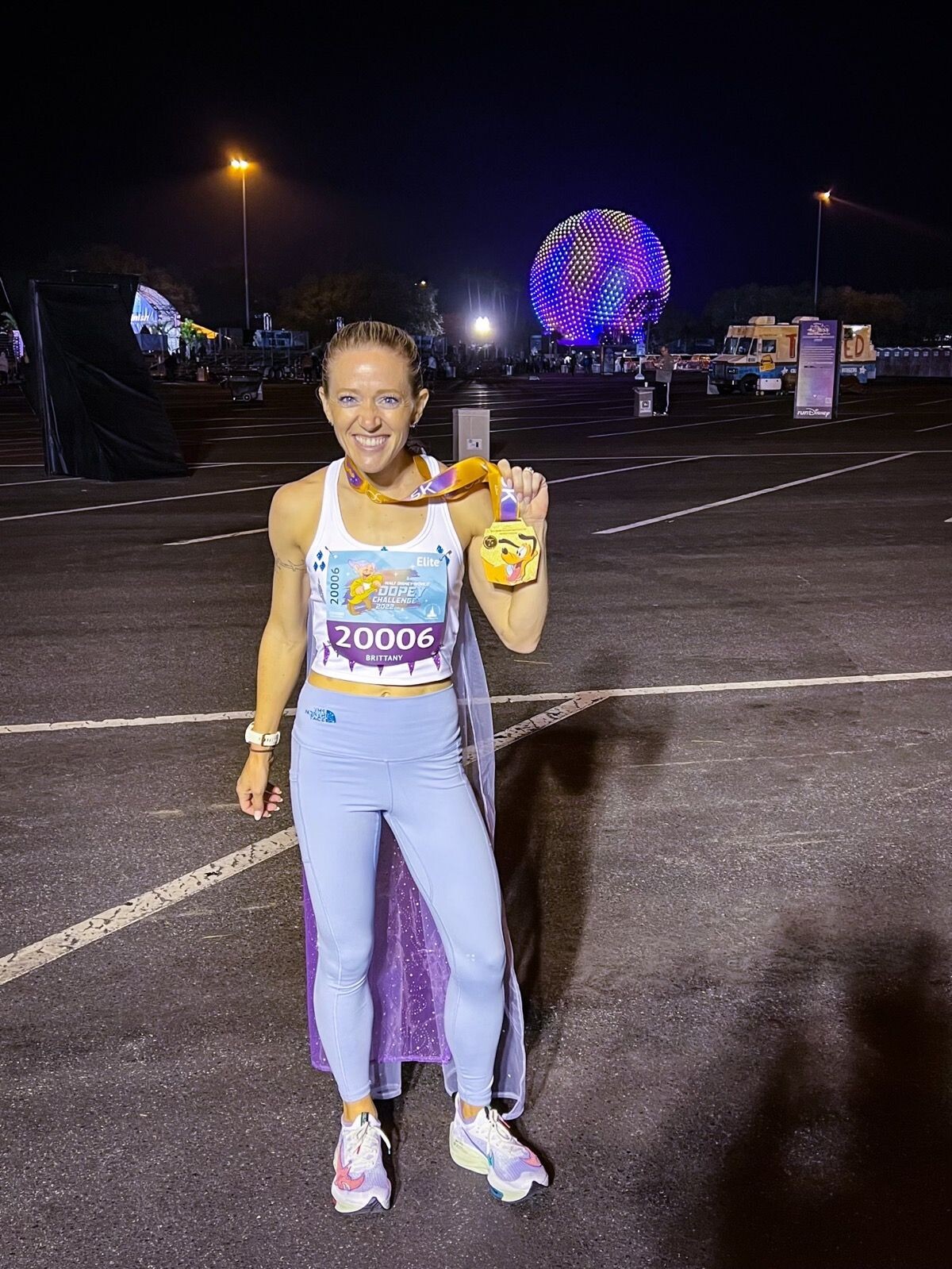
The 33-year-old aspiring Olympian from Denver said she decided to tackle the Disney races after suffering an injury in training and enduring a difficult run at the Boston Marathon in October. She wanted something fun to look forward to after a tough race.
“I feel amazing,” she said Sunday. “This was such a mental-win weekend for me. My goal was never to win all of these. My goal was to go out, wear costumes and have an amazing time.”
Charboneau started running when she was 13, competing in cross country and track in high school and as a walk-on her junior and senior years at Colorado State University. It took her 15 years to win her first race. She finished first in the Chi Town Half Marathon in 2015 in Chicago.
When she won a marathon in Denver in 2017, she quit her sales and marketing job and focused full time on running. In 2020, she finished 13th in the U.S. Olympic Marathon Trials, recording her personal best marathon time of 2 hours, 33 minutes.
"The reason I wanted to do this is to remind people you can have big goals, but you can have fun with it,” she said.
When she’s not running, Charboneau enjoys doing improv and sketch comedy. Her nickname is “The Funny Runner.”
In the men’s marathon, Vanilson Neves of Brazil finished first, completing the race in 2 hours, 30 minutes.
(01/10/2022) ⚡AMP
Walt Disney World Marathon Weekend
Come join Mickey and friends for an extraordinary race weekend—put your endurance through the paces, enjoy amazing entertainment and earn commemorative medals. Dare to test your limits? Try a multi-race challenge for the chance to earn even more medals. No matter your skill level, you'll be a part of a community of fun-spirited runners—uniquely Disney! ...
more...World indoor record-holder Gudaf Tsegay will returns to Lievin, venue of world indoor record
Organizers of the Meeting Hauts-de-France Pas-de-Calais have confirmed that world indoor record-holder Gudaf Tsegay will compete in the mile at the World Athletics Indoor Tour Gold meeting in Lievin on February 17.
The 24-year-old Ethiopian got her 2021 indoor campaign under way in the French town last year, stunning the athletics world by smashing the world indoor 1500m record with 3:53.09.
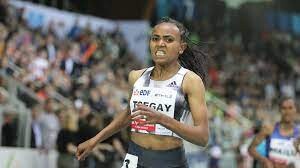
In the weeks that followed, she clocked world-leading indoor PBs of 1:57.52 for 800m and 8:22.65 for 3000m. She went on to set outdoor PBs of 3:54.01 for 1500m, a world-leading 14:13.32 for 5000m, and 29:39.42 for 10,000m. She capped her season by taking bronze over 5000m at the Olympic Games in Tokyo.
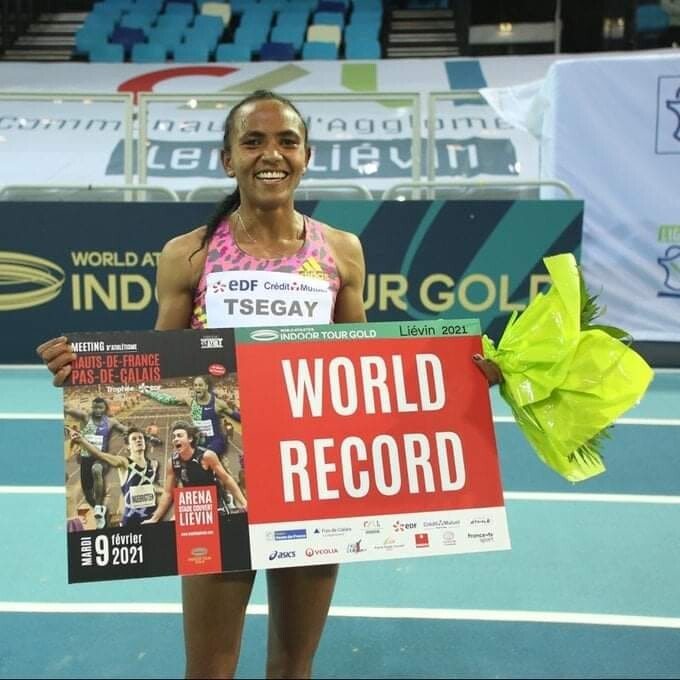
Tsegay hasn’t contested an indoor mile since 2016 when she set her current PB of 4:24.98. Her outdoor best stands at 4:16.14, set in 2018, but her form in recent years suggests that the world indoor record of 4:13.31, set by Genzebe Dibaba in 2016, could be under threat.
The Meeting Hauts-de-France Pas-de-Calais is one of seven Gold-level World Indoor Tour meetings this year. Last year’s edition was highlighted by world-leading performances from Jakob Ingebrigtsen over 1500m and Getnet Wale over 3000m, plus a 60m victory from Marcell Jacobs. The Italian, who went on to win Olympic 100m gold, will also be back in Lievin next month
(01/10/2022) ⚡AMPby World Athletics
How do most runners avoid getting injured
Cooler weather means people will be headed outdoors for outside activities. Runners especially love this time of year. The wide variety of upcoming races in the Valley give runners extra motivation to step up their game.
Increased training and activity also ups the potential for race-related injuries.
Here are some common problems runners experience and some measures to help prevent them.
Runner’s knee
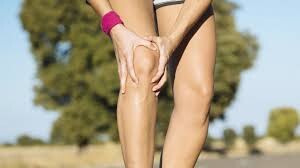
According to a survey done by Runner’s World, about 40 percent of all running injuries involve the knee.The most common knee injury is patellofemoral pain syndrome, also known as “runner’s knee.” It occurs when the cartilage beneath the kneecap becomes irritated or inflamed.
You can avoid runner’s knee by doing a few things:
Keep thigh muscles strong and limber with regular exercise.
Avoid running on hard surfaces, such as concrete.

Buy high-quality running shoes and discard them when they begin to break down or wear unevenly.
A certain amount of soreness and stiffness is to be expected with increased training. Signs and symptoms of something more serious may include:
Popping or crunching noises
Inability to fully straighten the knee
Inability to bear weight on your knee
Feel as if your knee “gives out”
Knee feels “locked” and cannot be straightened or flexed
Minor knee pain can be treated with physical therapy and anti-inflammatory medicine. If pain persists or worsens, additional treatments such as corticosteroid injection, knee viscosupplementation, or stem cell injection may be needed. Novocur also offers radiofrequency ablation, which usually provides pain relief for 6-12months.
2.- Achilles tendonitis
The Achilles tendon stretches between the heel and calf muscles. When overstressed, the tendon becomes irritated and painful. This injury must be rested and rehabbed to prevent it from becoming more severe.
Icing regularly and taking anti-inflammatory painkillers such as ibuprofen or naproxen are the typical treatments.
This injury usually occurs when someone quickly increases a workout regimen. Prevention involves a more gradual pace of increase, along with exercises to strengthen calf muscles and stretching before and after workouts.
Hamstring problems
These painful muscle injuries usually occur after a sudden acceleration during running. They range from minor strains to major tears and treatment can be as simple as a few days’ rest or as involved as several months of intensive physical therapy.
The best way to prevent hamstring pulls is through strengthening and flexibility exercises. A period of warmup and stretching before the intended athletic activity is best to maximize flexibility.
IT band issues
The iliotibial (IT) band stretches along the outside of the thigh from the hip to the knee.
“When you run, your knee flexes and extends, which causes the IT band to rub on the side of the femur,” explains Runner’s World.
This spot is susceptible to irritation during downhill running or if you significantly increase your workout.
A Stanford research study found weak hip and butt muscles are primary contributors to IT band problems. As a result, the recommended preventive behavior is to strengthen those muscles with appropriate exercise.
Plantar fasciitis
This is a fancy name for painful heels. Symptoms usually start with mild pain on the heel bone that feels like a bruise. If not treated early, it can eventually result in knee, hip and back pain because you will change the way you walk to relieve pressure on the heel.
A combination of stretching and applying ice to the area is recommended for plantar fasciitis. Also, keeping weight off the affected foot is helpful.
There are many stretching exercises that can help relieve or prevent this injury. The objective is to strengthen the foot and calves and stretch the Achilles tendon.
Unfortunately, no matter how careful you are and in spite of all your preparation, injuries happen. Sometimes you can overcome them with rest and home treatments. But if symptoms persist or the pain increases, seek treatment from a pain specialist familiar with running injuries. It can help you get back on track.
(01/10/2022) ⚡AMPby Dr. Alex Bigham
I have learnt my lesson, Elijah Manang'oi says after return from ban
The 2017 world 1,500m champion Elijah Manang'oi says he is now enlightened about the importance of adhering to the 'Whereabouts Rule' as part of anti-doping regulations.
Manang'oi was banned for two years in November 2020 after a whereabouts violation, which requires elite athletes to provide a definite location and time during which they can be easily located for impromptu drug tests by anti-doping officials.
"I have learnt my lesson and now know what 'whereabouts' is. I know how to fill it and I have enlightened myself on the rules of AIU. It has not been easy being away but I am happy to be back. I am a human being and it could happen to anybody," the 2018 Africa 1500m champion said.
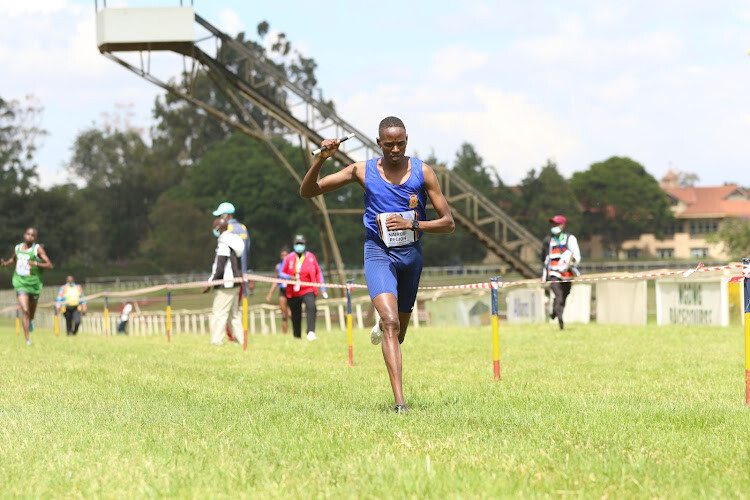
Manang'oi urged upcoming athletes to learn from his experience and take due diligence to obey all the rules laid down by anti-doping agencies.
"They need to know the rules of AIU and World Athletics and this will enable them achieve their dreams. These matters may seem small but when you fall afoul, it can be a big blow. It is better for you to fill your 'whereabouts' rather than let someone else do it," he said.
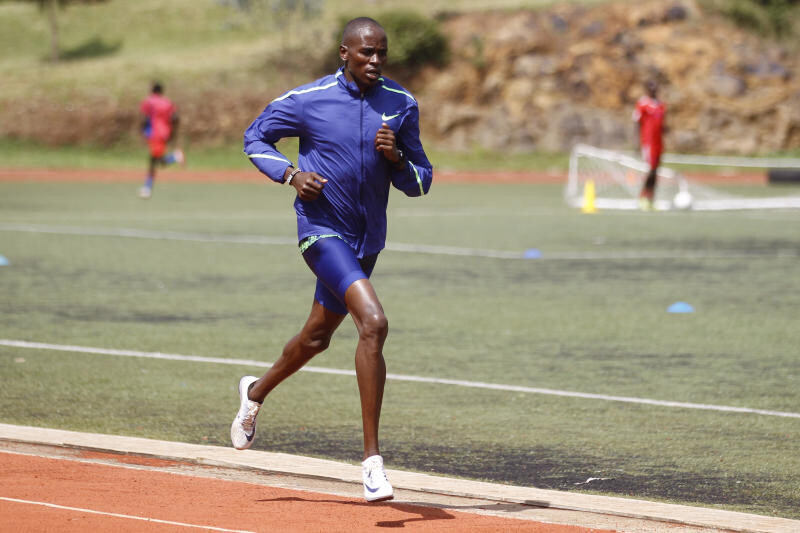
The 1500m Commonwealth champion added: "To the upcoming athletes, they can take inspiration from me. I have been a world and Commonwealth champion but I have also been suspended so they can learn a lot from my life."
During his time out of action, the Tokyo Olympics has come and gone, among other competitions.
However, Manang'oi says he will not cry over spilled milk but is focused on upcoming events.
"It was a bit challenging being in training without any prospect of competing. Of course, the Olympics came and went, in addition to other competitions I would have loved to participate in. Nonetheless, there will be many other events coming up and that is where my mind is," he said.
The 2015 world 1500m silver medalist was among competitors at Friday's National Police Service Cross Country Championship, at Ngong Racecourse where his Nairobi Team won the mixed relays.
He urged Kenyan athletes to use the cross country season as a buildup for subsequent track and field activities.
"I love to compete in any local competition because it gives you an idea of where you are in your preparations. It is also a chance to meet other athletes and just compare notes on our respective careers," he concluded
(01/10/2022) ⚡AMPby Omondi Onyatta
How to make a running mantra, for when you need a little motivational self-talk to get you to the finish line
Running is as much mental as it is physical. When you reach the inevitable part in a workout or race when your body wants to give up, it’s your mind that gets you to the end. Developing mental strength is no easy task, and requires constant work to maintain.
Creating a running mantra can help silence negative thoughts and encourage you to push through tough spots, but not just any random combination of words will do. Not sure how to create a mantra of your own? We’re here to help.
Why do mantras work?
It’s very easy for negative thoughts to creep in when you’re completing a hard workout or running a race. As you start to fatigue, thoughts telling you you’re too tired, you’re not good enough, you won’t reach your goal or that you should quit can get louder and louder to the point where it’s difficult to hear anything else. That’s when a mantra comes to your rescue. Having a mantra ready and waiting for when you need it most requires very little thinking or mental energy, but repeating it can drown out the negative thoughts going on in your head.
In fact, a 2017 study found runners who were completing a 60-mile (95Km) overnight race reported that using a mantra was helpful both in training and racing, and continued to use their mantras even after the study was complete.
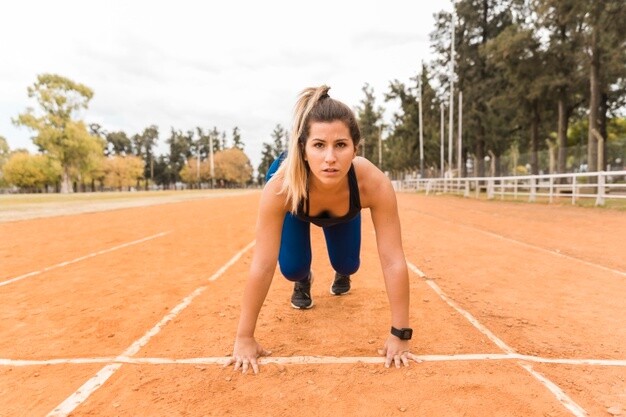
The anatomy of a good mantra
A mantra can be whatever you want it to be, but there are a few things to keep in mind if you want it to be effective. Use these guidelines to create your own personalized motivational mantra:
It should be short. You want your mantra to be easy to remember and easy to repeat, so a long-winded phrase is not a great option here. Usually one or two affirmative words that bolster your confidence is all you need.
Use your struggles as inspiration. Do you lack confidence in yourself in the later stages of a race? Do you get stressed or begin to panic when it starts to get difficult? These are the things you want your mantra to address. If you lack confidence, a simple phrase like “I am strong” or “I can do hard things” can remind you what you’re capable of. If you start to feel stressed during the race, something like “stay calm, stay relaxed” could be exactly what you need to turn those feelings around.
Remind yourself why you’re doing this in the first place. When you get to the hard part of a run, workout or race, you might find yourself asking why you do this at all. In this case, you could use your mantra to remind you why you’re out putting one foot in front of the other. For example, “I’m loving this challenge,” or even simple, “I am a runner,” can remind you that you love the sport, and turn it around in your mind to be a fun experience.
Examples of elite mantras
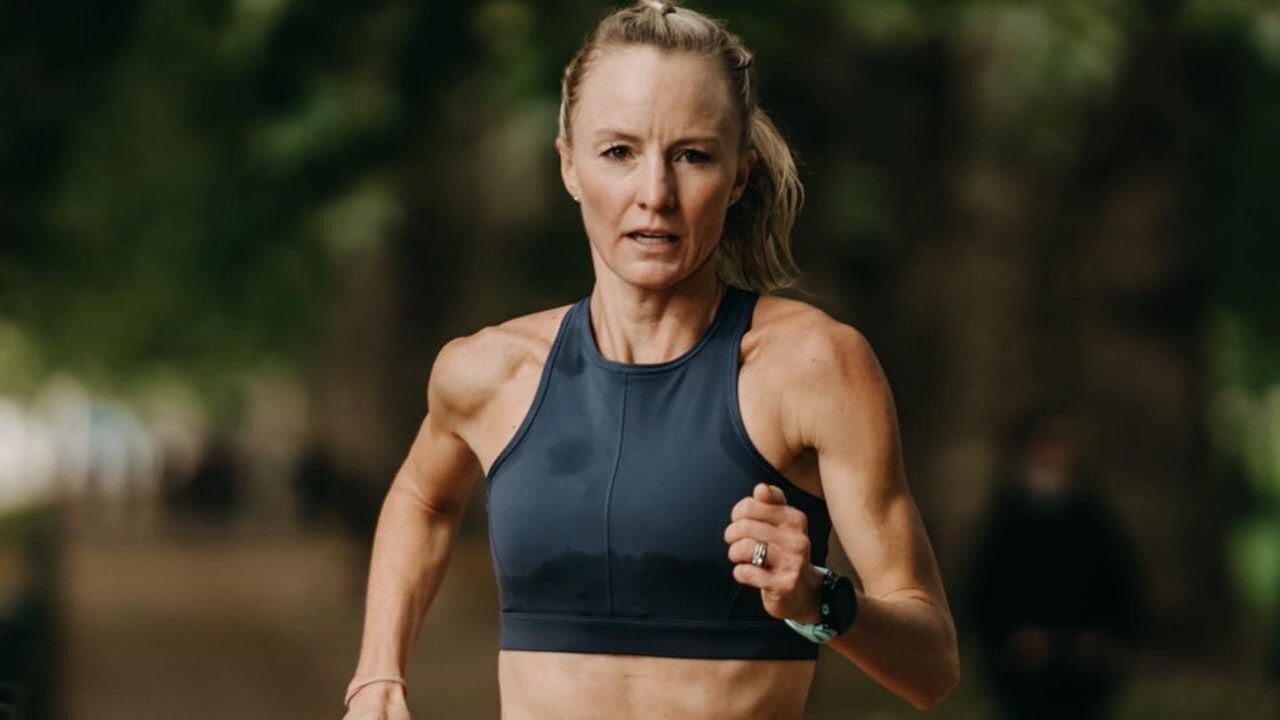
If you’re having trouble figuring out a mantra that resonates with you, take inspiration from one of these elite runners instead:
Shalane Flanagan: Run without any regrets
Kara Goucher: Fighter
Deena Kastor: Go Faster. Push Harder. Today, Define Yourself.
Bill Rodgers: Relentless
It may take some trial and error for you to find a mantra that works for you. Start practicing them in your harder workouts and runs so that by the time race day arrives, you’re armed with the words to get you to the finish line.
(01/10/2022) ⚡AMPby Brittany Hambleton
Steph Bruce has a congenital heart condition - Bicuspid Aortic Valve disease (BAVD) - and will be retiring after 2022
I’m just going to cut to the chase and drop the punch line. I am retiring. This year. But not until the end of the year. How do you write the beginning of the end of something? A journey that has lasted the better part of my life, and changed my life, saved my life, brought meaning to my life, and allowed me to truly live my dream. There’s a bit of a story to this if you’d like to keep reading.
As I slipped on a hospital gown a million feelings rushed through my head. The echo tech placed a few patches on my chest, squeezed cool gel on the tool, and began my echocardiogram. He jokingly said my heart was so clear and beautiful he loved taking pictures of it. About 20 minutes in he asked, “Does your dad get echos?” I told him my father died 20 years ago so I have no idea if he did. In my head I was wondering why on earth did he ask that. So naturally the last half of my echocardiogram I felt a lump in my throat of, “What was he seeing on his screen?” This was a long 20 minutes to wait for the test to be concluded. Long coming from someone who runs marathons for a living.
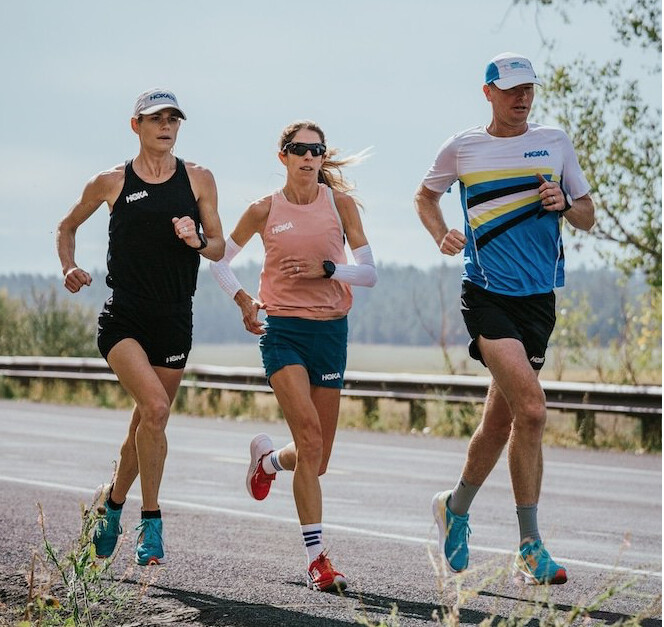
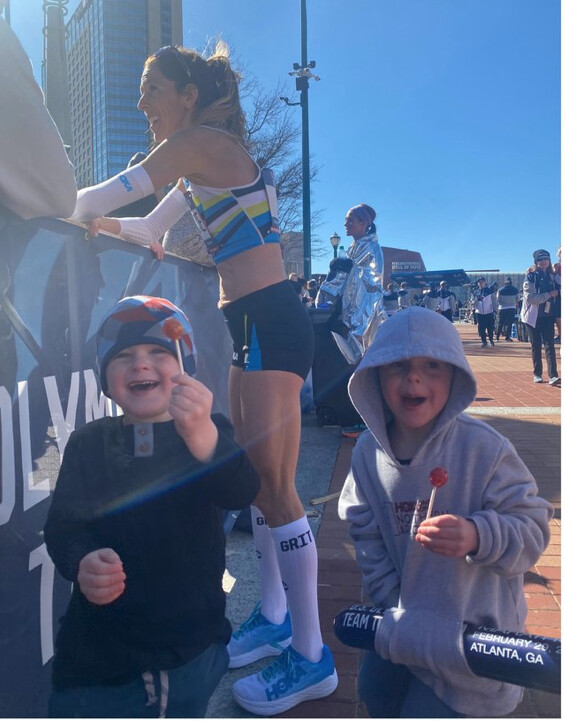
I showed up to practice the next day doing my best to keep moving forward. Waiting for news. Coach Ben and I walked around the lush green sports fields after our usual drills and strides meet up and he could sense I was about to break. I had been carrying this news for a mere 24 hours, and my running career flashed through my eyes, my future, the boy’s future, my past, my potential. All of it. I kept waiting. I am thankful to coach Ben in that moment, along with all the moments we have worked together for the past 8 years. In that moment he just put his arm around me as if to say we will be fine.
About 5 days earlier I had just finished 15 x a mile with 1 minute rest with Kellyn where we averaged 5:32s with our 4th, 8th, and 12th repeat at 5:28, 5:22, 5:17. I needed this workout. The NYC Marathon was 4 1/2 weeks away and to be honest the past few months had been pretty crappy. I failed to make another Olympic Team and my mom passed away. Typically I am not the type of person who looks at events in their life and dwells on the low points. From a very young age, I’d guess 18 when my dad died I had two choices on how I could react to what life threw at me. Because there is power in positivity and perspective and seeing all the good that you do have in life. So when I went to see a cardiologist on October 6 in Flagstaff and he said, “We found on your echo that you have a congenital heart condition,” I thought, “Well that's something I wasn’t expecting to hear.” And my glass half full went out the window. I walked out of that appointment and I had no parents to call. So many questions and no one to answer them. It felt very scary. Like I had just discovered something new about my life and did not know what the ramifications would be. Receiving news that is unknown and scary about your health affects everyone differently. It’s important to respect that family, friends and strangers will all hear a diagnosis and have a hundred different opinions.. But all that truly matters is how you feel and how you sit with something that is your life.
So here’s the deal: I was diagnosed with a congenital heart condition called Bicuspid Aortic Valve disease (BAVD). It’s the most common congenital heart disease that affects people. I had no idea until two months ago, at age 37 that I had it. I feel very grateful that a series of things this year led me to go to the doctor, see Dr. Sarah Wyard, and ultimately have an ECHO recommended and that’s how I was diagnosed. None of the symptoms I was having had any correlation to BAVD, and that’s the confusing but also amazing part. I thought I was having physical manifestations of grief and trauma but nothing was showing up medically. The likelihood that some of how I felt in 2021 was stress induced from grief is pretty high in my estimation. But the gut punch was finding out about my heart.
For those curious on this congenital heart condition, let me explain BAVD in a nutshell:
The aortic valve separates the left lower heart chamber (left ventricle) and the body's main artery (aorta). Flaps of tissue (cusps) on the valve open and close with each heartbeat and make sure blood flows in the right direction. Usually the aortic valve has three cusps. A bicuspid valve has only two cusps. A bicuspid aortic valve may cause heart problems, including:
Backward flow of blood (aortic valve regurgitation). Sometimes, the bicuspid aortic valve doesn't close tightly, causing blood to flow backward. This is what I have going on. My ECHO said there are varying levels- mild, moderate, and severe. I have moderate aortic regurgitation. This is ultimately what my doctors will keep an eye on.Going forward I will have an echo done every 6 months-1 year for the remainder of my life. This will monitor the valve and the regurgitation going on. When it gets to severe I will have to have heart surgery to repair my valve.
A few weeks ago I took a trip out to Washington DC and Baltimore to meet with an amazing team of doctors at MedStar Health. My agent and friend Josh Cox whom I am forever bound to for all his support and help guiding my career, introduced me to Sean Huffman, Vice President of MedStar Sports Medicine. Sean and Tashera helped plan and coordinate my visit to see Sports Cardiologist Dr. Ankit Shah, Dr. Matt Sedgley, and Dr. Josh Billings. I decided to make this as much of a meaningful trip as possible so I brought Hudson, my 6 year old with me and we toured Washington DC seeing all the sights before my friend/mentor Larry ( who works with Josh and Carrie of Boom Management) picked us up in DC. I then began the emotional but thorough 48 hours of testing. Larry watched and hung out with Hudson while I had a 75 minute heart MRI with contrast, an EKG, a cardiac pulmonary stress test, an appointment with Dr. Shah, a gait analysis with Dr. Josh Billings and Dr. Matt Sedgely, and a bio patch stuck on my chest for a two week heart monitoring. After meeting with Dr. Ankit Shah and Dr. Matt Sedgely who reviewed all of my scans, my MRI, my EKGs, my Eco, and the cardiac treadmill stress test the doctors felt 100% certain there are no imminent dangers or risk to me continuing to train and race at the highest level and do what I do for a living at this moment and in the near future. What a gift they gave me. Reassurance and ease. This team of doctors I will forever be indebted to.
All this being said, my plan is for 2022 to be my last competitive year as a professional runner with my biggest supporters--HOKA NAZ Elite. I will be retiring at the end of 2022. I feel right about this decision as discovering this about my heart enabled me to gain a deeper perspective on my life and what I want from it. I had envisioned making it to 1 more Olympic cycle and trying for 2024 but life happens when you're busy making other plans. I think the most difficult part of this announcement as professional athlete is that I am finally giving up on my dream of making an Olympic Team. Do I think I would have a shot in 2024, absolutely. Would many believe not a chance, absolutely. Our family wants to grow and I am creeping towards my forties and the possibility of more children and a heart surgery one day in my life pushed me towards this decision.
I would however like to go out with a bang. So 2022 will be called The Grit Finale, a year of training and racing all of my LAST races. My LAST National Championships, my LAST track races, my LAST marathons. In typical Steph fashion I plan to bring the sport and fans along with me. The creative team of Rabbit Wolf Creative, Ryan Sterner and Stephen Kersh will be following me and documenting the year. We plan to release videos on my youtube channel along the way. We are looking to coordinate pre-race group runs at many of my races and host post-race get-togethers. Because so many professional runners just fade out, have an injury, hang out and just quietly leave the sport we don’t get to celebrate what they did...what they poured themselves into...the impact they had. Think about many of the NFL or MLB players who you hear about their retirement and maybe wish you could have seen them play one last time. Well that’s what I’m hoping to do here. If you’ve followed my career in any capacity and feel like I somehow made a difference or impact, try to come to my last races. Join our pre race runs or post race celebrations. Be part of this Grit Finale with me. This is a sport I’ve given 15 years to so I’d like to give back and go out with a bang.
Because let’s celebrate being here and being together and for me personally, leaving this sport better than when I got here.
If I’m being honest this news sat with Ben and I very hard and strangely over the past few months trying to figure out what it really means for us. It doesn't feel like I have an illness at all so we don't like to think of it that way and so we are not living with worry or fear. In fact we are just trying to live our lives to the fullest. Ben I am so beyond thankful for you in my life and for Riley and Hudson to witness what we share. Walking and running through this crazy life with you makes it all worth it. Finally, thank you to all my support crew, family, the Rothsteins, the Bruces, friends Claire, Steph, Anna, Nicole and Jeff, fan girls and boys (ha), HOKA, NAZ Elite teammates, Coach Ben and Jen, Jenna, Josh and Carrie, Larry, Mike and Theresa, Wes and AJ, JB, Shea and Olivia, Pro Compression, Picky Bars, Picky Crew (Lauren, Jesse, Sarah, Julia) Laird, Rudy Project, Final Surge, our Running with the Bruces athletes, my G& G leaders, our Grit and Growth community, and the entire running community. I would not have come this far without all of you in my corner. But we’re not done yet, we have this whole Gritty Year!
(01/09/2022) ⚡AMPSeyaum and Yihune claim Campaccio crowns
Dawit Seyaum and Addisu Yihune achieved an Ethiopian double at the 65th edition of the Campaccio in San Giorgio su Legnano, the eighth Gold level meeting of this season’s World Athletics Cross Country Tour, on Thursday (6).
The 2022 edition of the popular Northern Italian race celebrated the 100th anniversary of the local sports club Unione Sportiva Sangiorgese.
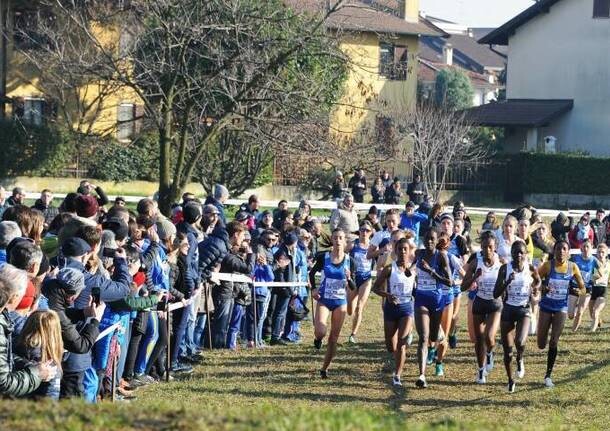
In the women’s race, Eritrea’s Rahel Daniel Ghebreyohannes took the early lead ahead of a seven-women group featuring Ethiopia’s Medina Eisa, Kenya’s world U20 champion Beatrice Chebet, Seyaum, Kenya’s Lucy Mawia, Ethiopia’s Fantaye Belayneh, Italy’s Anna Arnaudo and her compatriot Nadia Battocletti, the European U23 cross country champion. The leading pack went through the 2km mark in 6:38.
Seven runners remained at the front as the pace picked up at 4km. Seyaum changed gear, clocking a split of 2:49 between 4km and 5km. The leading pack was whittled down to five runners at 5km.
Seyaum, Chebet and Daniel Ghebreyohannes broke away with 500 metres to go and battled it out for the win. Seyaum unleashed her final kick to cross the finish line in 18:48, holding off Atapuerca cross country winner Daniel Ghebreyohannes by just one second in a close sprint. Chebet was beaten for the second time in this cross country season by Daniel Ghebreyohannes and had to settle for third place in 18:51 ahead of Belayneh (18:56) and Eisa (19:05).
Battocletti edged her Slovenian rival Klara Lukan to finish sixth in 19:06.
Seyaum claimed a back-to-back win after her recent triumph at the Boclassic 5km road race in Bolzano last Friday.
The men’s race saw a big group featuring Kenya’s Vincent Kipkurui Too, Emmanuel Korir Kiplagat and Amos Serem, together with Ethiopia’s Yihune, Eritrea’s Aron Kifle and Italian runners Iliass Aouani, Yohanes Chiappinelli and Eyob Ghebrehiwet Faniel, go through 3km in 8:43.
Too set the pace at the front of an eight-man group, closely followed by Serem, Kiplagat, Kifle, Yihune and Faniel during the third lap. They went through 4km in 11:46 and 5km in 14:30.
Aouani was the first to drop back at 7km and the leading group was whittled down to seven athletes. Kiplagat then moved to the front ahead of six other runners: Serem, Kifle, Faniel, Too, Yihune and Chiappinelli.
The first significant move came at 8km when Yihune, Kiplagat, Too, Serem and Kifle picked up the pace and pulled away from marathon runner Faniel by two seconds. Yihune pushed on at the front and increased his lead during the last lap, going on to cross the finish line in 28:39 with a six-second gap over Kiplagat.
Serem, who won the world U20 gold medal in the 3000m steeplechase in Nairobi last August, won a very close sprint for third place in 28:53, holding off Too. Kifle rounded out the top five in 28:59.
Faniel finished sixth as the first Italian athlete in 29:15, beating European 3000m steeplechase bronze medallist Chiappinelli (29:21) and Italian cross country champion Aouani (29:45).
Yihune joined the list of Ethiopian stars who have won the Campaccio race, that includes Haile Gebrselassie, Kenenisa Bekele, Muktar Edris, Imane Merga and Hagos Gebrhiwet.
Yihune, who will turn 19 in March, finished fourth in the 5000m at the World U20 Championships in Nairobi and clocked a PB of 12:58.99 over this distance in Hengelo last June.
“I felt confident during the race that I could win, as I knew that I was well prepared,” said Yihune. “I train with Selemon Barega. He is my role model.”
(01/09/2022) ⚡AMPby World Athletics
Jeruto and Ebenyo take 10km honours in Valencia
Norah Jeruto and Daniel Simiu Ebenyo secured a Kenyan double at the 10K Valencia Ibercaja – a World Athletics Label Road Race – held on Sunday (9) in the Spanish coastal city on a windy day, which somewhat hampered athletes' performances.
Ebenyo clocked a PB of 26:58 to move to seventh on the world all-time list, while Jeruto ran 30:35 for a three-second victory ahead of Karoline Bjerkeli Grovdal.
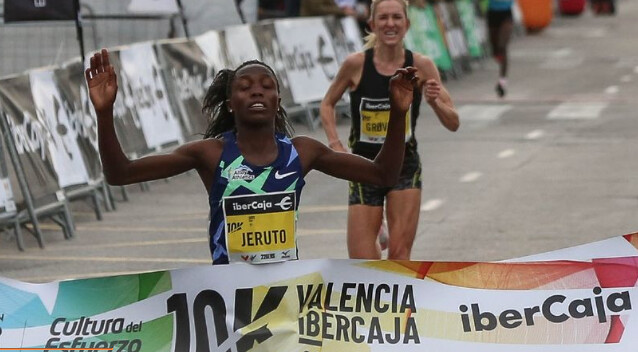
Fourth time lucky for Jeruto
Jeruto had claimed podium places on her three previous appearances in Valencia but the 26-year-old had never been the victor. The 2011 world U18 2000m steeplechase champion confirmed her role of hot favourite and dominated the race from the gun.
Paced by two male pacemakers, Mourad El Bannouri and Luis Agustin, the women’s event opened at a steady 3:03/3:04 pace, with a leading quintet featuring Jeruto, her fellow Kenyan Gladys Chepkurui, Ethiopian debutante Anchinalu Dessie Genaneh, Norway’s European cross country champion Grovdal and Sweden’s Meraf Bahta, the silver medallist at the European event in Dublin.
The first casualty was Bahta, who began to lose ground just before the fifth kilometre, which was reached in 15:18 to dash any hope of the world record being broken. Grovdal’s split of 15:19 was also outside Paula Radcliffe's European record pace.
The toughest section of the competition came between the fifth and seventh kilometres, because of an annoying headwind. Despite that barrier, Jeruto clearly pulled away from the lead pack, always following the pacemaker. Way back, Chepkurui was a lonesome second ahead of Genaneh, herself clear of Grovdal.
Over the closing kilometres the big questions were how close to 30 minutes Jeruto could be, and whether Grovdal would approach the European record. The 31-year-old Norwegian first moved into third place and by the eighth kilometre she had joined Chepkurui in second place, while Jeruto’s successive 3:05 kilometres meant she was off the pace needed to break 30:00.
After leaving Chepkurui behind with some 1500m remaining, Grovdal never threatened Jeruto’s win but she drastically closed the gap. Jeruto ran home in 30:35, three seconds ahead of Grovdal, whose 30:38 was her second-quickest ever time behind the 30:32 run she achieved in 2020, while Chepkurui completed a classy podium in 30:48.
Ebenyo breezes under the 27-minute barrier
The men’s start took place 15 minutes after the women’s and kicked off at the scheduled 2:42/km cadence in the hunt for a sub-27:00 clocking. In the absence of an official pacemaker, it was Ethiopia’s Chimdessa Debele Gudeta who took full command of the race, with only Kenya’s Ebenyo for company.
The leading duo went through the half way point in a promising 13:30, perfectly on schedule for the targeted time. By then, Jacob Krop travelled in third place, five seconds off the leaders, but also five seconds clear of his fellow Kenyan Boniface Kibiwott, while Great Britain’s European U23 10,000m bronze medallist Emile Cairess was the first European thanks to a 13:51 split. At that point he was four seconds ahead of Switzerland’s European record-holder Julien Wanders.
During the sixth kilometre, Ebenyo began to take a turn at the helm, and with some 20 minutes on the clock the 26-year-old Kenyan opened a gap on Gudeta, which grew over the following kilometres. Despite his lead, Ebenyo managed to maintain his 2:42 pace like a Swiss clock to reach the 9km checkpoint in 24:16, with a seven-second advantage over Gudeta.
The 2020 San Silvestre Vallecana winner covered the closing kilometre like a man on a mission to finally cross the finish line in a huge lifetime best of 26:58.
Runner-up Gudeta also improved his career best to 27:10 and Krop was third in a PB of 27:23.
Fast-finishing Cairess almost pipped Kibiwott on the line, with both athletes being given 27:44 – a 30-second improvement on his previous best for the Briton.
(01/09/2022) ⚡AMP
by Emeterio Valiente for World Athletics
Fast 10km times expected in Valencia
Two years ago at the 10K Valencia Ibercaja, Kenya’s Rhonex Kipruto set the current men’s world record with his impressive 26:24 performance. This year, organizers hoped to match that feat in the women’s event at the World Athletics Label Road Race by bringing together some of the most outstanding distance athletes, including Ethiopia’s Yalemzerf Yehualaw and Kenya’s Norah Jeruto.
Unfortunately Yehualaw, the main candidate to improve the 29:38 mark achieved by Bahrain’s Kalkidan Gezahegne in Geneva last October, will be unable to compete in Valencia on Sunday (9) after testing positive for Covid-19 just before travelling on Thursday. Gezahegne's performance is awaiting ratification as the women's world 10km record set in a mixed race, with the current ratified mark the 29:43 run by Joyciline Jepkosgei in 2017.
The 22-year-old Yehualaw holds the second-quickest ever time in the half marathon, courtesy of her 1:03:51 run in Valencia on 24 October, when she covered the opening 10km in 29:45. Her 3:01 per kilometer average pace suggested the world 10km record was well within the world half marathon bronze medallist's capabilities.
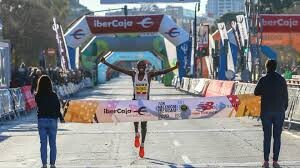
Jeruto will be in the Mediterranean city this Sunday, however, and is a classic contender in the event, having recorded times of 29:51 in January 2020 and 30:08 in October 2021. She boasts the world’s third-quickest 3000m steeplechase time in history with a stunning 8:53.65 clocking to her credit and confirmed her top shape by winning the Italica cross country meeting on 21 November against some top competition.
The European record that belongs to Great Britain’s Paula Radcliffe seems to be in jeopardy thanks to the presence of the newly-crowned European cross country champion Karoline Bjerkeli Grovdal. In Dublin the 31-year-old Norwegian achieved at last the elusive gold medal she had chased for many years, having previously won one silver and four bronze medals.
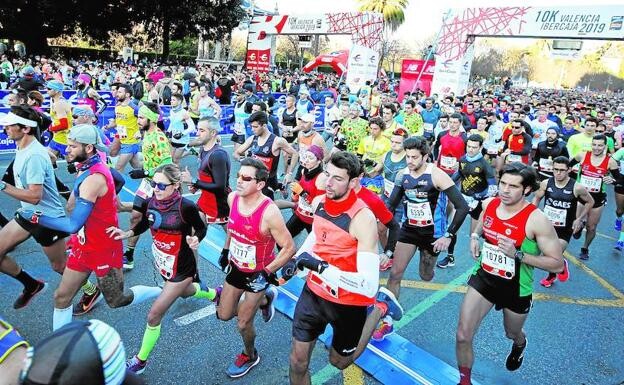
Boosted by her recent success, Grovdal should improve her lifetime best of 30:32 set in 2020 to attack the European record of 30:21 set by Radcliffe in 2003, when it was a world record. Sweden’s 2014 European 5000m champion Meraf Bahta, silver medalist in Dublin, will also be looking for a fast time after setting a national 5km record of 15:04 on 31 December in Barcelona.
Grovdal and Bahta will likely be joined by Kenya’s Gladys Chepkurui, who achieved a career best of 30:34 on the Spanish soil of Laredo last year, while the British pair of Charlotte Purdue and Samantha Harrison will try to break the 32-minute barrier for the first time.
Reportedly, Grovdal plans to go through the first half of the race in a moderate 15:15, to then pick up the pace during the second and more favorable closing 5km.
Men target sub-27:00 performance
Although somewhat overshadowed by the women’s event, the men’s race is also shaping up well and is headed by the Kenyan trio of Daniel Simiu Ebenyo, Boniface Kibiwott and Jacob Krop. The former won the 2020 San Silvestre Vallecana, boasts a fine 27:12 10km lifetime best and lowered his 5000m clocking to 12:55.88 last summer, while Kibiwott timed 27:13 in Geneva for third place last October. As for Krop, he’s a talented athlete who placed sixth at the World Athletics Championships in Doha over 5000m aged 18. He set his lifetime best of 27:30 in Valencia in 2020 and showed fine fitness during his last appearance in Herzogenaurach, where he won the 5km event in a PB of 13:06.
The Ethiopian response should come from the 17-year-old Chimdesa Debele, winner of the Lille 10km last November thanks to a career best of 27:16, while Switzerland’s Julien Wanders and Spain’s Carlos Mayo will be the leading Europeans. The Swiss athlete set the current European record of 27:13 here two years ago while Mayo, a 27:25.00 performer on the track, is targeting a national record to improve the mark which currently stands at 27:48.
In addition to the elite competition, there will be a mass race with 10,000 entrants divided into five waves as a security measure. Runners from 58 different countries will be looking to improve their PBs over one of the quickest circuits worldwide.
Weather forecasters predict a sunny but windy day on Sunday, with temperatures between 12 and 14ºC by the time of the event.
(01/08/2022) ⚡AMPby World Athletics
10k Valencia Ibercaja
Around the corner we have one more edition of the 10K Valencia Ibercaja, organized one more year by the C. 10K VALENCIA Athletics premiering the running season in Valencia. It is a massive urban race with more than 3,000 registered annually of 10 kilometers, where the maximum duration of the test will be 1 hour 40 minutes (100 minutes). The...
more...Tips for getting ready for your first marathon
Have you signed up for a marathon? Signing up to run a marathon is a challenge most people aspire to overcome. Some join a marathon for health and fitness goals. Some join marathons to test their limits and improve them. Others join a marathon for charity or raise awareness, while others accompany a friend who made them sign up. However, after all, the excitement of signing up has died down. The overwhelming fear of whether you are ready for the marathon creeps in.
You need to prepare yourself to run the entire 26.2 miles, and this is not something you can wake up and do. It would be best to prepare your body to strengthen your body train and even eat right to be ready.
If you are about to participate in a marathon for the first time, worry not. Here are some awesome tips you can take to help you get ready for the day.
Focus on your nutrition
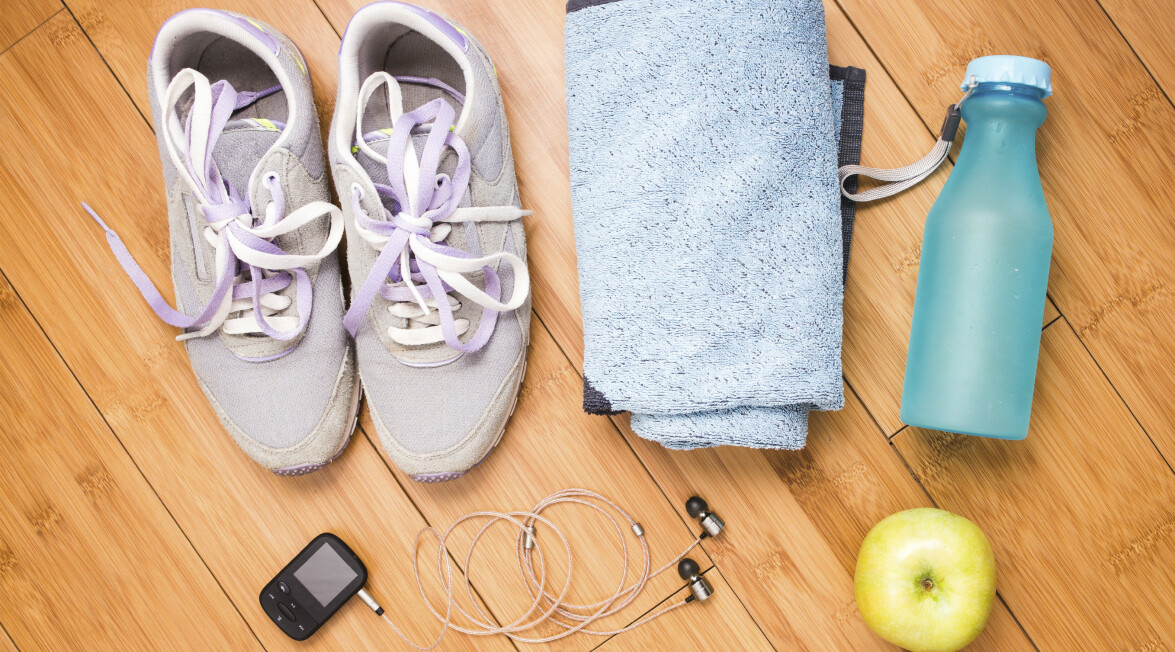
When getting ready for your first marathon, you don’t only focus on training, but also you need to have a solid nutrition plan. Ensure you calculate how much you will be running during training and how many calories you burn.
If you are not practicing for longer than two hours a day, you don’t need to increase your calorie intake that much. The essential thing is to listen to your body. If you get hungry, you should eat. When training and you feel sluggish, try to figure out why. Maybe you are not getting enough nutrients or eating the wrong foods.
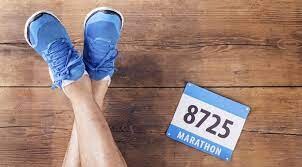
The food you eat on the days leading up to the marathon matter a lot because it will determine if your body is stocked up on enough fuel, you will need for the run.
It’s essential to load up on healthy and clean foods so that your body’s metabolism is working at peak levels—stock up on carbohydrates, foods rich in proteins, and complex sugars. Eating a healthy balanced diet will work as stored energy that will come in handy during the race.
For extra added fuel, you can also reach out for an electrolyte drink from Tailwind nutrition which can offer energy during training and the marathon day.
Come up with an effective training plan.
You can’t just wake one day and run a 26.2-mile marathon. It would be best if you came up with a plan that will aid your body build tolerance, endurance, and mileage while resting enough to avoid injuries.
Your plan should consider your sporting background, if you are an athlete or not. Creating a plan is essential in building your strength and endurance gradually and carefully to meet the demands of the race.
If you want to build endurance, start running a few miles per day, increasing your limits every day. Once in your training, you must run the entire 26 miles to see how you perform.
It’s not a must you train every day of the week to ensure you have ample time to rest and allow your body to recover from the training. Remember two weeks to D-day to decrease your level of training. You can also include strength training in your daily runs to increase your body’s endurance. This will help your body heal and have a fresh start on enough fuel for the day of the marathon.
Prepare yourself mentally
The confidence and mindset you have on how you will perform on the day of the marathon will significantly influence the overall results of the race.
One way to improve your mental preparedness is to have awesome results during your training sessions. This will enhance your confidence significantly.
You can start by studying the course you will use for the marathon, checking maps, or going physically. This way, you will avoid any surprises and train for it. Mental preparedness will increase your confidence, and you will be more relaxed during the race, which will increase your chances of successful results and completing the race.
Ensure you have the right running shoes
When choosing your running shoes, ensure you get a light, comfortable, and flexible pair. Numerous stores sell sports attire, and you can try on different pairs to get a feel of how they fit. Even specific stores will let you run in the shoes and give you the right pair of shoes that fit right for your foot.
During training, ensure you change your running shoes every 400 miles. This is because they lose their ability to cushion the strain and weight of your body.
Remember also to get high-quality socks when buying your running shoes. The socks should be protective and also comfortable. During the marathon or just before you wear your shoes before running, apply a thin layer of Vaseline on your feet to avoid blisters.
Bonus tip: Never wear new shoes on the day of the marathon. This means that you should have new shoes that have to go a few miles during training but are still fresh and comfortable to be worn during the marathon day.
Get a medical checkup.
Talk to your doctor to ensure your body can endure the strains and stress of running a marathon. If you have a preexisting condition, your doctor will help you with what to do during the race and check if it’s safe for you to participate.
Your doctor will also be of great help by giving you nutrition tips to ensure your body is well prepared for the marathon and that you are eating right.
It is essential to have a complete physical and get a clean bill of health during the marathon day so that you don’t have any accidents or risk an attack or worsening your condition.
The few days leading up to D-day will undoubtedly be the most nerve-racking days. Getting through these days in the best mental, physical and emotional health will help prepare you for the stresses of the marathon and will determine whether you succeed or not. Whether the marathon is something on your bucket list, doing it for charity, or reaching your fitness goals, it is essential to prepare well. Follow the above strategies to ensure you succeed your first-time running a marathon.
(01/08/2022) ⚡AMPby Colorado Runner
Klosterhalfen and Purrier St Pierre lead Millrose mile field
The past two winners of the women's Millrose Games Wanamaker Mile – Elle Purrier St Pierre and Konstanze Klosterhalfen – will race for further success when the World Athletics Indoor Tour Gold meeting returns in New York on 29 January.
World 5000m bronze medallist Klosterhalfen is the 2019 Wanamaker Mile champion and the multiple German record-holder went on to chase Purrier St Pierre all the way to the line in the 2020 race, setting her personal best of 4:17.26. Last year she placed eighth in the Olympic 10,000m final, going close to her national record with 31:01.97.

Purrier St Pierre, meanwhile, set her US indoor mile record of 4:16.85 at that 2020 Millrose Games meeting, a time which places her second on the world indoor all-time list. Since that breakout performance, she has set a North American indoor record of 9:10.28 for two miles, taking her to third on the world indoor all-time list, and then won at the US Trials in a meeting record of 3:58.05. She went on to place 10th in a high-quality Olympic final in Tokyo.
"I am really looking forward to racing the Wanamaker Mile this year," Purrier St Pierre said.
"This race has always been a special one for me and I certainly missed it last year. It's one of the most prestigious and historic races, it's always fun and always competitive, just the way I like it."
Joining them in the WHOOP Women’s Wanamaker Mile field are two other athletes who represented the USA in the Tokyo Olympic Games 1500m.
Cory McGee and Heather MacLean placed second and third respectively in last year’s Olympic Trials behind Purrier St Pierre, with McGee going on to finish 12th in the Olympic final and MacLean reaching the semifinals.
Josette Norris also joins the mix after a season in which she broke four minutes in the 1500m and placed third in the Zurich Wanda Diamond League final.
Other major threats will be Jessica Hull, the Australian record-holder and four-time NCAA champion, along with world finalist Nikki Hiltz, British Olympian Katie Snowden and Spanish Olympian Esther Guerrero.
Rounding out the field is Olympic Trials fourth-place finisher Shannon Osika and both the 2021 NCAA mile and 1500m champions in Sage Hurta and Anna Camp Bennett, respectively.
Other athletes so far announced for the Millrose Games include world 100m hurdles record-holder Kendra Harrison, 2016 world indoor 60m champion Trayvon Bromell, Olympic shot put champion Ryan Crouser, world shot put champion Joe Kovacs, Olympic 800m champion Athing Mu, Olympic pole vault champion Katie Nageotte and world indoor pole vault champion Sandi Morris.
(01/08/2022) ⚡AMPby World Athletics
Are the Health Benefits of Apple Cider Vinegar Fact or Fiction?
We tapped a registered dietitian and poured over the latest research to find out.
These are the days when one would go online seeking nutrition remedies for every imaginable condition and find every imaginable solution. But long before Google delivered instant suggestions on what to eat for better health and performance, apple cider vinegar (ACV) has been one of the leading word-of-mouth health remedies.
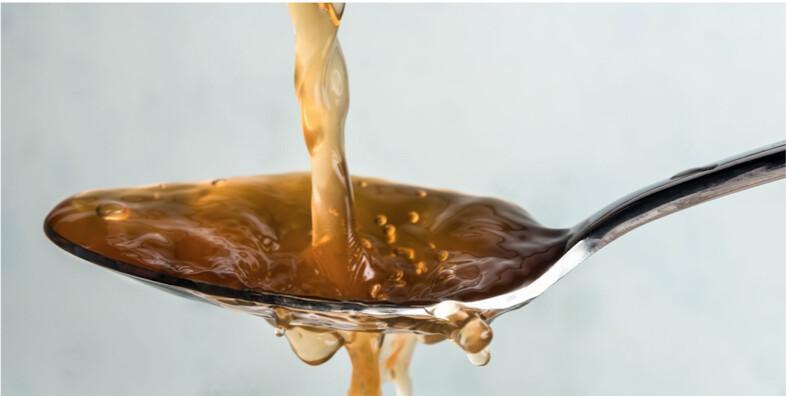
The promises are enthusiastic: better blood sugar control, improved heart and immune health, reduced cancer risk, and weight loss (if that’s your goal) to name a few.
So, you’re probably wondering what science has to say. Can ACV really go the distance in helping us stay healthy for longer? Here’s the truth on whether sour has the power.
What exactly is apple cider vinegar?
While vinegar can be gleaned from various starting materials including grapes and rice, apple cider vinegar is produced by pulverizing apples into a slurry of juice and pulp that is then allowed to ferment in the presence of bacteria and yeast. This converts the fruit sugar largely into acetic acid (among other types) and produces various flavor compounds, which lends the vinegar its strong sour smell and sharp flavor.
What are the health benefits of apple cider vinegar?
Though singled out as a remedy for a laundry list of ailments, some purported health perks may hold true.
Foremost, the high levels of acetic acid in ACV may help with blood sugar control and improve certain blood lipids, according to a 2021 systematic review and meta-analysis in the Journal of the Academy of Nutrition and Dietetics. Acetic acid was also found to lower concentrations of blood triglycerides among those who were overweight or obese and in those with type 2 diabetes, which may promote better heart health. Additionally, another review study in the journal BMC Complementary Medicine and Therapies found enough evidence to suggest that apple cider vinegar used for longer than two months can improve blood sugar management and blood cholesterol levels.
An investigation in the European Journal of Clinical Nutrition found that when people consumed white bread with vinegar, there was a lower blood glucose and insulin response, as well as improved ratings of satiety, than when they consumed the same amount of bread without the vinegar. The higher the acetic acid content of the vinegar the greater the impact.
Though we often think of improved blood sugar control as something that’s only important for people with diabetes, Molly Kimball, R.D., registered dietitian with Ochsner Health in New Orleans, tells Runner’s World it’s beneficial for everyone, including runners. “Maintaining steady blood sugar levels—meaning avoiding the peaks and valleys—as much as possible is key for optimizing energy, mood, and fending off cravings, to name a few.”
The slower release of blood sugar into the bloodstream with apple cider vinegar use and the subsequent rise in hunger-reducing hormones could result in feelings of fullness and, therefore, potential weight loss over time.
ACV can improve blood sugar numbers, which Kimball says are most likely to occur when it’s paired with carb-rich foods, because it reduces the activity of an enzyme that breaks down starch and increases the uptake of glucose into tissues—including skeletal muscle—by improving insulin sensitivity and blood flow.
But keep in mind that we don’t know what impact is on people without any impaired insulin sensitivity or blood sugar control, including healthy runners. And, noticeable blood sugar improvement may only occur when apple cider vinegar is added to meals containing high glycemic index foods and drinks like white bread, juice, potatoes, and white pasta.
Kimball adds that it’s also unclear how apple cider vinegar’s metabolic effects vary from any other kinds of vinegar. Though most of the research has been conducted on apple cider vinegar, the blood sugar benefits may not differ a great deal among different varieties of vinegar like balsamic and white wine, since they also contain acetic acid.
Since apple cider vinegar is a fermented food product, Kimball says it could, in theory, supply probiotics to improve our microbiome, which is the population of microbes in our digestive tract that appear to play a big role in overall health. After analyzing blood and stool samples of healthy adult participants, Stanford School of Medicine researchers discovered that a 10-week diet high in fermented foods (6 servings daily) resulted in measurable improvements in microbiome diversity and decreases in markers of inflammation.
“However, because we’re typically consuming such small volumes, it doesn’t seem likely that apple cider vinegar would be a significant source of probiotics in our diet compared to other fermented foods,” says Kimball. “Instead, I would look at it as every bit helps.” To date, there are no studies specifically addressing apple cider vinegar’s impact on the microbiome.
It’s likely that apple cider vinegar contains small amounts of the various phytochemicals found in the apples it is produced from. These phytochemicals could give the vinegar some antioxidant activity to help reduce cell damage in the body that may offer protection from various conditions like cognitive decline.
“But, the amount of antioxidants you’d get from typical serving sizes of apple cider vinegar is likely much less than what you would get from whole apples and other fruits,” Kimball says. “I would not count on it to give us a significant impact in terms of antioxidant benefit.”
Here’s how to add apple cider vinegar to your diet
The easiest way to incorporate ACV into your diet is to use it in salad dressings. You can also toss it into cooked grains and use it in sauces and homemade condiments for some vinegary tang. Pickled vegetables can also be another source of acetic acid in your diet.
Some people will dilute the ACV in water and drink it before meals, which could improve post-meal blood sugar numbers. “I typically recommend diluting 1 ounce [of ACV] in about 4 ounces of water, herbal tea, or other types of no-sugar beverages,” Kimball says. However, she cautions that it’s essential to adequately dilute the vinegar—due to its acidic nature, it can damage the gastrointestinal tract and tooth enamel.
Ideally, you want to use an unfiltered apple cider vinegar that contains a cobweb-like floating substance referred to as the “mother” and has an amber color with a cloudy appearance. Bragg is one of the most popular brand options. Most commercial apple cider vinegar takes shortcuts from the longer fermentation process so it won’t have the same flavor nuances or probiotics.
You can also find apple cider vinegar in capsule and gummy form, but it’s not known if these are as helpful and there can be quality control issues.
The bottom line is...
Though the research holds some promise, especially related to blood sugar management when eating your higher carb meals, the quality of evidence surrounding the benefits of apple cider vinegar is not yet there and we don’t yet know if it is any better for you than other vinegar varieties. At the very least, it can make vegetables taste more exciting so you’ll want to eat more of them, which is certainly something to celebrate.
(01/08/2022) ⚡AMPby Runner’s World
4 steps to getting rid of a side stitch
There’s no better way to ruin a great run than with a sudden, painful side stitch. If you’ve ever had a run go south thanks to a side stitch, you’re not alone: some research suggests up to 70 per cent of runners experience the painful cramp every year. The good news is, a side stitch doesn’t have to end your run. The next time one happens to you, follow these four steps to get rid of it.
What causes a side stitch?
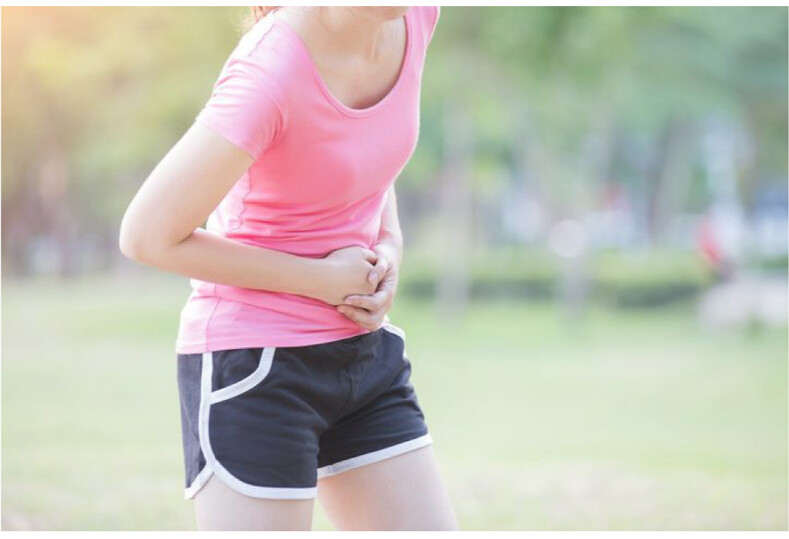
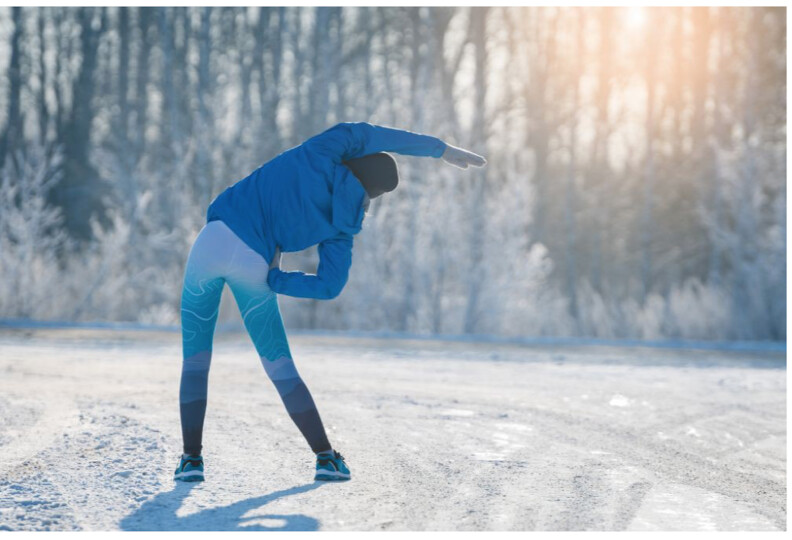
Unfortunately, researchers and medical professionals still aren’t sure exactly what causes that stabbing pain in the side of your abdomen. Potential causes include everything from muscle spasms, to stress on your spine from the natural rotation of your trunk as you run, to irritation of your parietal peritoneum, a thin membrane that lines the abdominal and pelvic cavities. Of course, it could simply be you ate the wrong thing before heading out for your run, or you went too hard without a proper warmup.
How to get rid of a side stitch
Side stitches can happen to anyone and while they can be painful, they shouldn’t be run-ending. Follow these four simple steps next time a side stitch hits.
Slow down. When you get a side stitch, you don’t want to stop completely. Instead, slow down to a light jog or even a walk to get your breathing under control.
Breath from your belly. Shallow or chest breathing can cause a side stitch, so focus on belly or diaphragmatic breathing instead. Take a few deep breaths, making sure you’re expanding your stomach fully as you breathe in, to help relieve the pain.
Stretch. Stretch your arms overhead, then lean away from the side the stitch is on to stretch out your abdomen. Hold this for 20-30 seconds, and repeat as necessary.
Apply pressure. This works especially well if you do it as soon as you feel the stitch coming on. As you’re walking and taking deep belly breaths, use your hand to apply pressure to the painful area. Each time you exhale, push a little deeper. You may have to do this a few times, but it should eventually cause the discomfort to dissipate.
(01/08/2022) ⚡AMPby Running Magazine
Two of Ahmaud Arbery's killers sentenced to life in prison without parole
Travis McMichael and his father, Gregory McMichael, who murdered Ahmaud Arbery while he was running near his home in Brunswick, Ga., have been sentenced to life in prison without parole. William “Roddy” Bryan, Jr., who joined the McMichael’s in the chase for Arbery, received life in prison with the possibility of parole.
The 25-year-old Arbery was stalked, ambushed and shot to death while out for a jog on Feb. 23, 2020, but it wasn’t until Bryan’s cellphone video of the murder emerged two months later that the case gained international attention. The video sparked a public outcry, but charges against the three men were not brought until more than a year later.
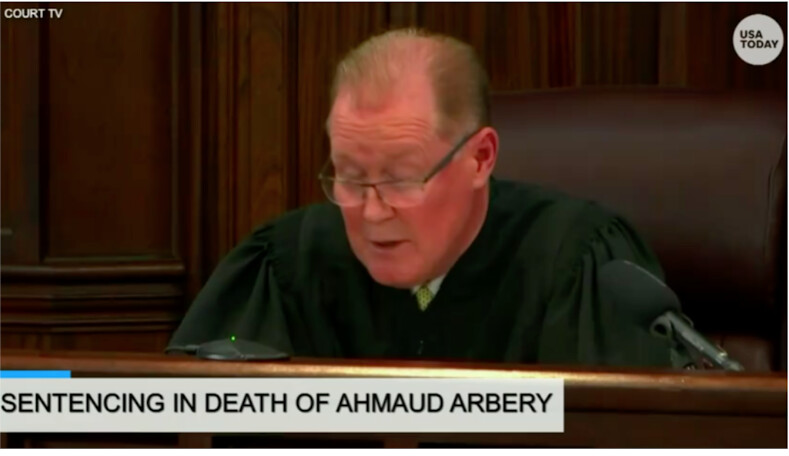
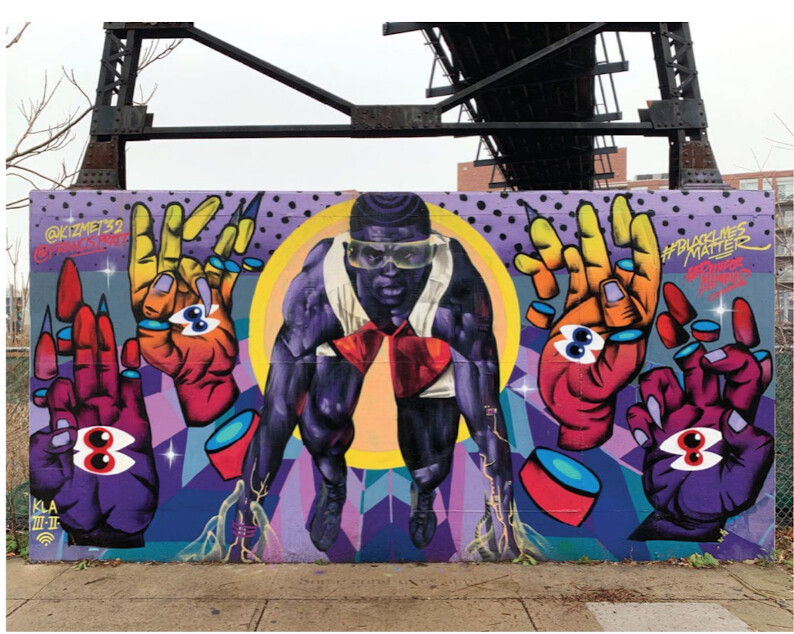
The sentence follows the verdicts the three men were charged with during November’s trial, which lasted eight days, and 23 witnesses were called. Travis McMichael was the only defendant to testify. During sentencing, McMichael’s lawyer Bob Rubin pushed for innocence, “Do we still need, want a person like (Travis) McMichael behind bars? He thought he was helping their community.”
McMichael, 35 (who fired the shots that killed Arbery), his father, Gregory McMichael, 65, and William “Roddy” Bryan, Jr., 52, were charged with malice murder, four counts of felony murder, two counts of aggravated assault and one count each of false imprisonment and criminal attempt to commit a felony back in November. (Although Travis McMichael pulled the trigger, in the state of Georgia, accomplices can be charged with murder; Bryan faced the same charges as the McMichaels).
The defence pleaded that the McMichaels suspected Arbery of being a burglar and that they were attempting to make a citizen’s arrest when they grabbed their guns and chased him down in their truck.
The two men will be in prison for the rest of their lives.
(01/08/2022) ⚡AMPby Running Magazine
Why You Should Be Skeptical About Your Wrist-Based Heart Rate
Every week or two, I'll open an athlete's training log and it seems like a blood-curdling scream leaps off the page.
"My body is being weird! My heart rate was way too high on this run!"
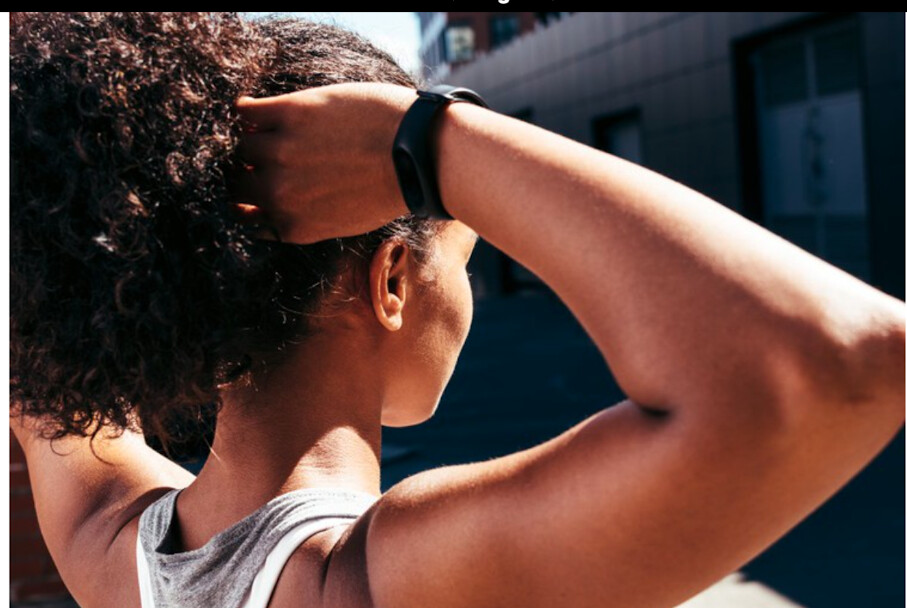
Or . . .
"My body is being weird! I couldn't get my heart rate up on this run!"
As Edgar Allan Poe could tell you, little is more disconcerting than a screwed-up heart beat. And sometimes these athletes' hearts seem very screwed up, a telltale sign of a major issue. Maybe they sustain 190 heart rate at a moderate effort. Or maybe it peaks at 120 on a sprint. When I first saw these issues a few years ago, worried about arrhythmia or other health crisis, I would ask them to go to the doctor immediately.
But, then, I would look at the data and notice discrepancies. Lots of studies came out that saw discrepancies too. There seemed to be a problem of faulty measurement, rather than faulty hearts. So, now, I have a standard one-question response.
"Are you using a wrist-based optical heart-rate monitor?"
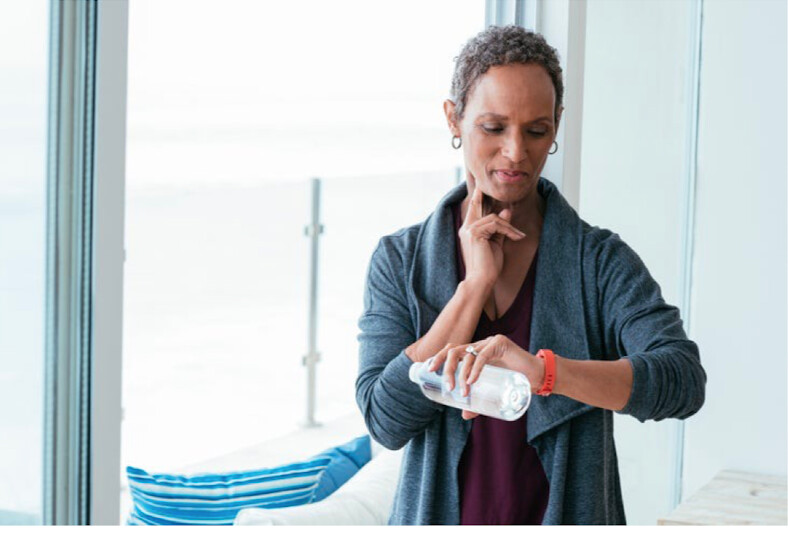
Simply put, for some athletes, wrist-based heart rate is not accurate during intense activity like running, though it varies a ton. And many athletes have no idea. Let's dig down into some of the data.
Heart-Rate-Measurement Basics
Most wrist-based heart-rate monitors rely on photoplethysmography, a word that I assume is real. Photoplethysmography involves using light to measure blood flow. That's why your watch may have a bright LED light that shines against your skin. Light refracted off the blood flowing beneath the surface of your skin is fed into algorithms that use it to spit out a heart-rate number.
Chest straps, meanwhile, use sensors on the strap to record signals from the heart beat. This process requires some moisture, which is why you may notice readings that are off when you start a run and haven't worked up a sweat.
Problems Wrist Monitors Face
The chest strap has the advantage of being a semi-direct measurement of heart rate. A good chest strap will be close to 100% accurate. Which makes sense, because it's essentially reaching into your chest cavity and recording each beat with a clipboard.
As we'll see later, many wrist monitors are not as accurate. For some, it could be as simple as not being placed correctly on the wrist, since being too loose generate a faulty reading, and being too tight can impede blood flow.
Other athletes may have physiology that is not as conducive to the technology, possibly due to locations of blood vessels or bodyfat percentage. On top of that, vigorous exercise jostles everything around, like turbulence on an airplane. You might be looking at a beautiful sunset out the window when you hit a rough patch, and now you're looking at the sky, now the clouds, now the sun and now you're throwing up in a bag.
Wrist-Monitor Accuracy Data
I currently have 18 windows open to different studies on wrist-based heart rate conducted since the start of 2017, and my computer fan just turned on loudly in protest. If my browser had a heart, it would currently be at VO2 max.
Most of the data from the studies has overlap, even if the conclusions vary. A January 2017 research letter in the Journal of the American Medical Association Cardiology had 50 healthy adults test four different wrist monitors and a chest strap at rest, 2 mph, 3 mph, 4 mph, 5 mph and 6 mph. While the chest strap had a 0.99 correlation with electrocardiograph readings, the wrist monitors varied between 0.83 and 0.91 correlation. That study had a conclusion that we'll see a lot: "In general, accuracy of wrist-worn monitors was best at rest and diminished with exercise."
An August 2017 study in the Medicine & Science in Sports & Exercise Journal had even more disheartening findings. Fifty athletes spent time on the treadmill, elliptical and stationary bike, and correlation varied from 0.75 to 0.92. As that study concluded: "Electrode-containing chest monitors should be used when accurate HR measurement is imperative."
"That sounds pretty good," someone might say. "It's not imperative to be exactly right, just close." That perspective is backed up by the conclusion of some studies. For example, a 2018 study in BMC Sports Science, Medicine, and Rehabilitation came to the conclusion that wrist-based heart rate is "acceptably close" across a broad range of activities. Looking a bit deeper into the data, that study found that during running, the heart rate numbers were within 10 beats per minute of actual heart rate 95% of the time, with around three beats per minute average error. In other words, on a one-hour run, a few minutes will be spent with a heart rate monitor giving a number that is 10+ beats off.
You think that was a lot of studies? Well you ain't seen nothing yet. A 2018 study in the journal Digital Health found absolute error of 1% to 8% depending on device and intensity level. A 2017 conference paper found that the tested watches accurately measure up to 89% of beats accurately at rest, and less during activity. A 2019 study in the Journal of Sport Sciences found error rates between 2.4% and 13.5%.
Here's the most fascinating one to me. A 2018 study in the BMJ Open Sport and Exercise Journal found absolute error values of 3.3% to 6.2%, but using a "10% equivalence zone," concluded that the watches were accurate. You can see why that is a problem for athletes if you think about using the heart-rate monitor to stay below aerobic threshold (AeT). Imagine a hypothetical athlete with an AeT of 150. At 150 heart rate or below, they know they can achieve the desired training stimulus, or excel in an ultra race. A 5% error rate could mean that their heart rate is actually 157 (which would lead to lack of recovery in training or a bonk in racing).
But here's the big problem-the errors are not consistent. If it was always 5% low or 5% high, we could use that information (you're probably having flashbacks to the accuracy v. precision distinction from high-school science class). Instead, it's all over the place, and since 5% is an average, sometimes it might read 190 or something that makes an athlete write a panicked entry in their training log.
It's kind of like Michael Cohen testimony. First it says one thing, then it says another, so even if it's right one time, how can you trust it? In this analogy, I'm not sure if I'm CSPAN or Alexandria Ocasio-Cortez.
Put It All Together
When it comes to wrist-based heart rate, it's not an obvious answer for every athlete. A 2018 commentary in the Journal of Medical Internet Research pointed out that there is no consensus, partially due to lack of uniformity in evaluation (the same data can be used to reach different conclusions based on methodology, as we were talking about with the "10% equivalence zone" above). The gold standard of product testing, D.C. Rainmaker, has found some optical sensors that work well for him (with variation), and his tests are as rigorous as any study protocol. Anecdotally, some athletes can use certain wrist monitors and return with beautiful heart-rate graphs that track effort, while others can use the same watch and do the same workout and return with a garbly mess of incomprehensible noise.
In addition, every watch is different, and some are more accurate than others. The technology is constantly improving, and it's possible that newer, high-quality watches have overcome some of the technological hurdles uncovered by the studies. If I were a betting person, I'd guess that wrist-based heart rate will be effective relatively soon.
If you want to do some home testing, and you think your watch might be right, do 6 x 1 minute intervals hard with 2 minutes easy recovery on your next run (or similar hard effort). Does your watch return heart-rate peaks that are as stunning as the Matterhorn, lining up with how you feel? That's good, it probably works. Calibrate it with a chest strap to be sure.
However, if you're like some of the athletes I have seen, the heart-rate graph will look like it was created by a random-number generator. If that's you, there's a good chance your wrist monitor is still accurate at rest and during certain activities, so it can still be useful. But using it for intense running would be like entrusting your timekeeping to one of those broken clocks that is still right twice a day.
(01/08/2022) ⚡AMPby Trail Runner Magazine
Looking at the details of the 100 miles under 11 hours feat
Sania Sorokin became the first human to run 100 miles in under 11 hours. Here is how his record setting performance translates to some popular race distances.
Approximate stats running for 12 hours:
6 minutes 30.99 seconds per mile
4 minutes 2.95 seconds per kilometer
9.21 miles/hour
14.82 kilometers/hour
246.97 meters/minute
4.12 meters/second
At this pace, here are the times for popular race distances:
1K 4:03 1 mile 6:31
3K 12:09 3 miles 19:33
5K 20:15 5 miles 32:35
10K 40:29 10 miles 1:05:10
Marathon 2:50:51 ½ Marathon 1:25:26
400 meters 1:37 800 meters 3:14
Sorokin also holds the 24 Hour World Record with 192.2 miles (309.4 kilometers) set at UltraPark Weekend 24 Hour event in Poland on August 28 and 29, 2021.
Data complied by Ron Romano
Photo: Noora Honkala
(01/07/2022) ⚡AMPDefending champions will return to mark 50th anniversary of Chevron Houston Marathon
With 194,039 finishers having run 5,083,822 miles since the first Chevron Houston Marathon, the race will mark its 50th anniversary on January 16.
“When 113 runners lined up in 1972 to run loops in Memorial Park, no one would have predicted the marathon would have a Golden Anniversary at all, much less with a field of 28,000 celebrating on the streets of Houston,” said Houston Marathon Committee Executive Director Wade Morehead. “Led by some of the top marathoners and half marathoners in the world, we’re looking forward to a great day in the history of the race and the city.”
Returning to defend their Chevron Houston Marathon titles from 2020 – only a virtual race was held last year because of Covid – are Askale Merachi and Kelkile Gezahegn, both of Ethiopia. Making her seventh-consecutive appearance will be three-time champion Biruktayit Eshetu Degefa, who will renew her quest to become the race’s first four-time winner after finishing as runner-up to Merachi last year.
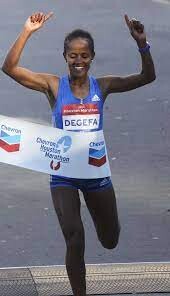
Among the Americans worth watching are Keira D’Amato and Frank Lara. D’Amato comes to Houston with a personal best of 2:22:56 and could challenge the 10-year-old course record of 2:23:14, while Lara – the 2014 Gatorade Boys’ High School Cross Country Runner of the Year out of Strake Jesuit College Prep – returns home to Houston to make his marathon debut.
Dan Green, the first winner in 1972, will serve as honorary starter, along with other members of the race’s Hall of Fame. In addition to marking its 50th anniversary, the race will serve as the first qualifier for the 2024 U.S. Olympic Team Trials – Marathon, with its newly-toughened standards of 2:18 for men and 2:37 for women.

The Aramco Houston Half Marathon, run concurrently with the marathon, will be headlined by Kenya’s Vicoty Chepngeno and American Sara Hall. Chepngeno set her personal best of 1:07:22 in winning the Philadelphia Half Marathon last November, while Hall is the sixth-fastest woman in U.S. history at the half marathon and second-fastest in the marathon. On the men’s side, the fastest time in the field belongs to Shadrack Kimining Korir, who returns to Houston after finishing third here in 2020 in a personal best of 59:27.
This year, the elite fields for the two races will feature athletes representing 17 countries: the U.S., Kenya, Ethiopia, Mexico, Great Britain, Japan, Bulgaria, Guatemala, Peru, Eritrea, South Africa, Morocco, New Zealand, Canada, Israel and Australia.
The Chevron Houston Marathon and Aramco Houston Half Marathon will be broadcast on ABC-13 from 7 a.m.-10 a.m., with a race day recap at 10:35 p.m. Joining ABC-13’s Greg Bailey and Gina Gaston as expert commentator will be Des Linden, the 2018 Boston Marathon winner and 50K world-record holder. Linden made the first of her two U.S. Olympic Marathon teams in Houston in 2012.
(01/07/2022) ⚡AMPby AIMS
Chevron Houston Marathon
The Chevron Houston Marathon offers participants a unique running experience in America's fourth largest city. The fast, flat, scenic single-loop course has been ranked as the "fastest winter marathon" and "second fastest marathon overall" by Ultimate Guide To Marathons. Additionally, with more than 200,000 spectators annually, the Chevron Houston Marathon enjoys tremendous crowd support. Established in 1972, the Houston Marathon...
more...Stephanie Bruce announces retirement after 2022 season
American marathoner Stephanie Bruce announced on her blog that her 2022 season will be her last, as she has been diagnosed with a congenital heart condition called Bicuspid Aortic Valve Disease (BAVD), a dysfunction of the aorta valve limiting the amount of blood flowing from your heart to the body.
“I’m just going to cut to the chase and drop the punch line. I am retiring – this year, but not until the end,” Bruce said in her post. “On Oct. 6, I was diagnosed with a congenital heart condition called Bicuspid Aortic Valve Disease.”
Many athletes tend to announce their retirement after the season or before their last competition, but Bruce wanted to go out as the fighter she’s been her entire career. “I’m not done yet,” she said. “This will be my gritty finale!”
Bruce has had a prolific career in cross-country, representing the U.S. twice at the World Cross Country Championships, in 2017 and 2019. Bruce was the second American behind Emma Bates at the 2019 Chicago Marathon, where she ran her personal best time of 2:27:47. Bruce recently comes off a 10th place finish at the NYC Marathon in November (2:31:05).
Bruce had no idea she had the disease until a check-up two months ago. She currently trains with Ben Rosario’s Hoka NAZ Elite team in Flagstaff, Ariz. and will be releasing YouTube videos during her final season. “We are looking to coordinate pre-race group runs at many of my races and host post-race get-togethers,” Bruce said. “Many professional runners just fade out, I want to give back and go out on my terms.
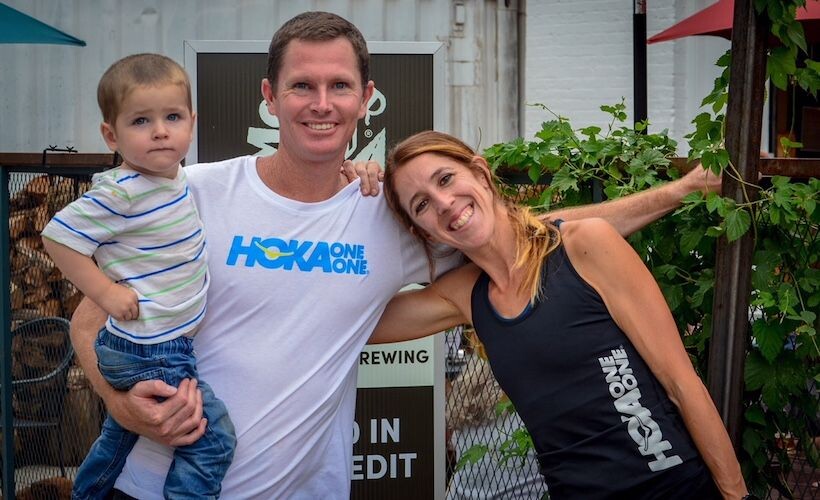
Bruce will be competing this Saturday at the U.S. Cross Country Championships in San Diego, Calif.
(01/07/2022) ⚡AMPby Marley Dickinson
Kipruto ends Kamworor's dominance at Kenya Police Cross Country
World 10,000m bronze medalist Rhonex Kipruto from Police Boarder (PBU) Friday won the Kenya Police Cross Country Championships men’s 10km title on his debut.
Kipruto, who is the 10km world record holder cashed on the late withdrawal of eight-time defending champion Geoffrey Kamworor to win in 30 minutes and 28.57 seconds in the event held at the Ngong Racecourse.
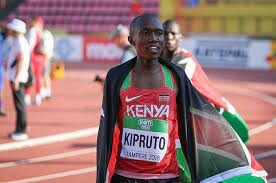
Kamworor, who was going for his ninth title, withdrew after he sustained a groin injury during his long run the previous day.
But Kipruto’s victory didn’t come on a silver platter after he was forced to hold off teammate Michael Kibet in the last kilometre to triumph.
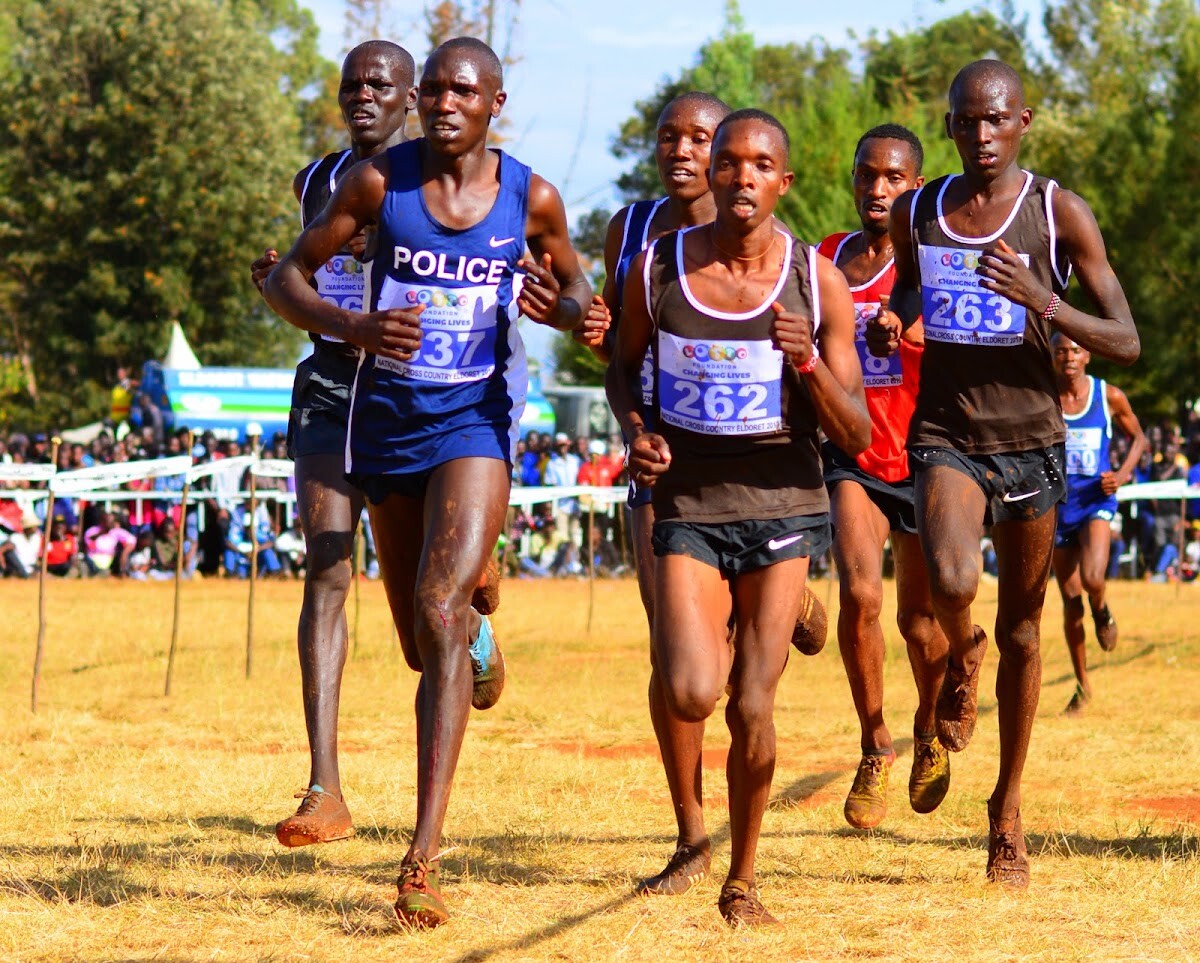
The race curved fast into a two-horse battle between Kipruto and Kibet as early as the first four kilometres with Kibet leading throughout the distance.
It’s only in the last kilometer that Kipruto, the 2018 World Under-20 10,000m champion, took charge and never looked back for his maiden win.
“It’s a good win coming just upon graduating from Kenya Police Training College. We went for team work with my brother Kibet. It was needless to fight each other ruthlessly when we are from the same team,” said Kipruto, ” said Kipruto, who embraced Kibet at the finishing line.
Kipruto paid tribute to Kamworor and wished him quick recovery. “ I would have loved to compete against him. He is a legend and I hope to compete with him in the next event,” said Kipruto.
Kipruto said he had not prepared well for the race having just graduated from Kenya Police Training College in December.
“We have a busy season and I will have to sit down with my coach brother Colm O’Connell to strategies well especially after I missed out on Tokyo Olympics owing to a hip joint injury,” said Kipruto.
Kipruto intends to compete at the Memorial Agnes Tirop World Cross Country Tour on February 12 before turning his focus to the World Athletics Championships on July 15 to 24 in Oregon, United States and the Birmingham Commonwealth Games due July 28 to August 8 in United Kingdom.
“I want to work on my speed ahead of the track season," said Kipruto.
Selected results
1.Rhonex Kipruto (BPU) 30:28.6
2.Michael Kibet (BPU) 30:28.9
3.Josphat Kiprotich (CIPU) 30:46.8
4.Joseph Kiptum (NEP) 30:50.7
5.Edwin Bett (RDU) 30:52.1
6.Kennedy Cheserek (GSU) 31:02.4.
(01/07/2022) ⚡AMPby Ayumba Ayodi
Aleksandr Sorokin sets two world records at 12-hour race in Israel, becoming the first human to break the 11-hour barrier for 100 miles
The greatest distance runner in Lithuanian history, Aleksandr Sorokin, has done it again, smashing two of his world records at the Spartanion 12-hour race in Israel. Sorokin completed 122 laps of a 1.46-kilometer loop to equal 177 kilometers of running in 12 hours – an average of 4:03/km.
To put his performance in perspective, his time is equivalent to running 35 straight 5Ks in 20 minutes and 15 seconds each. When Sorokin started the race, his goal was to break the 12-hour record. It wasn’t until after halfway that he realized he was on pace to shatter his previous 100-mile record of 11:14.56.
He broke his previous personal best by 23 minutes, running 10:51:39, a whopping eight-second improvement per kilometer.
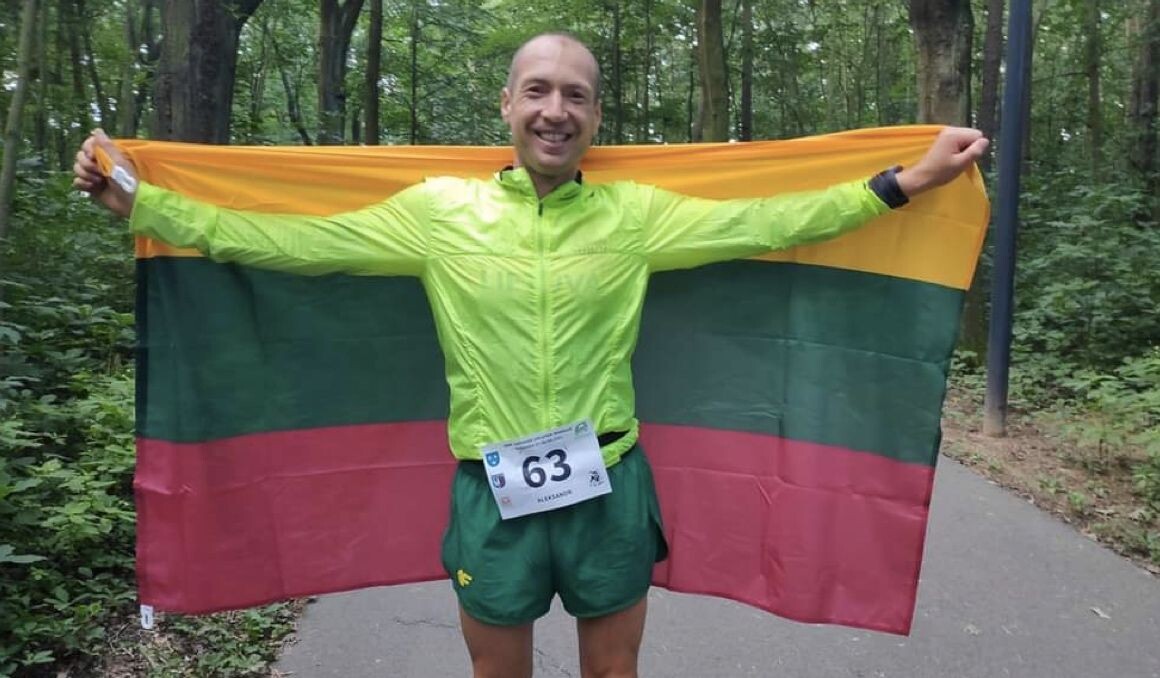
Sorokin is the first human to break the 11-hour barrier. There are no words to describe this performance besides remarkable. Even the 11:30 barrier has been untouched by many ultrarunners.
Sorokin raced again in the Nike Alphaflys. “A friend of mine gave me pair of Alphafly’s to try in August. I liked the softness of the shoe. Then I took the risk of wearing it during the race,” he says. “I find that cushioning is important for recovery when running long distances.”
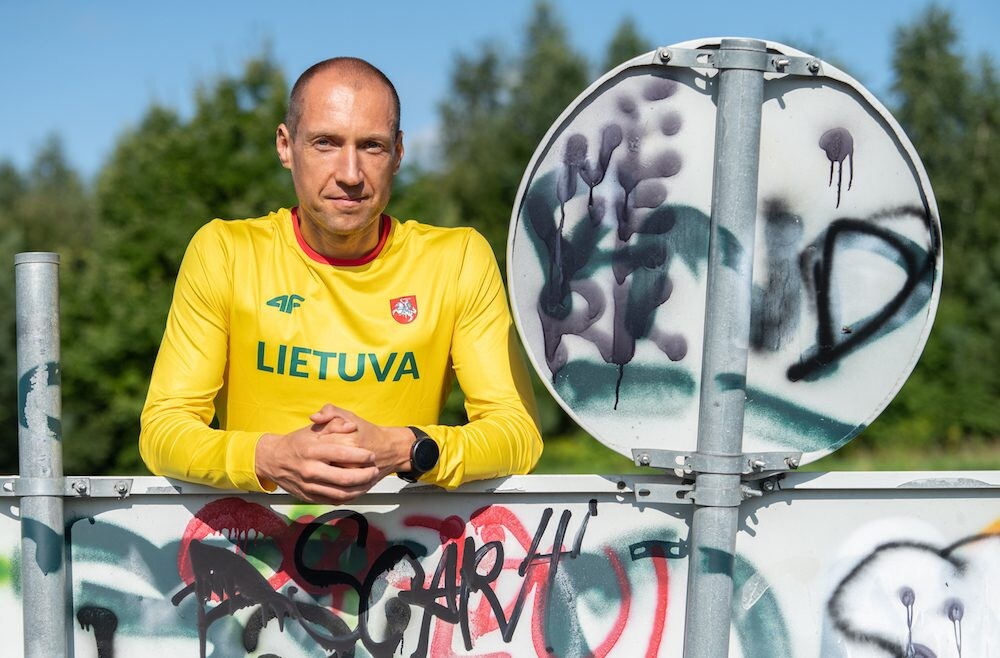
Sorokin told us in a previous interview that he dreams of continuing his running career and pushing boundaries further. “I hope to compete at the world 24-hour championships this year and run a race in the U.S,” he says.
(01/07/2022) ⚡AMPby Marley Dickinson
Ontario student athletes petitioning government to open training facilities
In the pre-pandemic era, the beginning of January marked a return to the OUA and OCAA season for many student-athletes, but on Jan. 3, the gov’t of Ontario announced new province-wide restrictions in response to the spread of the Omicron variant of COVID-19, placing a ban on all non-elite sports until the end of January. Athletes across the province are signing a petition for the provincial government to lift restrictions on university and collegiate sports in Ontario to be defined as an “elite-level” sport.
The government’s decision stated that ‘elite-level sports’ can continue to play – the Toronto Six and Toronto Raptors can play, Olympians and Paralympians can continue to prep for Beijing. But, OUA and OCAA coaches and student-athletes are left off the playing field. The current restrictions in Ontario prohibit training in university facilities, as well as indoor meets until at least Jan. 27
t the Tokyo 2020 Olympic Games, there were 37 current and past OUA athletes who represented Team Canada (incl. runners Madeleine Kelly, Lucia Stafford, Gabriela DeBues-Stafford, Julie-Anne Staehli and Alicia Brown).
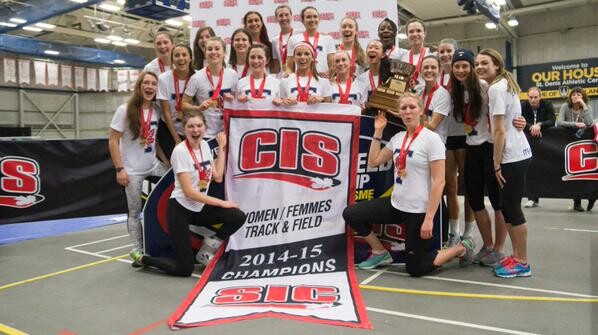
Before Christmas, Ontario University Sport (OUA) announced they were going to halt all winter competitions due to the ongoing spread of Omicron until Jan. 24, but at that time, athletes were still allowed to practice using university facilities depending on the university’s regulations surrounding Omicron.
The recent announcement leaves OUA athletes without a place to train.

Andrew Davies is an elite-level distance runner with the McMaster Marauders Track & Field team, who has represented Canada at the junior level. “Since we don’t have a useable indoor facility at McMaster, our team was commuting to Guelph once a week to use an indoor track,” Davies says. “The recent restrictions from the government have left us without options in preparation for the indoor season.”
Several OUA-governed indoor track and field meets were supposed to take place in January but have since been cancelled. Many university athletic departments are pushing for their facilities to be opened for varsity teams.
For some senior student-athletes, this season marks their last year of OUA eligibility. “It’s been difficult to plan for races with the uncertainty of the season,” Davies says. “If there were to be further cancellations into February our team would look into options of entering races south of the border.”
The petition for the Ontario provincial government to resume sport has currently gathered over 2,000 signatures.
(01/06/2022) ⚡AMPby Marley Dickinson
Geoffrey Kamworor eager to shine at Cross Country Tour in tribute to Tirop
Former world half marathon record holder Geoffrey Kamworor says he will be running at the World Cross Country Tour on February 12 in memory of 'close friend' and 2015 World Cross Country champion Agnes Tirop.
The inaugural cross country meet has been named Agnes Tirop Memorial World Cross Country Tour in honour of the fallen star who was found murdered in October last year at her home in Iten, Elgeyo Marakwet.
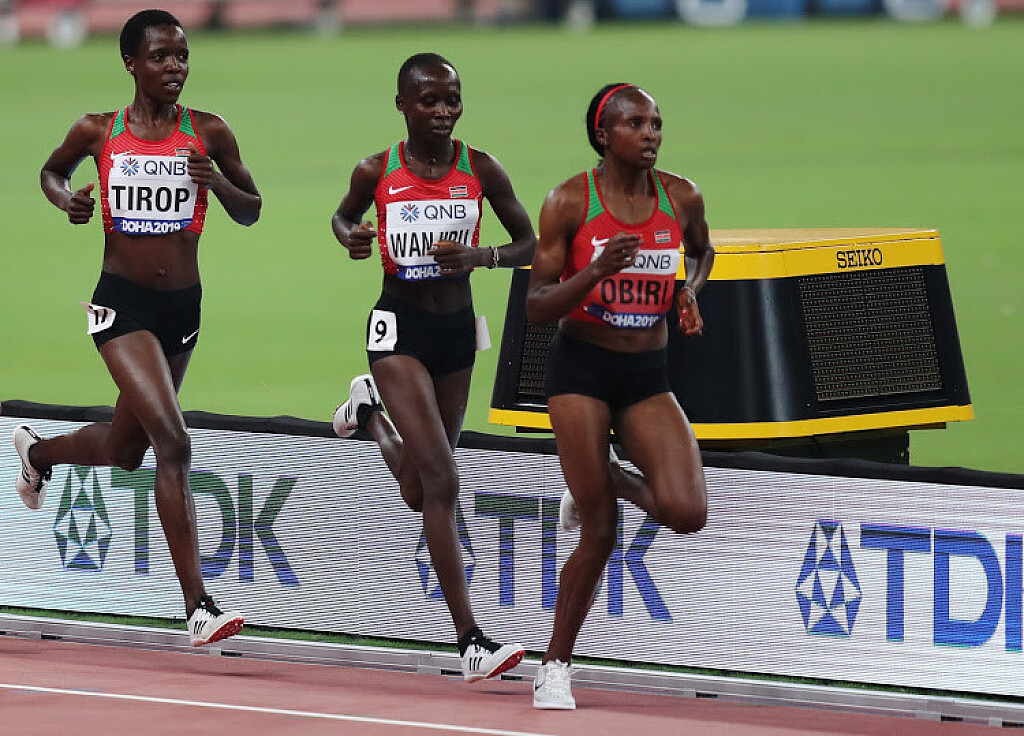
"She was one of my closest friends who always had encouraging words for me whenever we went for competitions. We would advise each other. So it is appropriate that this event be named after her and be held in the City of Champions, which is Eldoret. It is a privilege to run in this race to remember her and of course, to market it as a world-class," Kamworor said.
Despite successes in past cross country races, the 2011 World Junior Cross Country champion says he is not fixated on claiming a podium place in Eldoret.
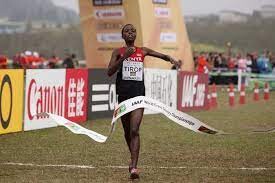
"Of course, I am naturally a cross country runner but for me, what matters most is to run a good race and remember my good friend Agnes. Other than that, it is difficult to tell how the race will pan out. I have managed to go around the course and it is perfect. I can't wait to run on it," the three-time world half marathon champion said.
It was not a rosy 2021 for Kamworor who began the year on a sour note, pulling out of the men's senior race at the national cross country championship before he had to pull out of the Tokyo Olympics due to an ankle injury.
Nonetheless, the 2017 and 2019 New York Marathon champion is keen to put the underwhelming year past him and focus on upcoming competitions in 2022.
"I don't want to comment much because last year was challenging for a lot of athletes. Many were not able to train effectively but we hope this year will be different and will be able to compete in a majority of competitions," he said.
Kamworor added: "The season is still young; we have just begun the year. I can't say much about my plans for the season but these cross country races are the perfect build-up for this year's competitions."
The 2017 World Cross Country champion is elated by the country's burgeoning reputation as a destination for major athletics events.
"It is wonderful to be competing against other great runners from other parts of the world. Normally, we are used to going outside for international events but this time it is coming home. This shows how Kenya is growing as a host nation for athletics events," he said.
The one-day invitational race will bring together a number of local and foreign athletes, among them, world 5k record holder Letesenbet Gidey of Ethiopia.
(01/06/2022) ⚡AMPby Omondi Onyatta
Runners return for 2022 Walt Disney World Marathon Weekend
Walt Disney World is preparing to welcome back thousands of runners for its popular marathon weekend.
The 2022 event, which steps off Thursday morning, consists of a 5K, 10K, half-marathon, two-course challenge (Goofy’s Race, marathon and half marathon), and Dopey challenge (all races).
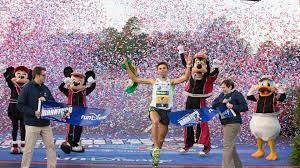
This year’s race celebrates Walt Disney World’s 50th anniversary celebration with race themes featuring some of Disney’s most popular characters.
According to runDisney’s website, all races, including virtual options, are sold out.
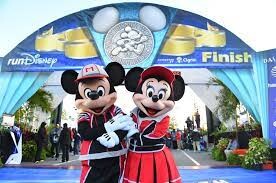
Race participants can begin picking up their race bibs and t-shirts Wednesday morning at the runDisney Health & Fitness Expo at Disney’s ESPN Wide World of Sports complex.
Health & Fitness Expo hours include:
Wednesday, Jan. 5: 10 a.m. to 8 p.m.
Thursday, Jan. 6: 12 p.m. to 6 p.m.
Friday, Jan. 7: 10 a.m. to 7 p.m.
Saturday, Jan. 8: 11 a.m. to 3 p.m.
The expo is also the place where runners will grab some finisher merchandise including 50th anniversary-themed outfits, drinkware, car magnets and even an ornament.
Disney said while the races are underway, roads around the resort and theme parks may operate under traffic restrictions or be closed to accommodate.
Guests may see these closures Jan. 8-9 from 4 a.m. to 9 a.m.
Back in November, Disney welcomed back in-person running events since the pandemic began.
(01/06/2022) ⚡AMPWalt Disney World Marathon Weekend
Come join Mickey and friends for an extraordinary race weekend—put your endurance through the paces, enjoy amazing entertainment and earn commemorative medals. Dare to test your limits? Try a multi-race challenge for the chance to earn even more medals. No matter your skill level, you'll be a part of a community of fun-spirited runners—uniquely Disney! ...
more...What would Jerome Drayton’s marathon time be with today’s shoe technology?
At Japan’s Fukuoka Marathon in 1975, Canada’s Jerome Drayton smashed his Canadian record from 1969 to win the marathon in 2:10:09 – a record that stood for 43 years until Cam Levins broke it at the 2018 Toronto Waterfront Marathon (2:09:25). When Levins set the record, he ran in the Hoka Carbon Rocket X, a shoe with carbon-plated technology Drayton did not have 43 years prior. Both times are remarkable, but it brings into question what Drayton’s time would translate to today if he had had carbon-plated shoes.
In the 70s, the Fukuoka Marathon had the reputation as the unofficial world championship, as organizers would invite the best marathoners from around the world to Fukuoka to compete. Drayton won the race three times in seven years, beating the likes of marathon greats American Frank Shorter and Japan’s Shigeru So (who held the world record from 1978 to 1980).
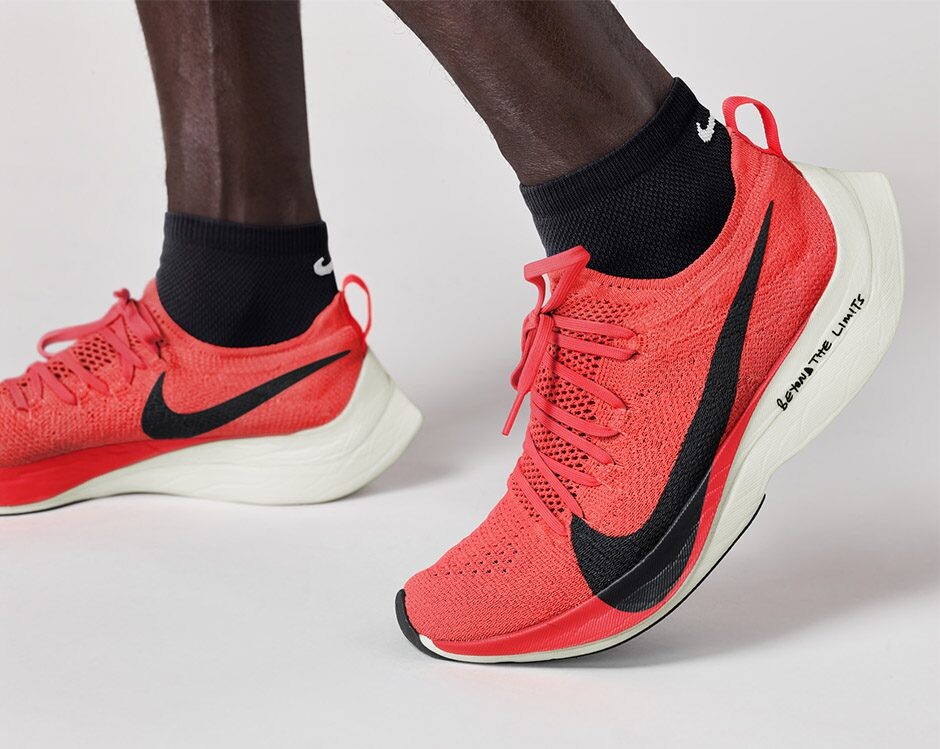
When Drayton set his record he wasn’t wearing the Adidas Adizero Pro or Nike Vaporfly. He had the Adidas SL76 on his feet, which was described as ‘the shoes for all seasons,’ built for pounding the roads in the marathon and jogging around the block. The shoe featured super-light technology, a ghillie loop lacing system and an EVA midsole – in short, a lightweight, flat running shoe.
In a 2021 video from Brigham Young University student Easton Allred, he discussed the development of carbon-plated shoes with a professor of biomechanics, Dr. Iain Hunter, who studies how people can run faster by the way they move. The two discussed whether carbon-plated shoes affect athletic performance and how much time they could take off each kilometre.
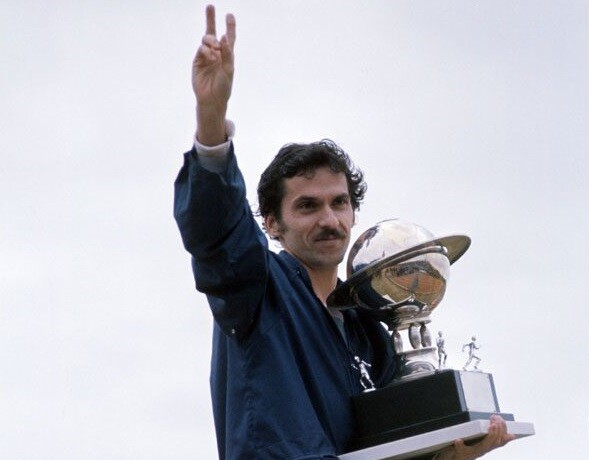
Hunter found that the top carbon plated shoes can take off two to three seconds per kilometer.
If you take Drayton’s time of 2:10:09 and take two seconds off each kilometre, it correlates to approximately 84 seconds off his time (2:08:45). Again, this calculation is hypothetical, but that time would be a record and untouched by any Canadian runner to this day.
(01/06/2022) ⚡AMPby Marley Dickinson
Fukuoka Marathon
The Fukuoka International Open Marathon Championship is one of the longest running races in Japan, it is alsoan international men’s marathon race established in 1947. The course record is held by Tsegaye Kebede of Ethiopia, running 2:05:18 in 2009. Frank Shorter won first straight years from 1971 to 1974. Derek Clayton set the World Record here in 1967 running 2:09:37. ...
more...Olympic 100m champion Marcell Jacobs will compete at the World Athletics Indoor Tour Gold meeting in Lievin
Organizers of the Meeting Hauts-de-France Pas-de-Calais have confirmed that Olympic 100m champion Marcell Jacobs will compete at the World Athletics Indoor Tour Gold meeting in Lievin on February 17.
The Italian sprinter achieved his first victory of 2021 in the French town last year, winning the 60m in 6.54, a PB at the time. He went on to improve his 60m best to a world-leading 6.47 one month later when winning the European indoor title in Torun.
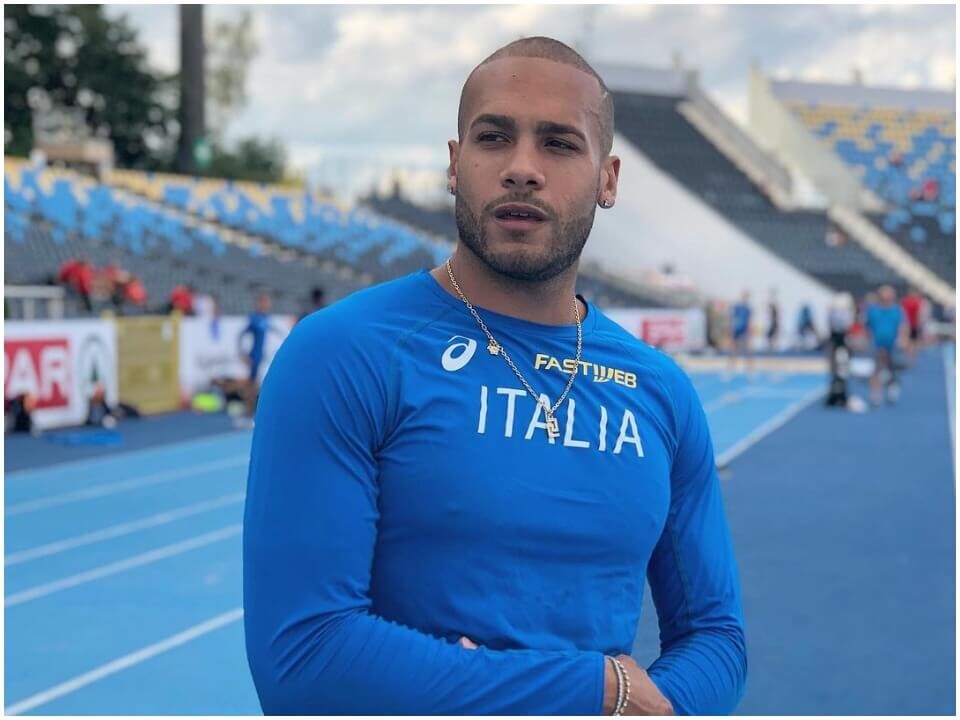
That was just a taste of what was to come, though. His breakthrough continued outdoors with an Italian 100m record of 9.95 in Savona, then a victory in Silesia before a couple of top-three placings in Diamond League meetings. He timed his peak to perfection in Tokyo, winning 100m gold in a European record of 9.80.
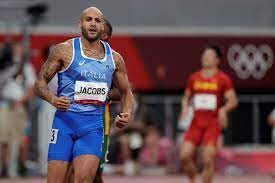
Five days later, he formed part of Italy’s victorious 4x100m squad, winning another Olympic gold in a world-leading national record of 37.50.
The Meeting Hauts-de-France Pas-de-Calais is one of seven Gold-level World Indoor Tour meetings this year. Last year’s edition was highlighted by a world indoor 1500m record from Gudaf Tsegay as well as world-leading performances from Jakob Ingebrigtsen over 1500m and Getnet Wale over 3000m.
(01/05/2022) ⚡AMPby World Athletics
Kibiwott Kandie eyes another KDF X-country title, as part of his preparations for the track season
World Half Marathon Championships silver medalist Kibiwott Kandie intends to use the Kenya Defence Forces (KDF) Cross Country Championships on Friday at Moi Air Base as part of his preparations for the track season.
Kandie, who will be seeking his fourth consecutive KDF title, said that he will focus on the 10,000 meters this season as he targets the Commonwealth Games and World Athletics Championships.
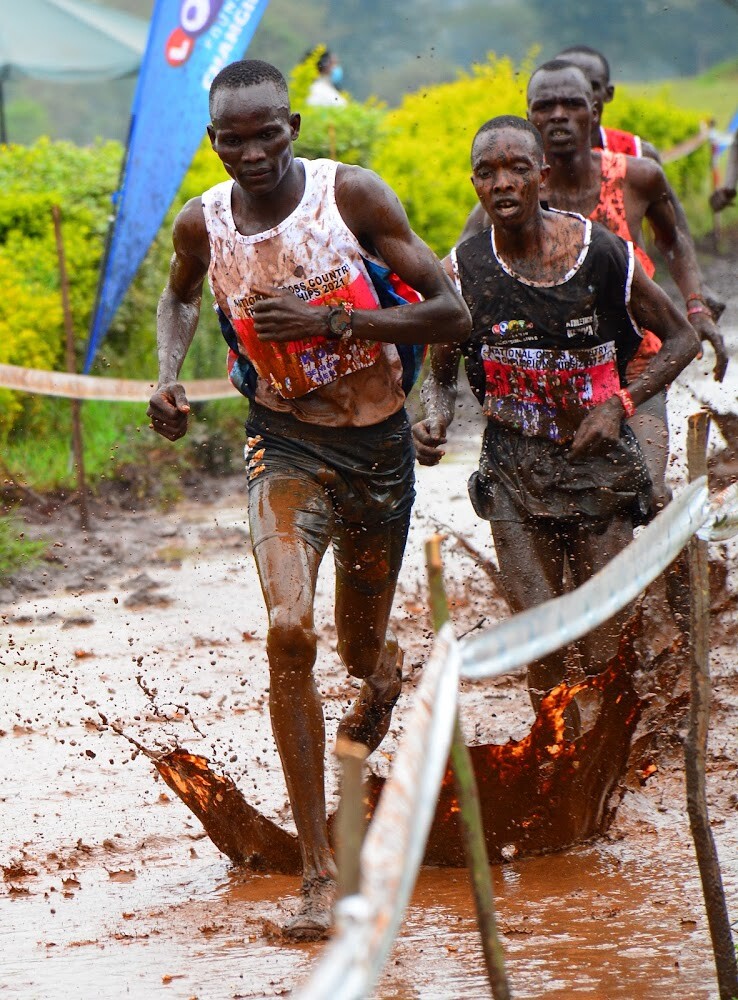
The World Athletics Championships will be held on July 15 to July 24 in Oregon, United States, while the Commonwealth Games are due on July 28 to August 8 in Birmingham, United Kingdom.
Iten-based Kandie said that he failed to perform as expected last year after he fell short in training. A nagging right knee injury also worsened things for the former half marathon world record holder.
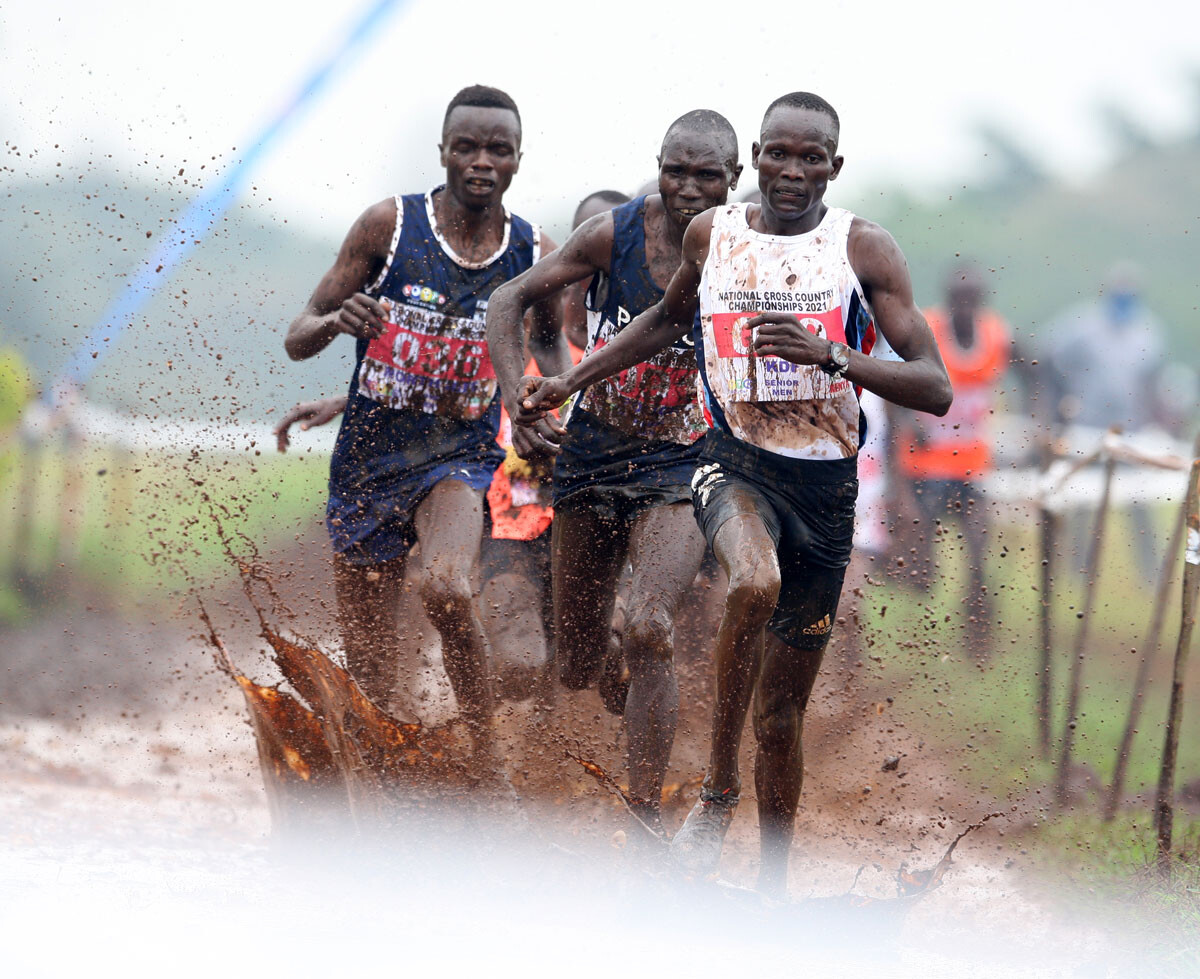
“I think I over strained and that affected my performance,” said Kandie, who started 2021 with victory in the 10,000m in a personal best of 28:28.0 at the Athletics Kenya Weekend Meeting in February.
Familiar foes
Kandie said running under 29 minutes last year was a clear indication he can do well on the track.
At the same time, reigning World Cross Country Championship winner Hellen Obiri will be seeking her fifth KDF crown on Friday.
Obiri, the world 5,000m champion, recaptured the title in January last year when she beat defending champion Joyce Chepkemoi to second place in 33 minutes 25.1 seconds.
Sheila Chepkurui completed the podium followed by Nesphine Chepleting and Irene Kamais in fourth and fifth place, respectively.
Obiri, the Olympic 5,000m silver medalist, claimed previous wins in 2014, 2017 and 2019.
Obiri, Chepkemoi, Chepkurui, Chepleting and Kamais will be joined by former champion Joycilline Jepkopsgei, who is fresh from winning the London Marathon in October.
KDF first vice chairman Alfred Olenawangas said the event will have familiar faces.
“We expect a full house with most of our athletes having resumed training ahead of the busy 2022 season,” he said.
(01/05/2022) ⚡AMPby Ayumba Ayodi
Try warming up indoors for your outdoor run
Even on the chilliest of winter days, wearing all your cold-weather gear doesn’t get you mentally or physically prepared for a sub-freezing run. Before you head outdoors, it’s important to make sure your muscles are warmed up. Running on cold days is hard enough, but frigid temperatures mixed with cold muscles can be a formula for injury.
The point of a warmup is to increase blood flow to the muscles and body systems that will be used during the run. Pushing your body into a threshold zone from a state of rest is never a good idea, and it can lead to reduced performance, sore muscles or injury.
Next time you are heading out for a run, spend five to 10 minutes warming up inside to activate your muscles. Here are a few indoor warmup routines you can try.

Light jog on the treadmill
Although it sounds ridiculous, the best way to warm up your body for an exercise is to perform the exercise at a lower intensity. You don’t want to expend too much energy to take anything away from your workout, but it’s important to reach a certain level of intensity to prepare for your run.
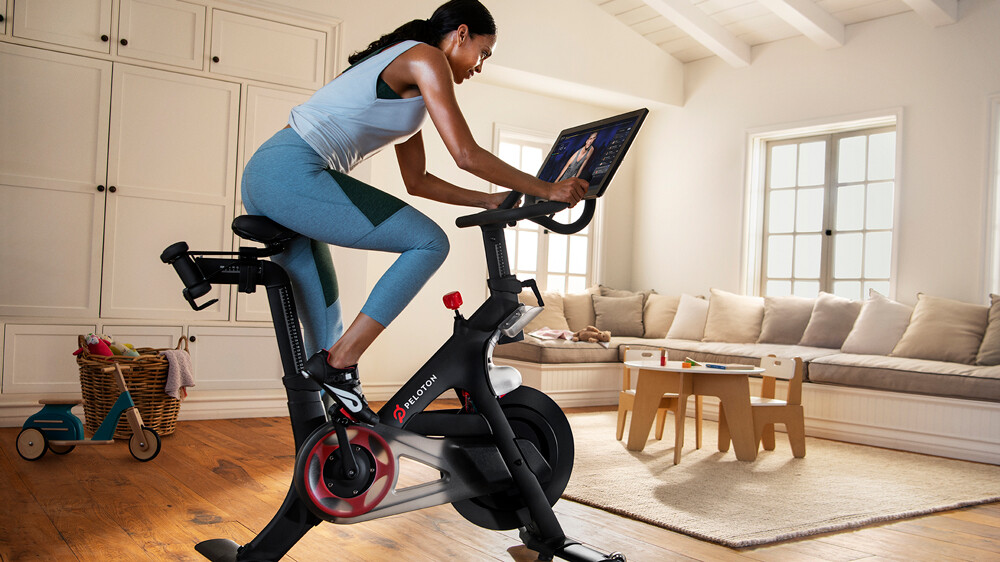
Try running for five to 15 minutes at 15 to 20 seconds slower than your easy run pace.
Dynamic movements
Try some dynamic stretching to engage the muscles around your knees and hamstrings. Some examples of these movements are knee lifts, A and B skips and lunges, which loosen up the hamstrings and engage your core and glutes. Another dynamic movement strategy you can try is a 10-minute flow yoga session to get you warmed up.
Foam rolling
According to a systematic review published in the Journal of Sports Science and Medicine, foam rolling is the most effective way to help your muscles to relax. Once the muscle fibres in your leg are relaxed, you can add dynamic stretches to help lengthen the muscles for a longer range of motion. Try spending five minutes rolling out your lower extremities, glutes and IT band before you start your dynamic movements.
Light spin on a bike
Similar to the light jog on the treadmill, spinning is a low-impact exercise to activate your muscles before an outdoor run. Many elite runners in hot and cold climates will spend 15 to 30 minutes on the bike before starting their speed workout to ensure their muscles are loose and ready to perform.
Why you should avoid static stretching
It may be hard to believe but static stretching is not a necessary part of a warm-up for runners, and it could even cause more harm. Static stretching of cold muscles before running makes them more prone to injury due to the extension of the muscle fibres and then applying force on them during your run.
(01/05/2022) ⚡AMPby Marley Dickinson
Canadian Cam Levins is leaving Hoka
The Canadian marathon record holder announces on his Instagram that he is parting ways with the brand.
After spending three and a half years with Hoka, the Canadian marathon record holder Cam Levins announced on his Instagram that he has left the brand.
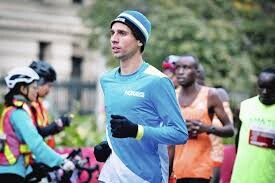
During his tenure, Levins broke two Canadian records, including Jerome Drayton’s Canadian record of 2:10:09 that stood since 1975. He ran 2:09:25 at the 2018 Toronto Waterfront Marathon to become the first Canadian to break 2:10. At the 2018 World Half Marathon Championships in Valencia, Spain, Levins broke the Canadian 20K record (59:09) on his way to a top 30 finish and a PB of 1:02:15.
The reason for Levins’s departure has not been announced, but his departure marks the third Canadian athlete to leave Hoka in the last six months. 3,000m steeplechaser Matt Hughes and aspiring marathoner Rory Linkletter both left the brand in 2021.
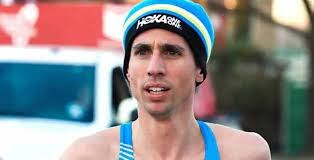
Levins was selected to represent Canada in the marathon at the Tokyo Olympics after running 2:10:14 in the final few days of Olympic qualifying. He had a rough day at the office in Tokyo, finishing 72nd in humid conditions.
Before Levins joined Hoka in 2018, he was a part of Alberto Salazar’s Nike Oregon Project alongside Mo Farah and Galen Rupp. Levins currently lives and trains in Portland, Ore., and is coached remotely by Victoria, B.C. runner Jim Finlayson.
(01/05/2022) ⚡AMPby Marley Dickinson
Tokyo Olympic silver medalist Kendra Harrison will headline Millrose Games hurdles field
Kendra Harrison, the world 100m hurdles record-holder and Tokyo Olympic silver medallist, will form part of a stellar women’s 60m hurdles field at the Millrose Games.
The defending Millrose Games champion, Harrison set the current 100m hurdles world record of 12.20 in July 2016. It was indoors that she won her first global gold medal, running 7.70 to equal the US record at the 2018 World Indoor Championships.
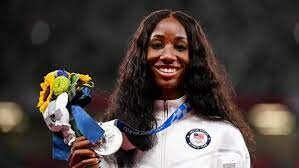
In addition to her silver medal claimed in Tokyo, Harrison also earned silver at the 2019 World Championships.
“I had such a great time competing at Millrose in 2020,” Harrison said. “I am looking forward to defending my title in 2022.”
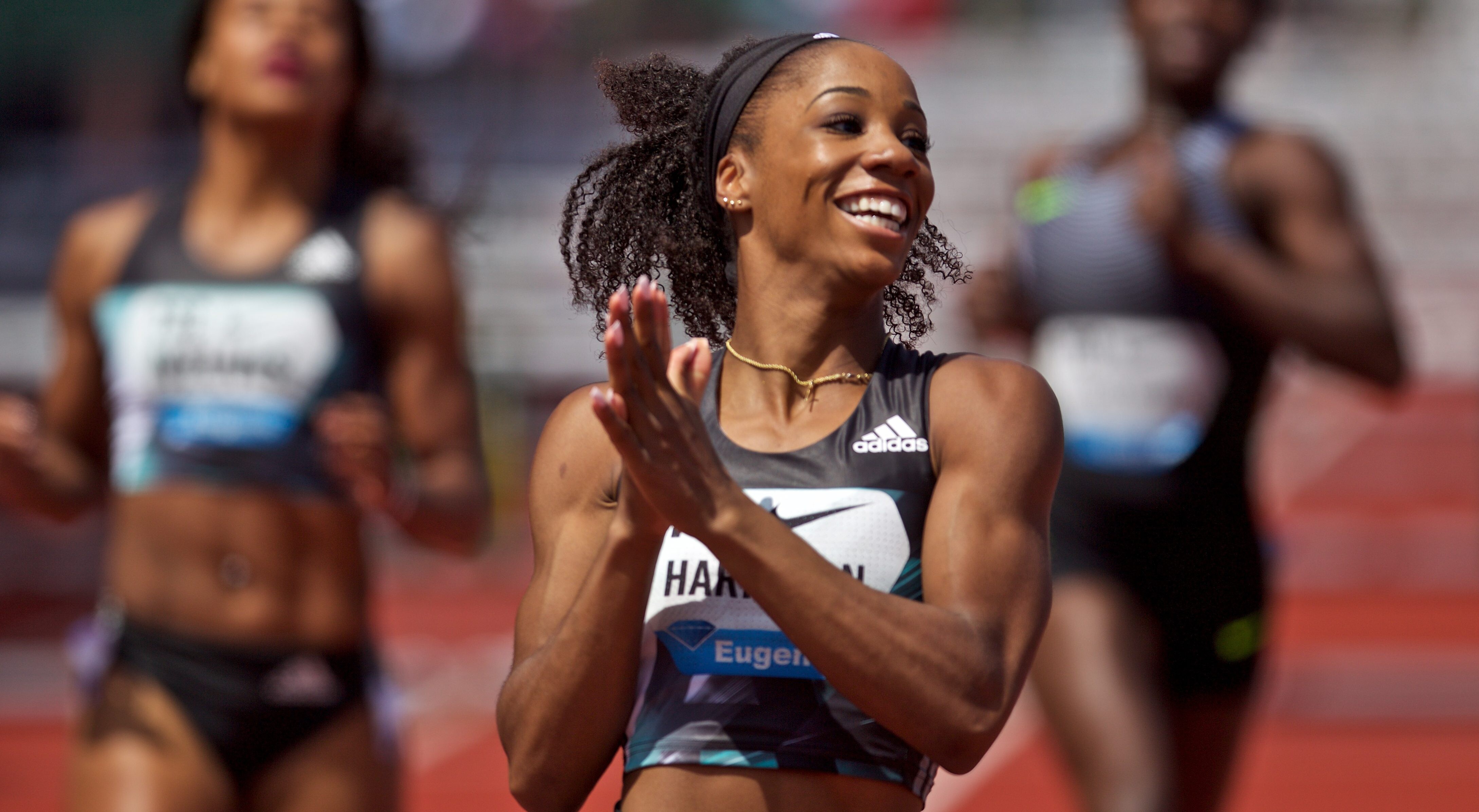
Harrison will be one of six Olympians in the Millrose Games women’s 60m hurdles, with the field featuring three other Olympic finalists from Tokyo.
They include Jamaica’s Britany Anderson, who placed eighth in the Olympic final, plus Devynne Charlton of the Bahamas, who finished sixth, and the USA's Gabbi Cunningham, the seventh-place finisher in Tokyo.
Rounding out this top field will be 2021 NCAA champion and US Olympian Anna Cockrell and Irish Olympian Sarah Lavin.
Other athletes so far announced for the Millrose Games include 2016 world indoor 60m champion Trayvon Bromell, Olympic shot put champion Ryan Crouser, world shot put champion Joe Kovacs, Olympic 800m champion Athing Mu, Olympic pole vault champion Katie Nageotte and world indoor pole vault champion Sandi Morris.
(01/04/2022) ⚡AMPby World Athletics
NYRR Millrose Games
The NYRR Millrose Games,which began in 1908 as a small event sponsored by a local track club, has grown to become the most prestigious indoor track and field event in the United States. The NYRR Millrose Games meet is held in Manhattan’s Washington Heights at the New Balance Track & Field Center at the Armony, which boasts a state-of-the-art six-lane,...
more...Top athletes for Memorial Agnes Tirop World Cross Country Tour
Three-time world half marathon champion Geoffrey Kamworor has confirmed his participation to the Memorial Agnes Tirop World Cross Country Tour on February 12 in Eldoret, Uasin Gishu County.
Kamworor said during the launch of the race at Lobo village in Kapseret Tuesday that he will be happy to compete with other international athletes in honoring the departed Tirop.
“It was so sad to loose such hard working athletes and competing in the race next month will give me joy because she was my best friend in cross country. We used to encourage one another before the race and since she is no more, I have to compete and run well,” said Kamworor.
Ethiopia’s Letesenbet Gidey the 5,000m, 10,000m and half marathon world record holder, will also line up in the women’s 10km race.
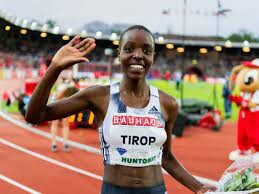
Forty invited athletes will grace the race with many Kenyan athletes expected to join the list once they are selected after the national trials which shall be held at the same venue in Eldoret.
Some of the races that will be taking place include 10km senior men and women, 8km junior men, 6km junior women, Under-18 6km boys, Under-18 4km girls, 2km boys and 1km for children and masters race.
Athletics Kenya President Jack Tuwei said the race is the only one in Africa and the last one in a series of 17, adding that Eldoret was picked by World Athletics as one of its venues for the inaugural 2022 World Cross Country Tour.
World Athletics introduced cross country tours races which will be subsequently categorized as gold, silver or bronze and will come with additional prize monies for the best performers.
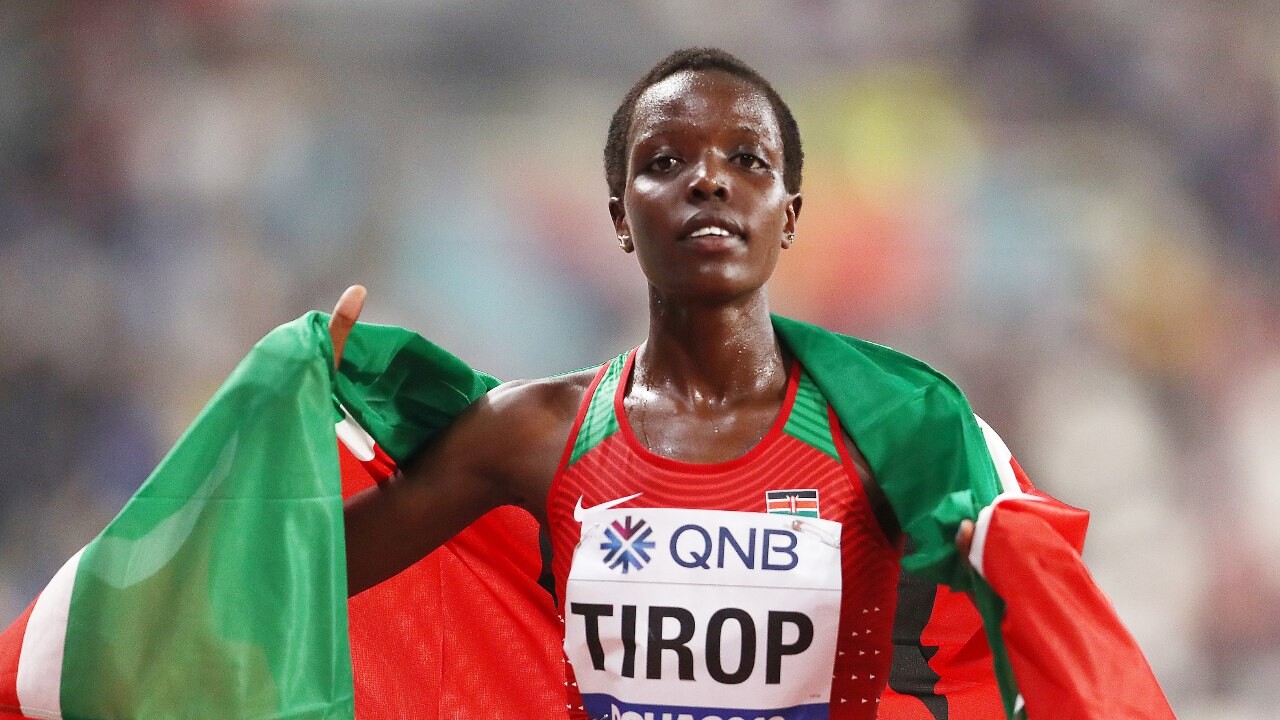
Out of the $400,000 (Sh43m) prize money for the best performers, $75,000 (Sh8m) will be set aside for the best male and female runners in the cross country tour.
“We decided to name the race after our hero Agnes Tirop who was murdered last year as one way of honoring her. The Local Organizing Committee is on top of things and we shall be able to deliver a world class event," said Tuwei.
Sports Cabinet Secretary Amina Mohamed warned rogue coaches and agents who want to ruin the sport by fleecing athletes of their hard earned cash or introducing them to drugs.
“It is really sad we are mourning the champion today who was to compete in the race because of rogue people surrounding her career. Going forward we shall be able to vet those handling athletes because the report that I will be releasing next week has a lot of issues which have to be addressed immediately,” said Amina.
She further said that Kenya has shown the world her prowess in the sport and athletes should continue working hard and carry the country’s flag high in the forthcoming events.
(01/04/2022) ⚡AMPby Bernard Rotich
Laura Muir Hungry For More Success After Tokyo Silver
Laura Muir knows she may never better the Olympic silver medal that gave Britain a night to remember in Tokyo.
But as the new year dawns she insists her first taste of global success has only made her more hungry.
Until now Muir awoke from every Hogmanay resolving to shed her ‘nearly’ tag. Not today, not after that 1,500 metres performance.
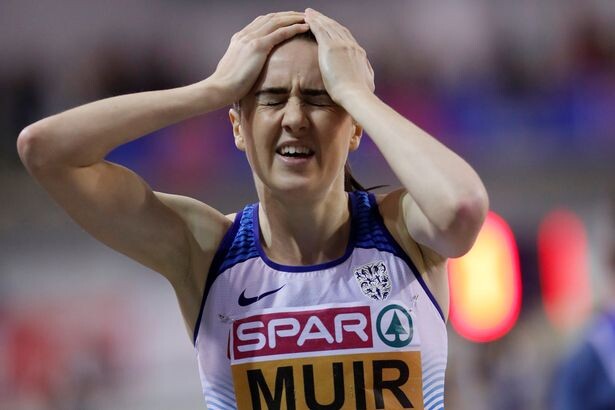
It remains to be seen whether she will ever top beating Sifan Hassan to second place behind Faith Kipyegon in a British record time.
But the 28-year-old Scot has made clear she will not fail for the want of trying.
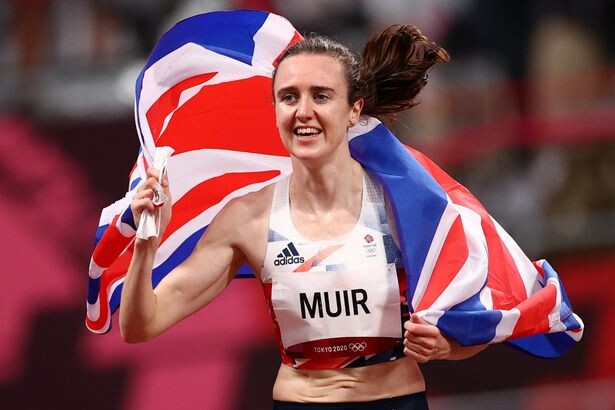
“The fire inside me is, if anything, burning even more fiercely now,” she said. “Tokyo gave me a taste of what it’s like to be on a global podium.
“I want more of that, I want to add more medals. It’s going to be incredibly tough. This is probably the most competitive time there’s been in my event. But I’m very excited to be a part of that.”
She has already returned to racing, winning the Scottish Short Course Cross-Country Championships.
It was small beer compared to the Olympics but it sent a message that she is back up and running, business as usual.
“I think I’ve got a few years left in these legs,” she smiled. “I’ll keep on running competitively for as long as my body holds up.
“To have finally put a performance out there that shows the calibre of athlete I am is huge for me. I always knew I could do it, but going to Tokyo and delivering has given me huge belief.
“I will now go into championships more relaxed, with the confidence that I’ve been and done it already. That's a huge hurdle. Now I’m over it, things should be a bit smoother in that sense.
(01/04/2022) ⚡AMPby Alex Spink
Aoyama Gakuin University breaks on course record for sixth Hakone Ekiden win
Riding the momentum of its Hakone Ekiden Day One win, Aoyama Gakuin University broke the Day Two and overall course records to take its sixth Hakone title in eight years.
With all sixteen men on his entry roster having broken 29 minutes for 10000 m and even leaving some recent 62-minute half marathoners off, head coach Susumu Hara had plenty of material to work with on the five-stage 109.6 km Day Two return trip from the mountain town of Hakone to central Tokyo. Handling the 20.8 km descent on the day's first leg, 4th-year Yuki Takahashi was the weakest link in the Day Two lineup in terms of finishing time on his individual stage, running only 8th-fastest, but even so he added a valuable 41 seconds to AGU's initial lead of 2:37.
And from there it was a total blowout. Hironori Kishimoto was the only runner to break 63 minutes on the 21.3 km 7th leg, taking the lead to 4:51. Issei Sato lost 19 seconds to Juntendo University's Masaki Tsuda but was still 2nd-fastest on the 21.4 km 8th leg. Yuito Nakamura blew the race apart with a 1:07:15 course record on the 23.1 km 9th leg, 46 seconds off the old record dating back to 2008 and putting AGU ahead of Juntendo by 7:56. Anchor Hironobu Takakura backed that up with a 1:07:50 course record on the 23.0 km 10th leg, 50 seconds under the old record.
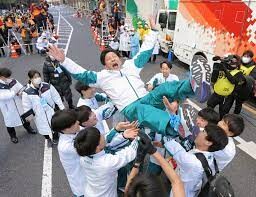
AGU broke the Day Two record in 5:21:36 and took almost 2 minutes off its own record for the full 10-stage, 217.1 km course, finishing 10:51 ahead of 2nd in 10:43:42 with the biggest margin of victory since 1988. That works out to 2:57.9/km including the two mountain stages. How dominant is that? The same pace for 100.0 km, the distance run at Jan. 1 at the 7-stage New Year Ekiden corporate men's national championships, would give AGU a time of 4:56:30. That would have put them in 12th out of 37 teams, not evening taking into account that they were running more than twice as far as the corporate leaguers, only one stage at the New Year Ekiden is as long as what every runner at Hakone does, or that Hakone includes two stages with elevation changes of 837 m. Take those into account and AGU's best 7 could probably be giving New Year winner Honda, who averaged 2:54.6, a run for it, even without a Kenyan. Coach Hara might get it wrong every now and then, but at this point his development program is pretty close to untouchable at the collegiate level.
Behind AGU, the overall race was as complex as expected given how close most of the teams were in ability, way too much to recap. From 2nd to 13th, almost every team changed position on almost every stage. There were as many brilliant days in the sun as devastating setbacks, as many as you could hope for. 2020 Yosenakai qualifier winner Juntendo continued its forward movement after a slow start on Day One, moving from 5th to 3rd thanks to a stage best from downhill runner Keito Makise, then 2nd after another stage best from 8th man Tsuda. Tsuda, a second-string senior, delivered one of the biggest runs of the day, taking out Komazawa's #2 man Mebuki Suzuki to put Juntendo into 2nd, where they stayed. Komazawa fell to 6th as Suzuki faltered, but fought back to 3rd.

Last year's 3rd-placer Toyo University struggled to stay in the top 10, then caught Komazawa for 3rd in the anchor stage home straight before dropping to 4th in the final sprint. 2021 Izumo Ekiden winner Tokyo Kokusai University bounced between 7th and 4th before landing in 5th. Yosenkai runner-up Chuo University made it as high as 3rd on the 8th leg before falling back to 6th, its first time in the top 10 in ten years. Last year's Hakone runner-up Soka University went from 8th to 5th to 9th to 7th. Koku Gakuin University dropped from 4th to 10th over the first three stages of the day. A stellar run from first-year Kiyoto Hirabayashi took them back to 5th on the 9th leg, but anchor Ryomei Aizawa dropped again to 8th. Teikyo University started in 2nd after an uphill win at the end of Day One by Shoma Hosoya but spent Day Two sweating it out as they fell back as far as 10th on the 9th leg before anchor Shoma Nishiwaki took them back to 9th.
A top 10 placing in Hakone gets you a return trip the next year and an invitation to October's season-opening Izumo Ekiden. 2019 Hakone winner Tokai University clawed its way up to 10th on the Day One 5th leg, then to 8th over the first four stages of Day Two. But anchor Yuta Yoshitomi ran into trouble and dropped, and coming off Nihonbashi with 1 km to go he was caught by Hosei University's Yuki Kawakami. It's a sign of how much trouble Yoshitomi was in that he ultimately finished 52 seconds behind Kawakami, sending Tokai back to the Yosenkai with Hosei getting into the top 10 for the first time in 3 years. Waseda University, Japan's University of Oregon, looked like they might break into the top 10 with good 7th and 8th leg runs from Soshi Suzuki and Ryunosuke Chigira, but they couldn't quite close it up and were caught just before the finish by Kanagawa University.
Even further back there was just as much action throughout the day. The Kanto Region Select Team recorded its best-ever time, finishing 14th overall but not counting in team scoring. 2021 Yosenkai winner Meiji University fought back from a disastrous Day One to overtake top 10 contender Kokushikan University for 14th. Chuo Gakuin University overcame a Day One time handicap to beat Yamanashi Gakuin University and Nittai University for 16th. The debuting Surugadai University, last on Day One, likewise outran its handicap to knock Senshu University down to 20th.
Altogether it was a truly great edition of the world's greatest race, one with more plot lines happening simultaneously than even the ultra-competent Nippon Television production team knew what to do with. That's a direct product of the constantly increasing level of collegiate men's distance running in Japan. AGU and coach Hara may be showing what's possible, but with so many teams raising the average ceiling at once it created the right conditions for tense and exciting racing throughout all 11 hours of action over Hakone's two days. That's good for the athletes, good for the broadcaster and their sponsors, and good for the fans. Japan is losing elite-level races at a rate that should be ringing some alarm bells, but in the lead-up to Hakone's 100th running in 2024 it was a reassuring sign that this one, at least, is only getting better.
(01/04/2022) ⚡AMPby Brett Larner
hakone ekiden
Hakone Ekiden, which is officially called Tokyo-Hakone Round-Trip College Ekiden Race, is one of the most prominent university ekiden (relay marathon) races of the year held between Tokyo and Hakone in Japan on 2 and 3 January. The race is telecast on Nippon Television. Only men take part in the competition, meaning there is greater investment in the men's ekiden...
more...Does KT tape really work?
Over the last decade, Kinesio tape has become popular among athletes and sports rehab specialists to help alleviate the pain from some injuries. Over that time, several studies have been done to assess the tape’s efficacy, with inconclusive results.
A recent study took another stab at the topic, and determined the tape is more than just a placebo — as long as you use the appropriate amount of tension.

Light tension works the best
The goal of the study, which was published in the journal Plos One, was to address the gaps in the current KT and pain literature, to ascertain if the pain-relieving effect is simply a placebo effect and to experiment whether KT applied at different tensions reduces pain.
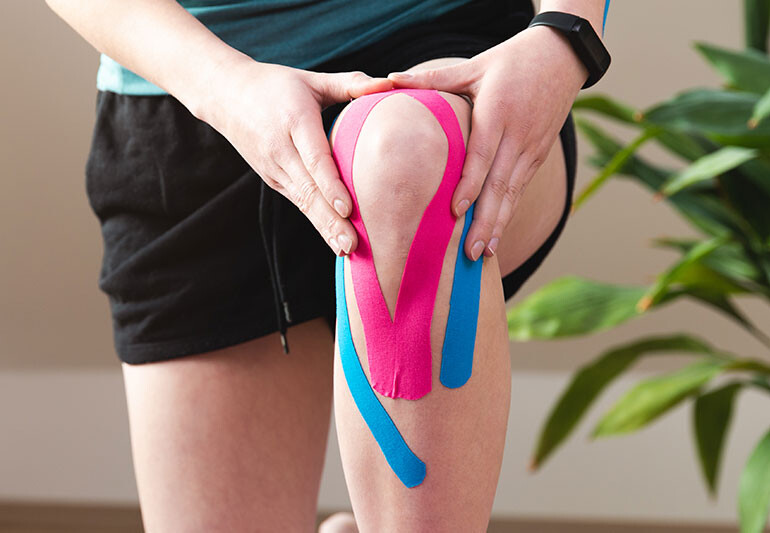
To do this, the researchers tested KT tape at no tension, light tension (25 per cent of max tension) and high tension (75 per cent of max tension). Their results indicated that the light tension wrap was the most effective at reducing pain, while the high tension produced no pain-relieving effects. “In conclusion, the current study suggests that KT applied at low tension provides a greater pain relieving effect compared to no tape and KT applied at no tension and high tension for pressure-evoked muscle pain,” the researchers wrote.
They added their results indicate that the efficacy of KT tape is likely more than a placebo effect, but more research needs to be done to understand how KT tape actually relieves pain and to determine if patient expectations contribute to KT’s pain-relieving effect.
The bottom line
If you use KT tape and you find it helps, keep using it, but be mindful of how much tension you’re using when applying it. If you want to get the maximum benefit from the tape, it’s important that you apply it properly, so ask a physiotherapist or other sports practitioner for help if you’re unsure
(01/03/2022) ⚡AMPby Brittany Hambleton
Are your roads covered in ice and snow? Try this treadmill speed workout
Running in the winter can be a challenge, but trying to do speedwork when the roads are covered in ice and snow is nearly impossible. As much most of us would prefer to run outdoors as much as possible, when the winter weather hits and you’ve got some speedwork on the menu, sometimes heading indoors is your only option. If the weather is forcing you inside, try this treadmill workout to keep your training on track.
The workout
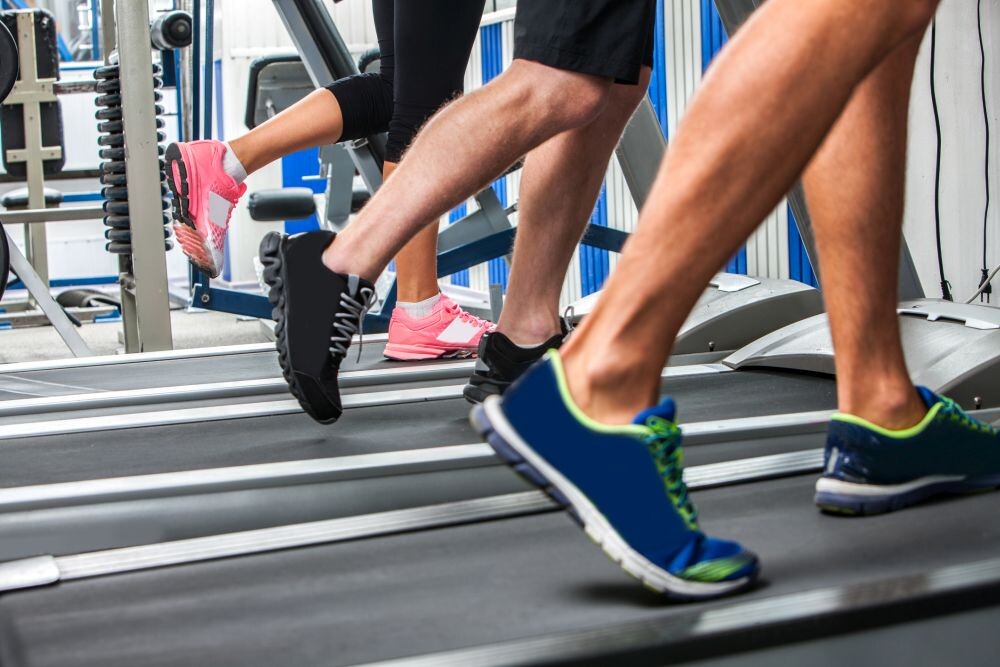
Treadmill running can be quite dull, especially when you’re just steadily running mile after mile. Doing some structured speedwork instead can help break up the monotony and keep things interesting to take the drudgery out of treadmill running.
For many runners, the most difficult part about hitting the ‘mill is figuring out your speed, especially if you do most of your outdoor running by feel instead of tracking your pace with a GPS watch. This may take a bit of trial and error, so if you can, do a practice session in advance of the workout to play around with different speeds so you can figure out what works best for you. When you do this, try to establish what your easy pace should be, as well as your tempo pace and your top-end interval speed.
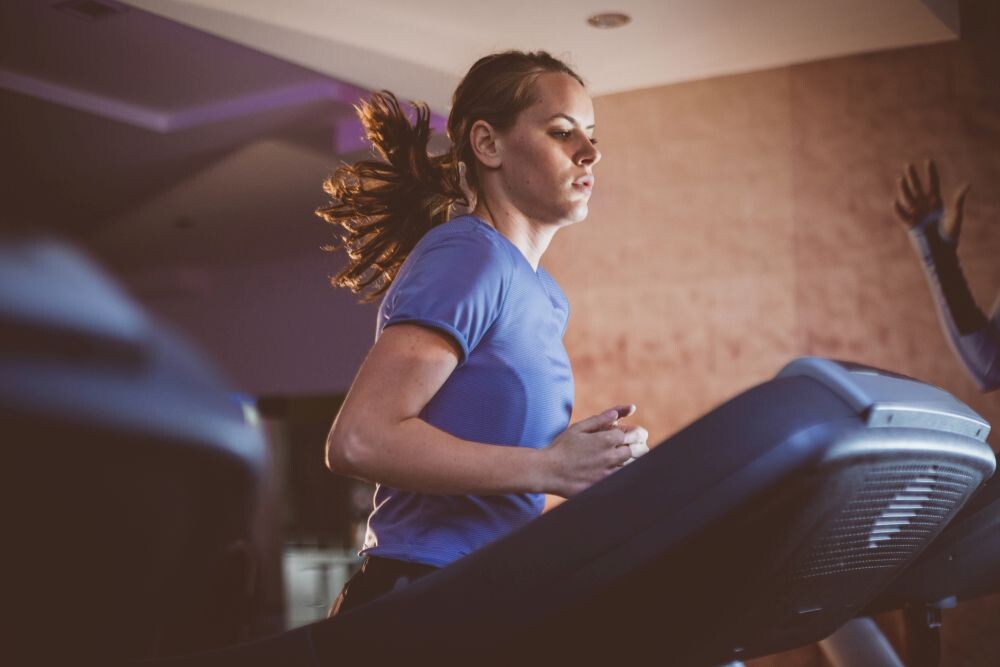
Warmup: 10-15 minutes easy jog
Workout: 2-3 x (3 min fast/3 min recovery//2 min fast/2 min recovery//1 min fast/1min recovery)
Cooldown: 10-15 minutes easy jog
*Note: if you’re relatively new to running, shorten the warmup to 5-10 minutes, and only do two sets. Advanced runners can add more sets if they wish.
(01/03/2022) ⚡AMPby Brittany Hambleton
Best foods for vegans to boots their athletic Performance
Veganism offers several health advantages. Previously, there were few vegan alternatives but things have improved for vegans. Here, we’ll try to compile a list of some of the various dietary selections that will assist you in being fit and athletic.
Bananas
Bananas are one of the healthiest, most convenient, tastiest fruits available, as well as one of the most affordable. As a consequence, they’re an excellent choice for anyone looking to eat more healthily. Bananas have three natural sugars which provide fat-free and cholesterol-free energy. As a result, bananas are perfect for breakfast, a lunchtime snack, or before and after sports, especially for athletes. Also, bananas are rich in potassium which is great for those who want to replenish their potassium levels after a workout.
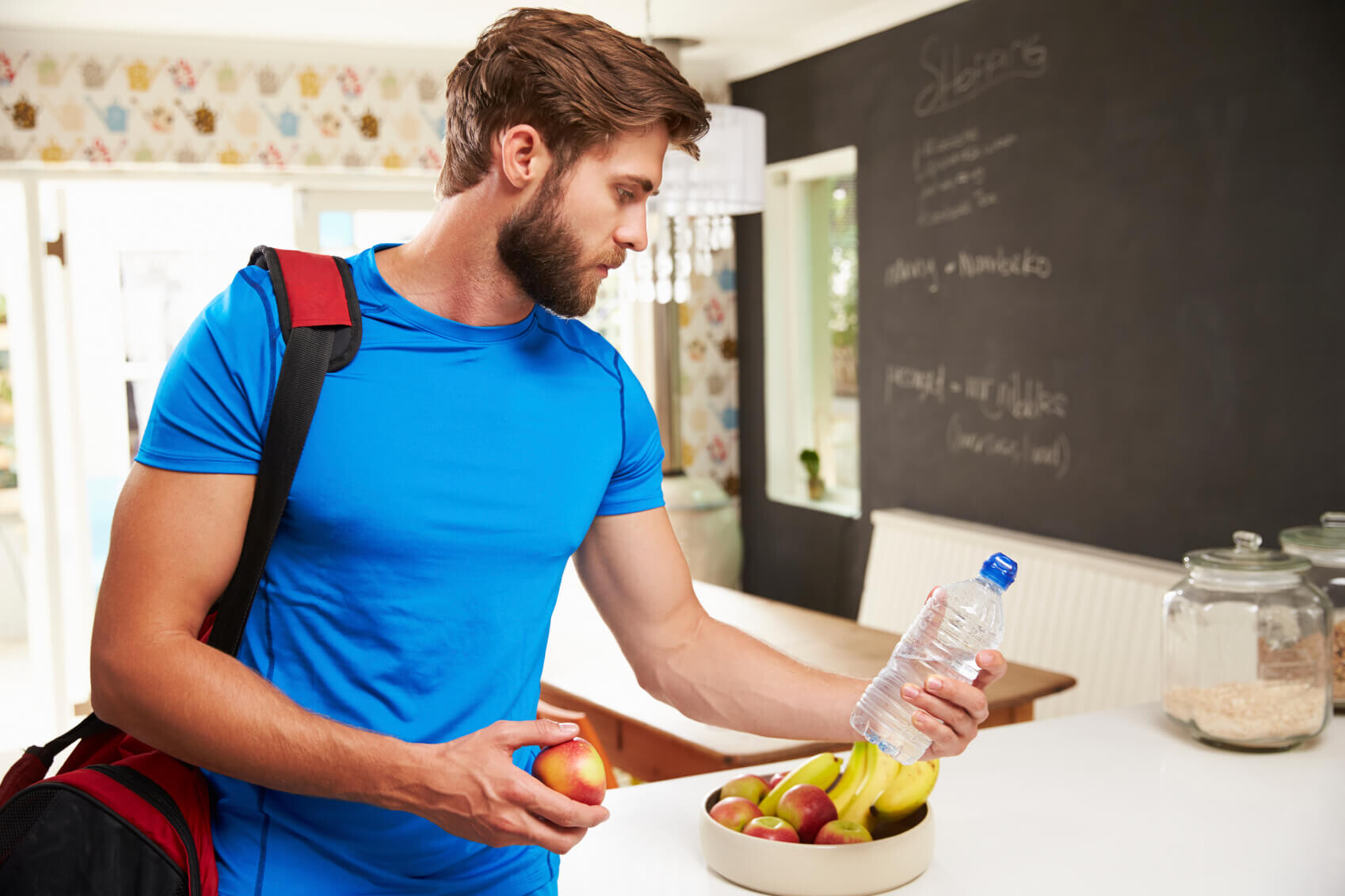
Oatmeal
Oatmeal is a low-fat, low-sugar meal that can be prepared quickly. Oatmeal is high in vitamin B, phosphorus, folate, iron, magnesium, and zinc. The body may convert the vitamin B6 it contains into energy. To maximize the nutrition and natural energy boost, consider adding raw honey, a natural sweetener that has been proved to provide several nutrients and improve athletic performance. You can also check out some fantastic vegan guides to learn how to make high-protein vegan oatmeal with tofu, which is a terrific alternative to utilizing protein powder in your diet. Oats are also a fantastic nutritious and filling snack that will improve your athletic performance while also being delicious.
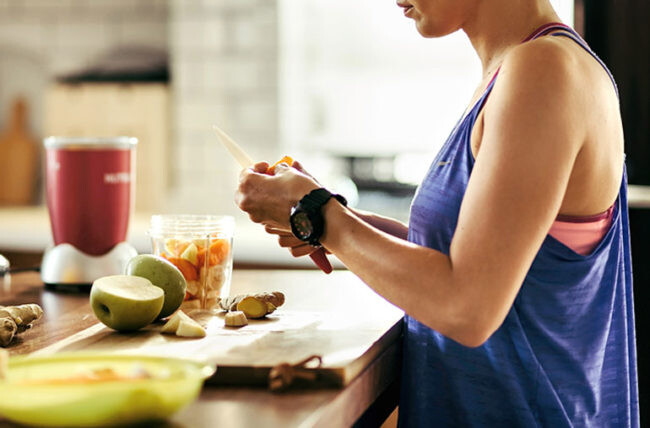
Dates
Dates are abundant in phosphorus, potassium, calcium, and magnesium, all of which are beneficial to your bones. They’re also abundant in vitamin K, which is important for maintaining strong, healthy bones. During tennis matches, tennis star Novak Djokovic is often spotted eating dates. He believes that they have a low glycemic index, unlike certain sugar-based food which gives you a boost of energy but then quickly depletes it.
Green Veggies
Dark leafy greens are the way to go if you’re searching for a high-nutrient, high-vitamin dinner. Green vegetables such as kale, spinach, broccoli, swiss chard, brussels sprouts, asparagus, and others provide several health advantages to athletes. These veggies are strong in fiber and plant proteins. They’re nutritious powerhouses that can aid with blood flow, heart rate, vitality, mood, and more. As an athlete, you don’t want to scrimp on the green veggies. Greens may be easily blended into smoothies if you don’t like the taste of salads or just don’t have time to eat them.
Beet Juice
Beets are abundant in carbs, which are necessary for long-term energy, as well as antioxidants and anti-inflammatory elements. Beets’ strong nitrate content may also aid in blood vessel dilation. This can assist to reduce blood pressure and boost oxygen delivery to the cells. A cup of beetroot juice a day can help decrease blood pressure and improve circulation.
Berries
Berry favorites include raspberries, blackberries, strawberries, and blueberries, which are high in nutrients, vitamins, fiber, and antioxidants. Cherries are anti-inflammatory, cranberries are good for boosting your immune system and decreasing your blood pressure, while other fruits and vegetables that provide vitamins and minerals to an athlete’s diet include grapes, acai berries, and raisins.
Nuts
Nuts are a staple in athletes’ diets since they are abundant in protein and healthy fats. They help to regulate blood sugar and maintain carbs in your system for longer rather than burning them off rapidly when consumed alongside carbs. Nuts are high in fiber as well as antioxidants such as vitamin E. Nuts are high in anti-inflammatory elements, which are beneficial to bone health. They also help to decrease harmful cholesterol, which is beneficial to one’s heart health.
Sweet Potatoes
Sweet potatoes are high in vitamins A and C, both of which are antioxidants that help your body fight free radicals. They lower blood pressure, which is good for athletes’ heart health when they’re competing. They’re abundant in vitamins and minerals, including the potassium, iron, magnesium, and copper that athletes want for strong muscles.
Caffeine
Caffeine, which may be found in coffee, espresso, tea, and energy drinks, has been associated with adrenaline activation, fat mobilization, and muscular contractility, as well as improving exercise performance by lowering tiredness. However, always remember to start with a little quantity and avoid energy drinks in favor of coffee or tea.
Drink Water
Athletes should consume a lot more water. Dehydration can cause weariness, headaches, and muscular cramps, none of which are conducive to peak performance. These can cause dehydration.
Athletes who want to improve their performance should eat meals high in protein, vitamins, and fiber. Your body requires the correct nutrition to fuel itself during high-intensity activity. These vegan-friendly meals provide the regenerative and energy-boosting characteristics that you need to stay healthy when exercising or doing other endurance sports.
(01/03/2022) ⚡AMPby Colorado Runner
Azimeraw and Katir end year on a high in Madrid
Ethiopia’s Degitu Azimeraw and Spain’s Mohamed Katir captured commanding wins at the San Silvestre Vallecana, a World Athletics Elite Label road race, in Madrid on 31 December on a perfect night for running.
Azimeraw, contesting her first race since her 2:17:58 runner-up finish at the London Marathon in October, won in 30:26, the third-fastest winning time in the event’s history. Katir, meanwhile, won in 27:45, becoming the first Spanish man in 18 years to win in Madrid.
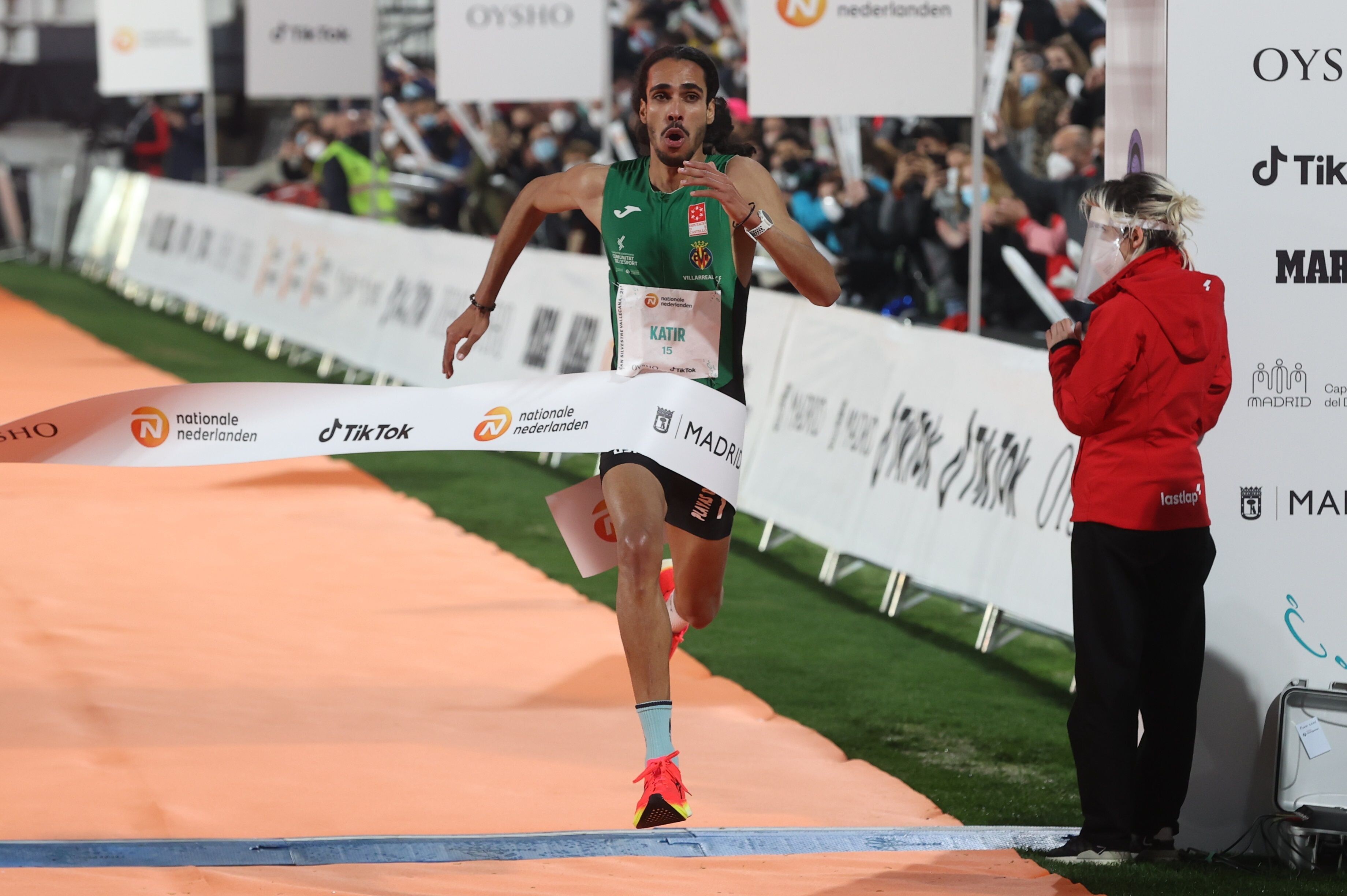
Two-time world 5000m champion Hellen Obiri had been due to compete but she tested positive for Covid-19 and had to pull out on the eve of the race.
The women’s race started at a swift pace, the first kilometre being covered in 2:54 by Azimeraw, her fellow Ethiopian Haven Hailu and Kenya’s Edinah Jebitok. Israel’s Lonah Salpeter and Ethiopia’s Ayel Likina were a few strides behind, covering the first kilometre in 3:00.
The pace proved to be too quick for Hailu who lost ground before the third kilometre, covered in 8:46 by the lead group. Azemiraw and Jebitok went through the halfway point in 14:38, the quickest ever split and well on schedule to break the tough course record of 29:54. By then, Haven ran in third 13 seconds behind, Salpeter clocked 15:04 for Likina’s 15:11.
Azimeraw kept pushing hard over the following kilometres, possibly fearful of Jebitok’s finish, but she finally managed to leave the Kenyan behind just before the eighth kilometre at the beginning of the hardest section of the race.
Azimeraw’s cadence dropped significantly in the closing kilometres, missing her chance of breaking 30 minutes, but she still won comfortably in 30:26. Jebitok, recent winner at the Venta de Baños cross country meeting, was second in 30:44 in what was her first ever road race. Further back, the experienced Salpeter finished third in 31:14.
In contrast to the women’s race, the opening downhill kilometre in the men’s contest was covered in a relatively modest 2:46. It soon became clear that Burundi’s Rodrigue Kwizera, the current leader in the World Athletics Cross Country Tour, had no plans to be a front-runner. Instead, Spanish sub-2:09 marathon runners Daniel Mateo and Yago Rojo were the early leaders.
The lead pack continued at a steady 2:45/2:46 kilometre pace to reach 3km in 8:17 and halfway in 13:46. By then the lead group was still large and led by 40-year-old Spaniard Ayad Lamdassem.
Katir progressively moved to the front and shortly after the seventh kilometre (19:17) made a first serious attack which could be matched only by Kwizera while Kenya’s Shadrack Koech and Spain’s Nassim Hassaous began their own battle for third place.
Once at the uphill section of the race, Katir took command and gradually opened up a gap over Kwizera. By the time Katir crossed the line in 27:45, he had built a 10-second advantage over Kwizera, who in turn was 10 seconds ahead of Hassaous.
“It’s great to win such a prestigious race but I’m not at my peak yet,” said Katir, the Spanish record-holder at 1500m, 3000m and 5000m. “I’m now loading mileage and hope to be in top form in February when I would like to take part in several World Indoor Tour meets.”
(01/02/2022) ⚡AMP
San Silvestre Vallecana
Every year on 31st December, since 1964, Madrid stages the most multitudinous athletics event in Spain.Sport and celebration come together in a 10-kilometre race in which fancy dress and artificial snow play a part. Keep an eye out for when registration opens because places run out fast! The event consists of two different competitions: a fun run (participants must be...
more...

